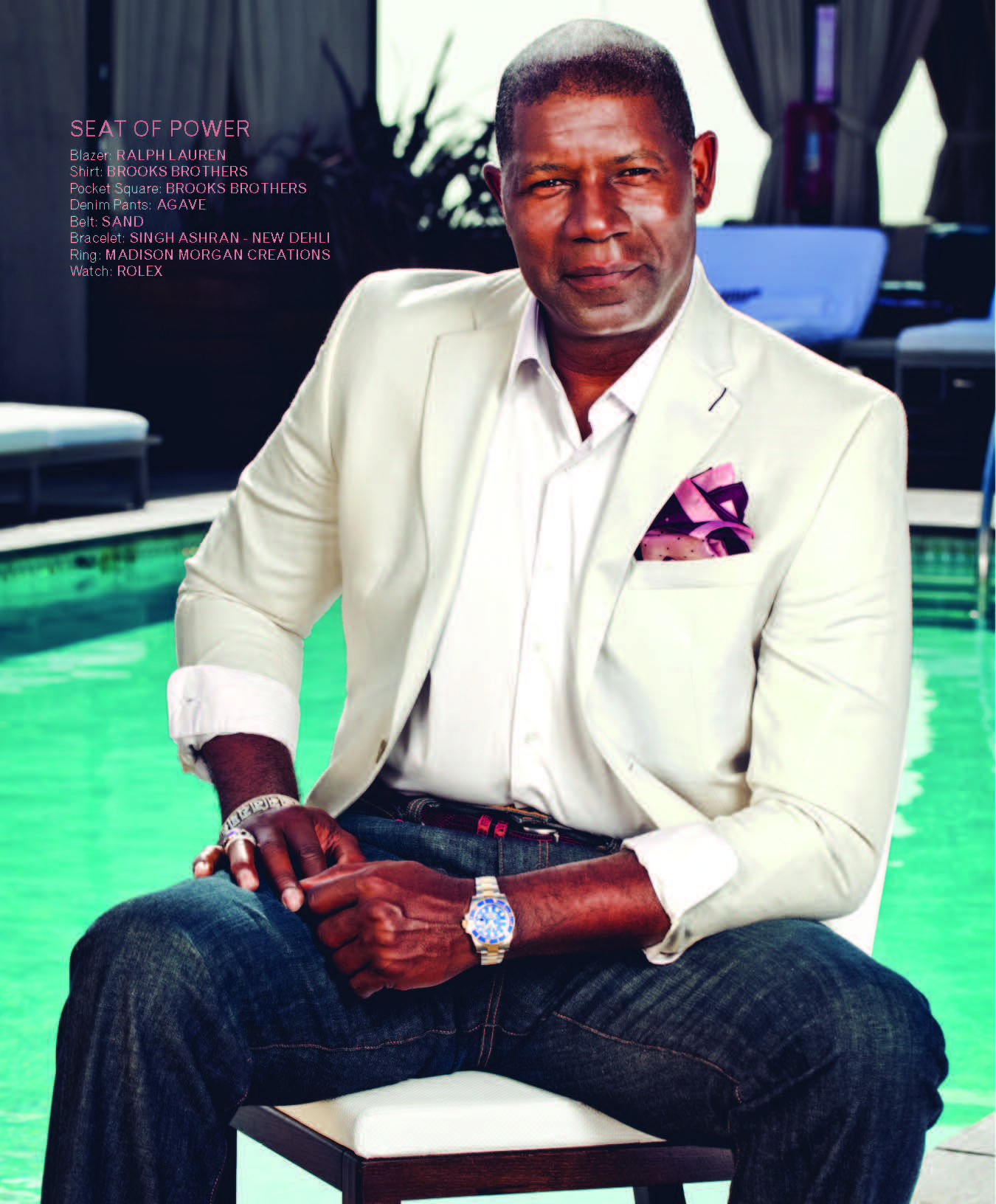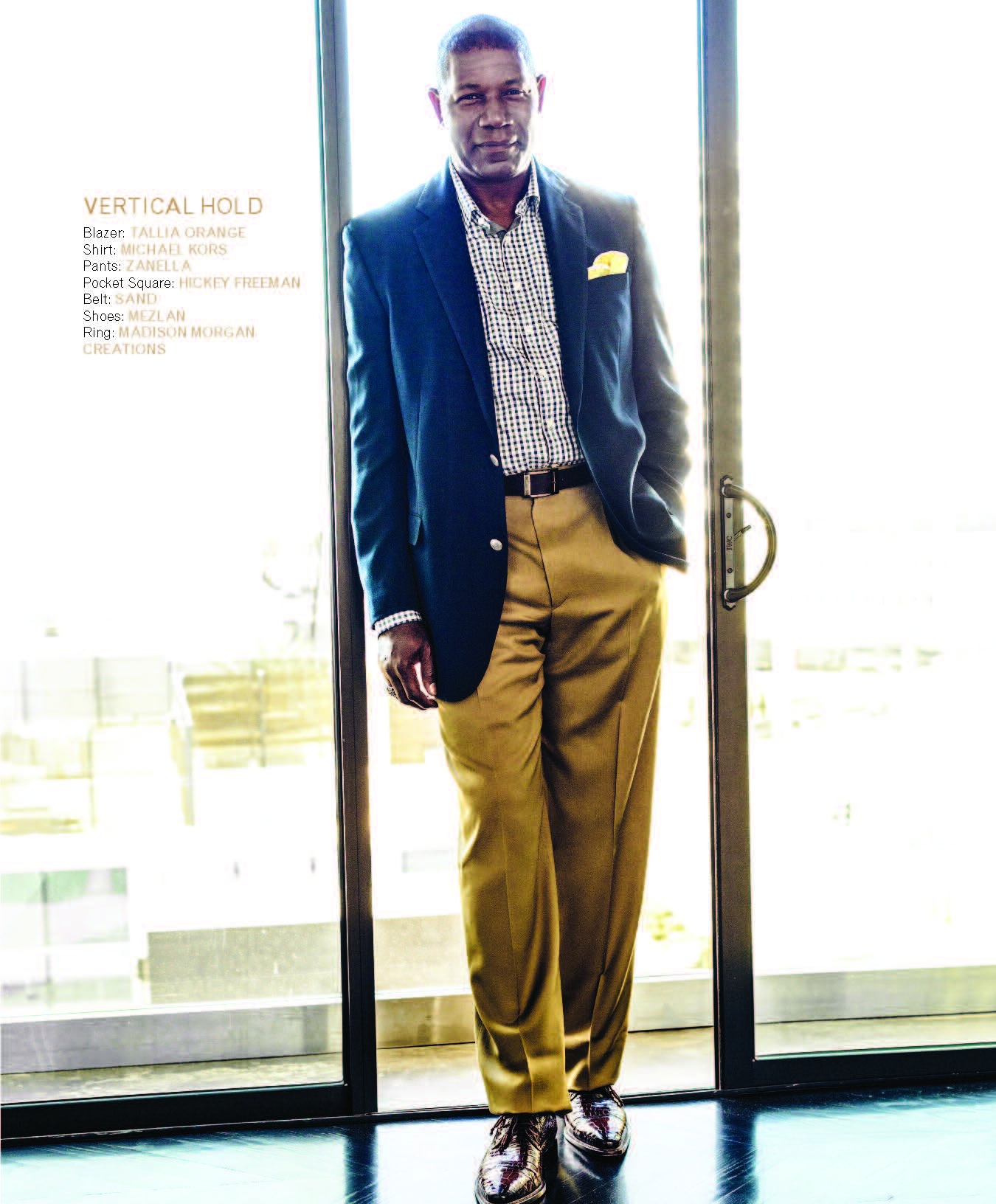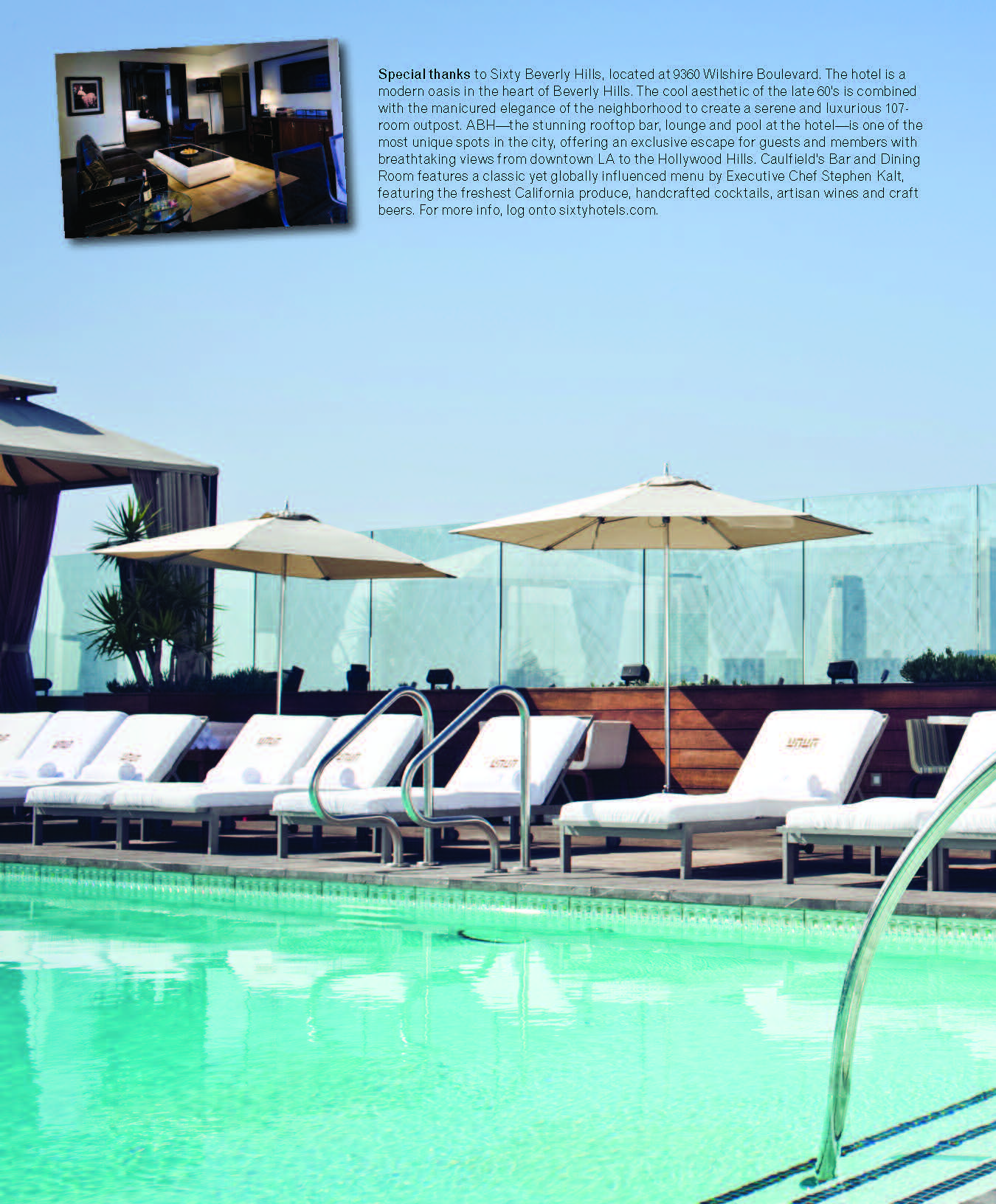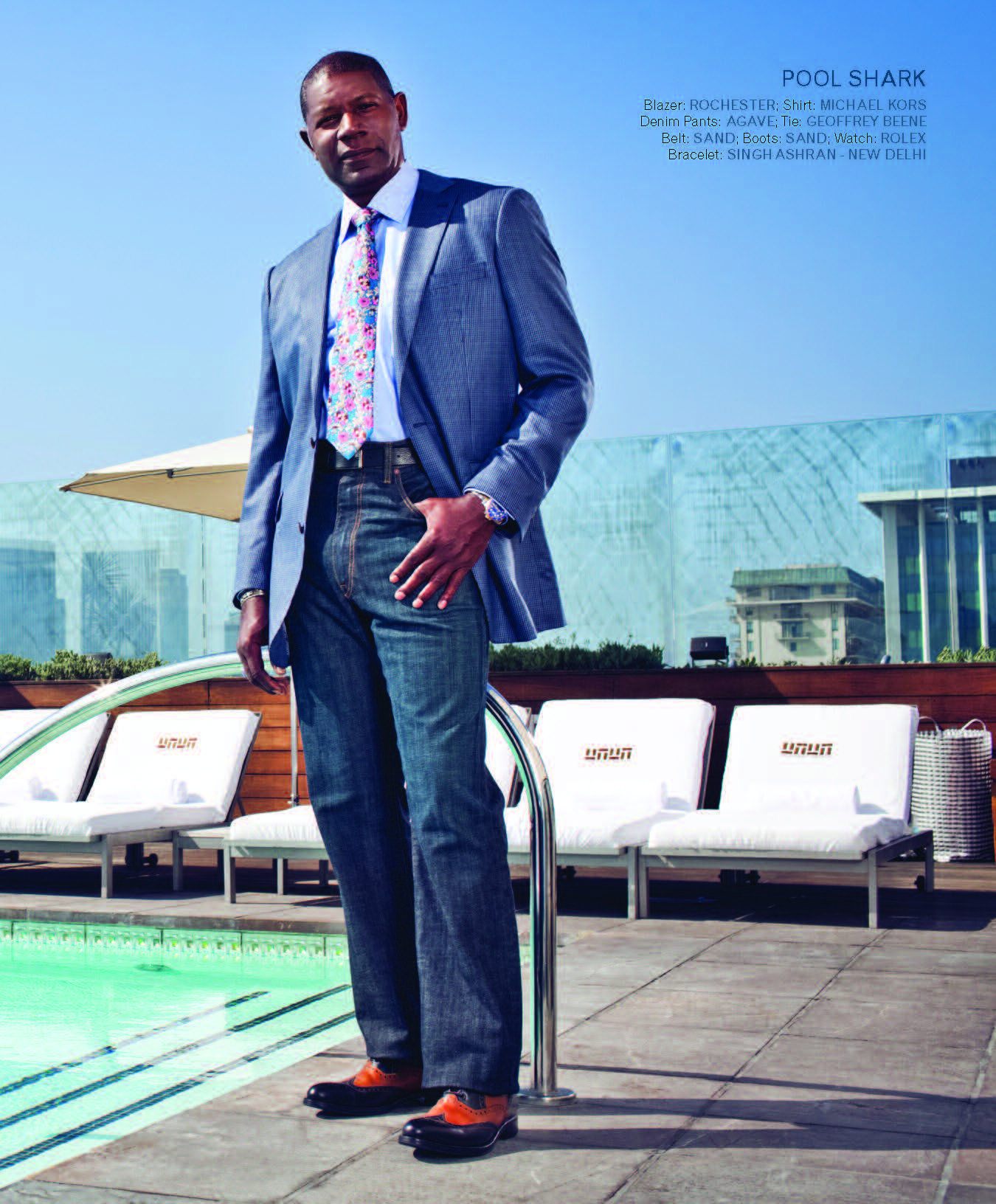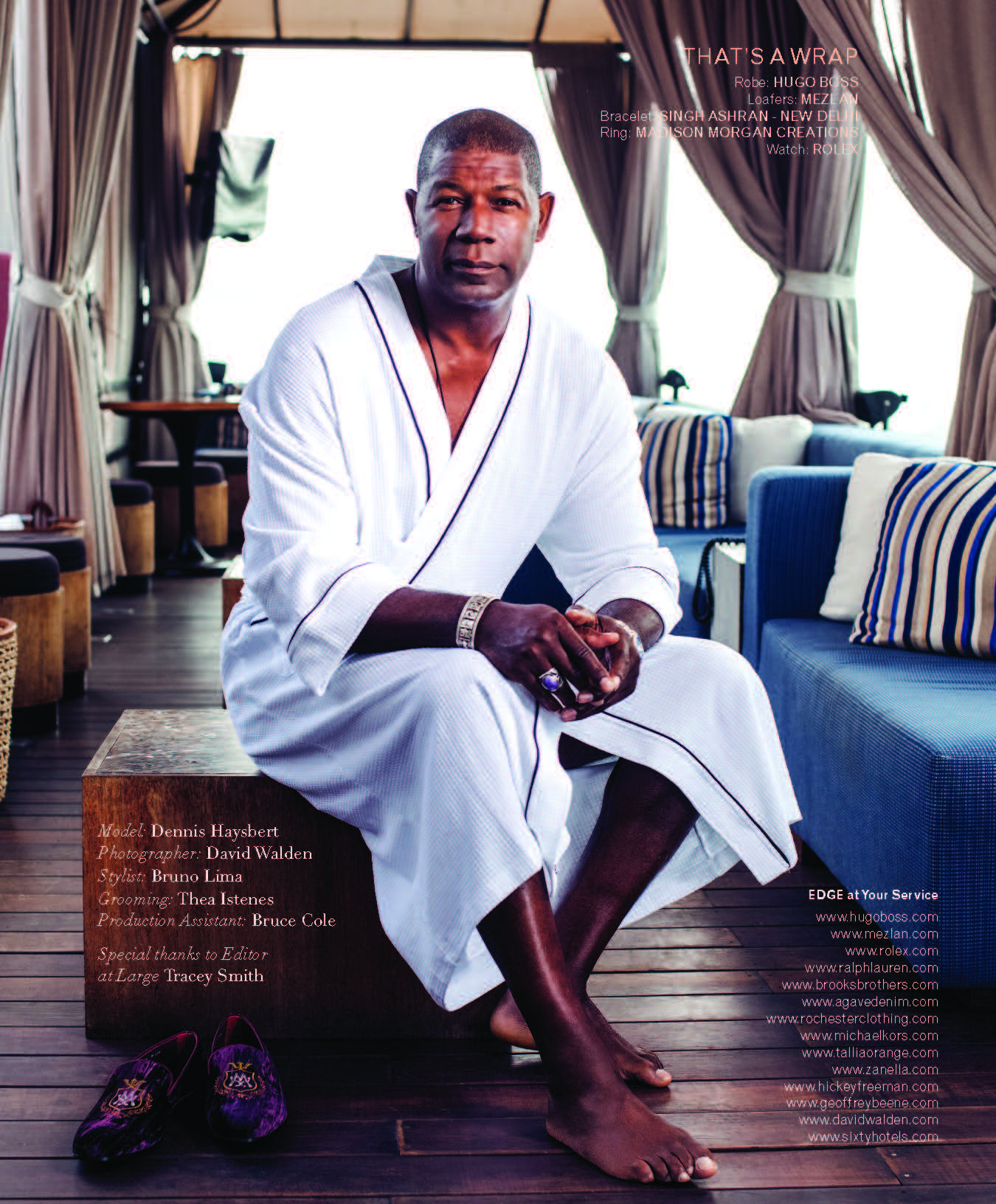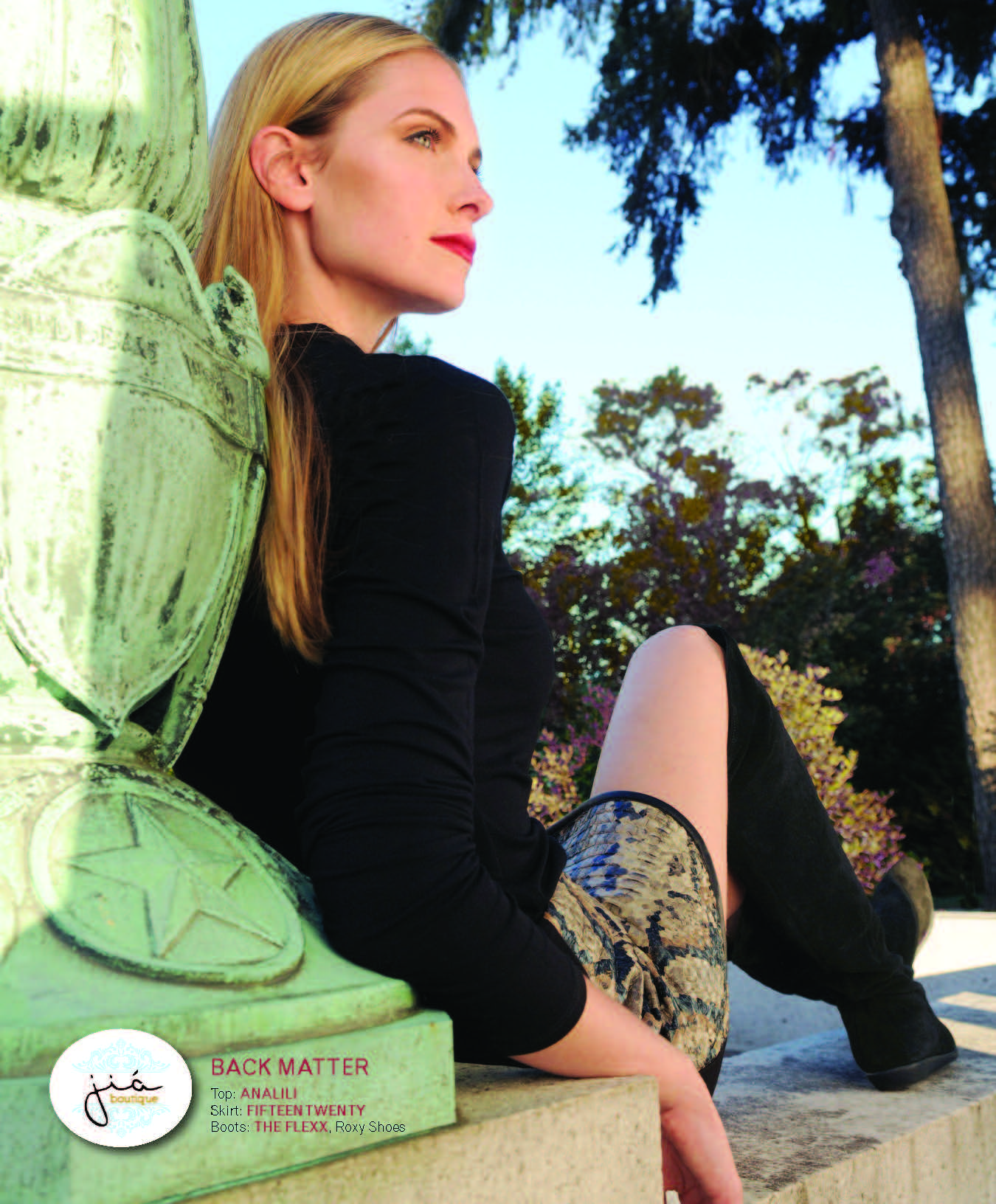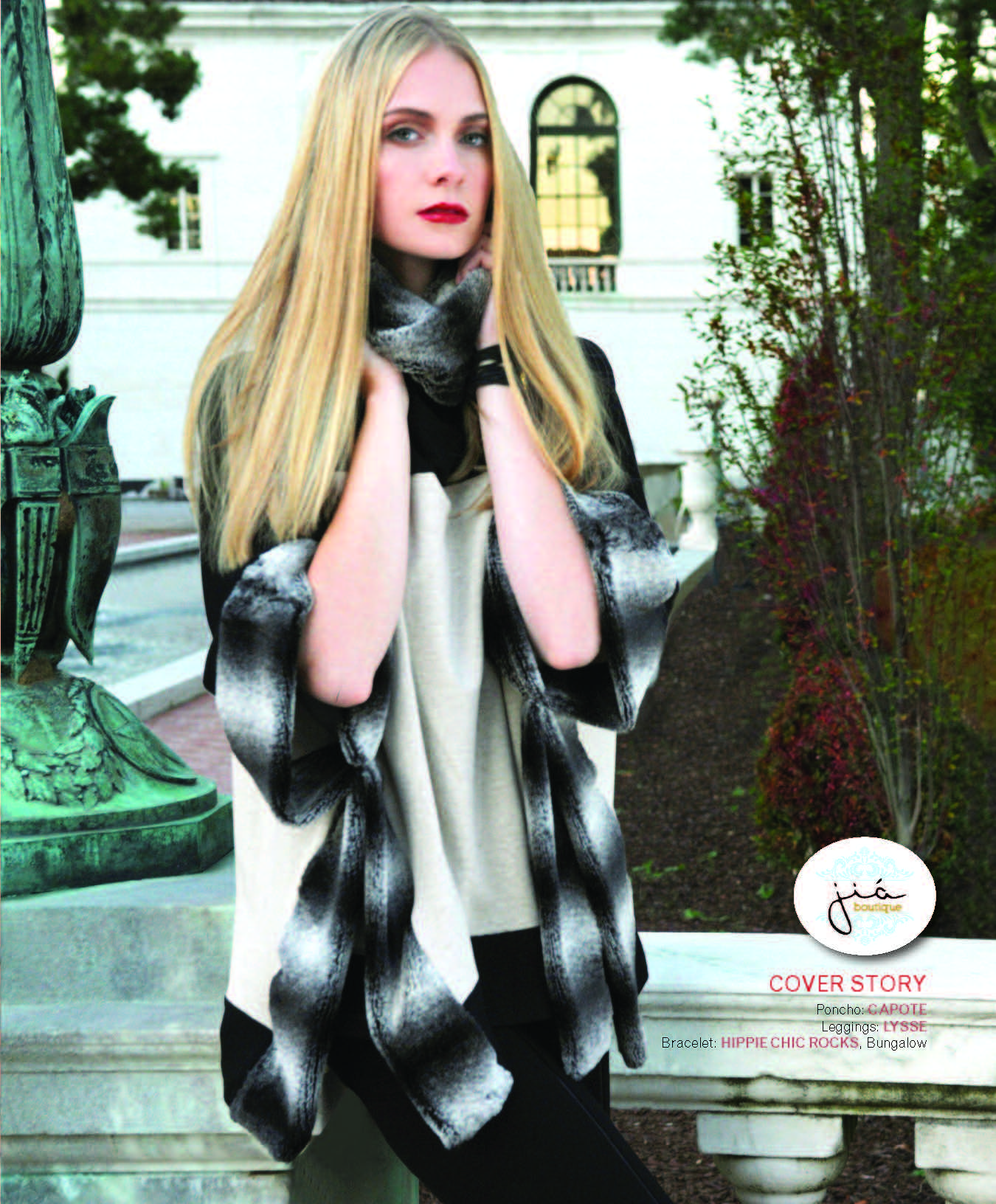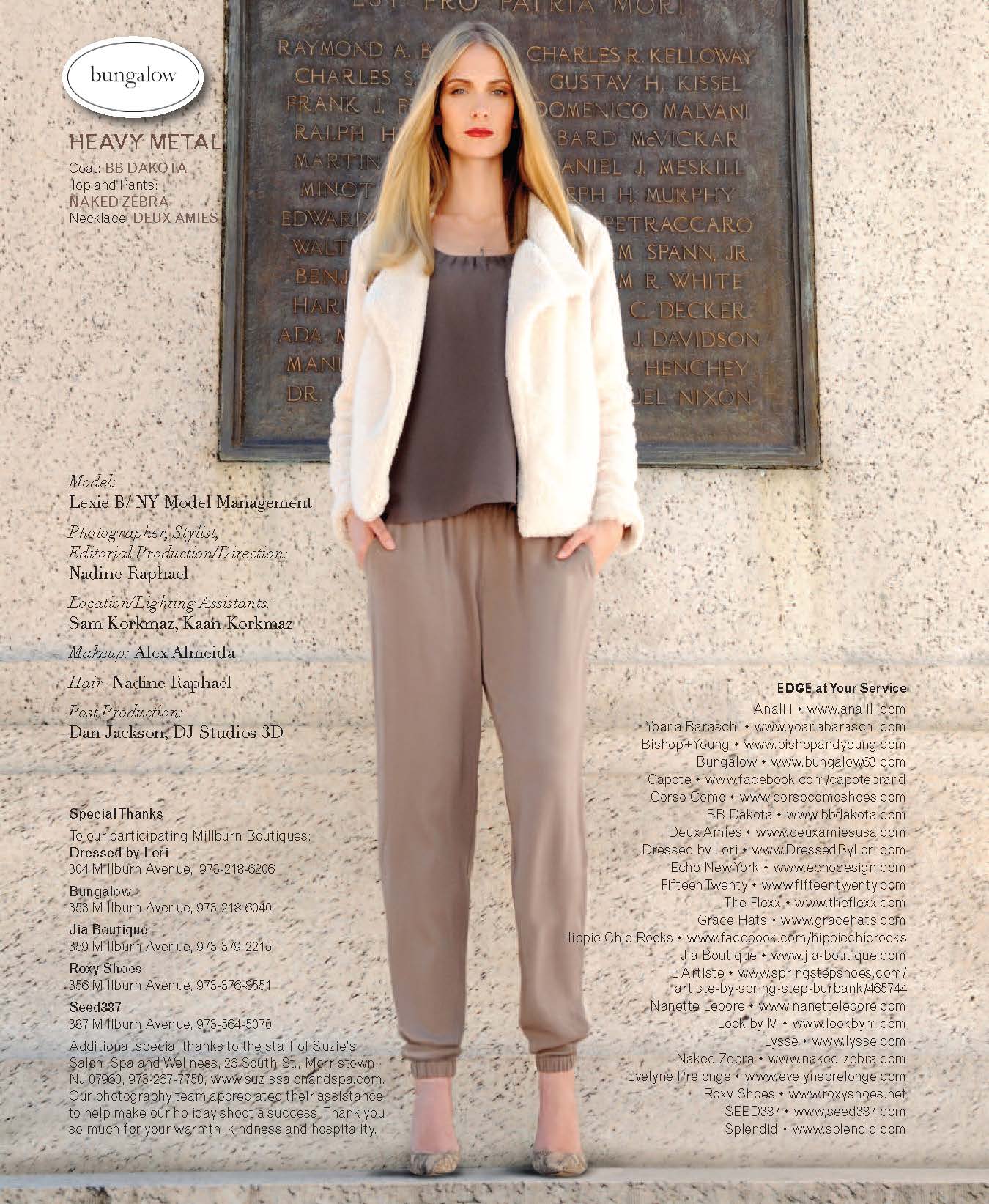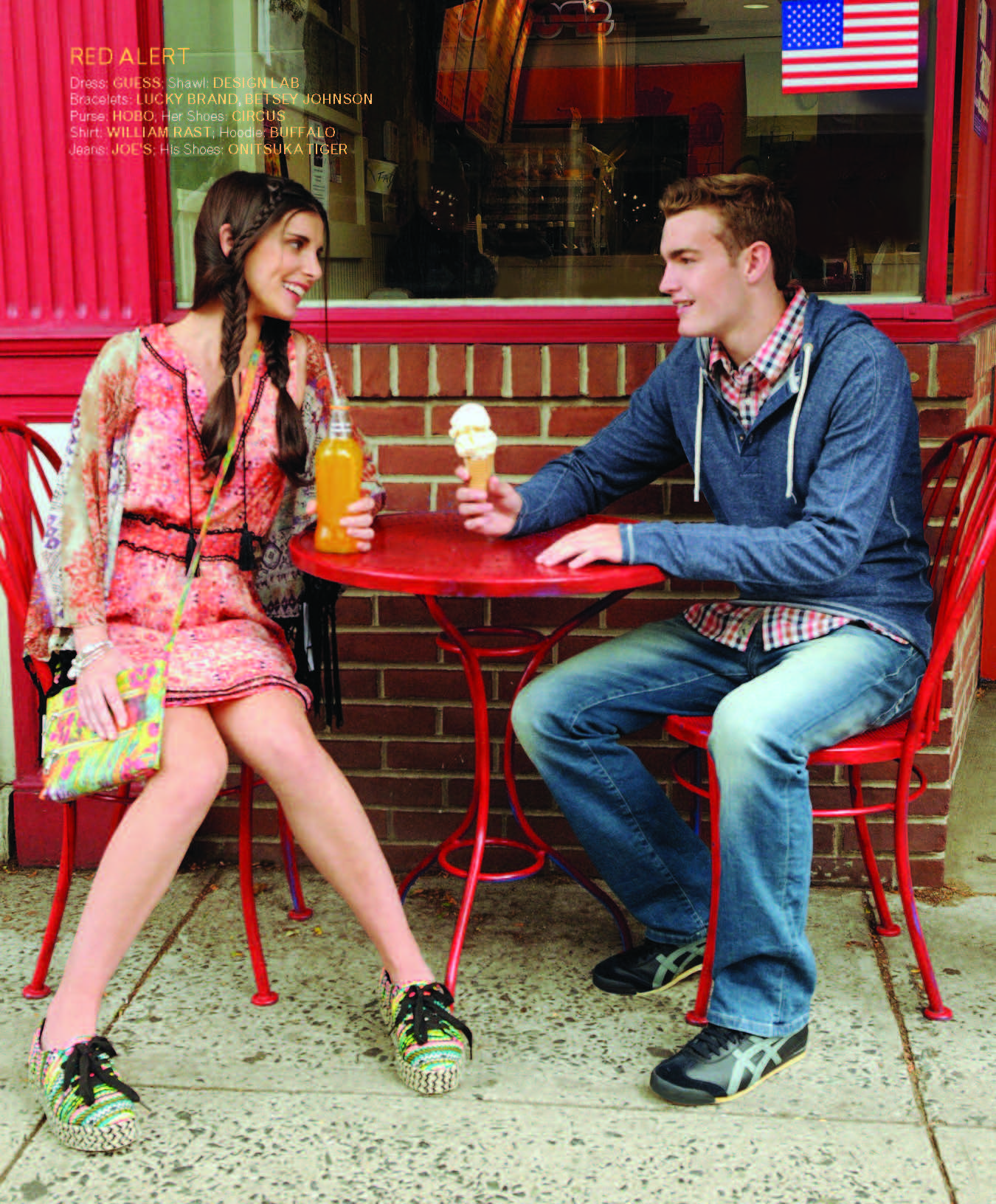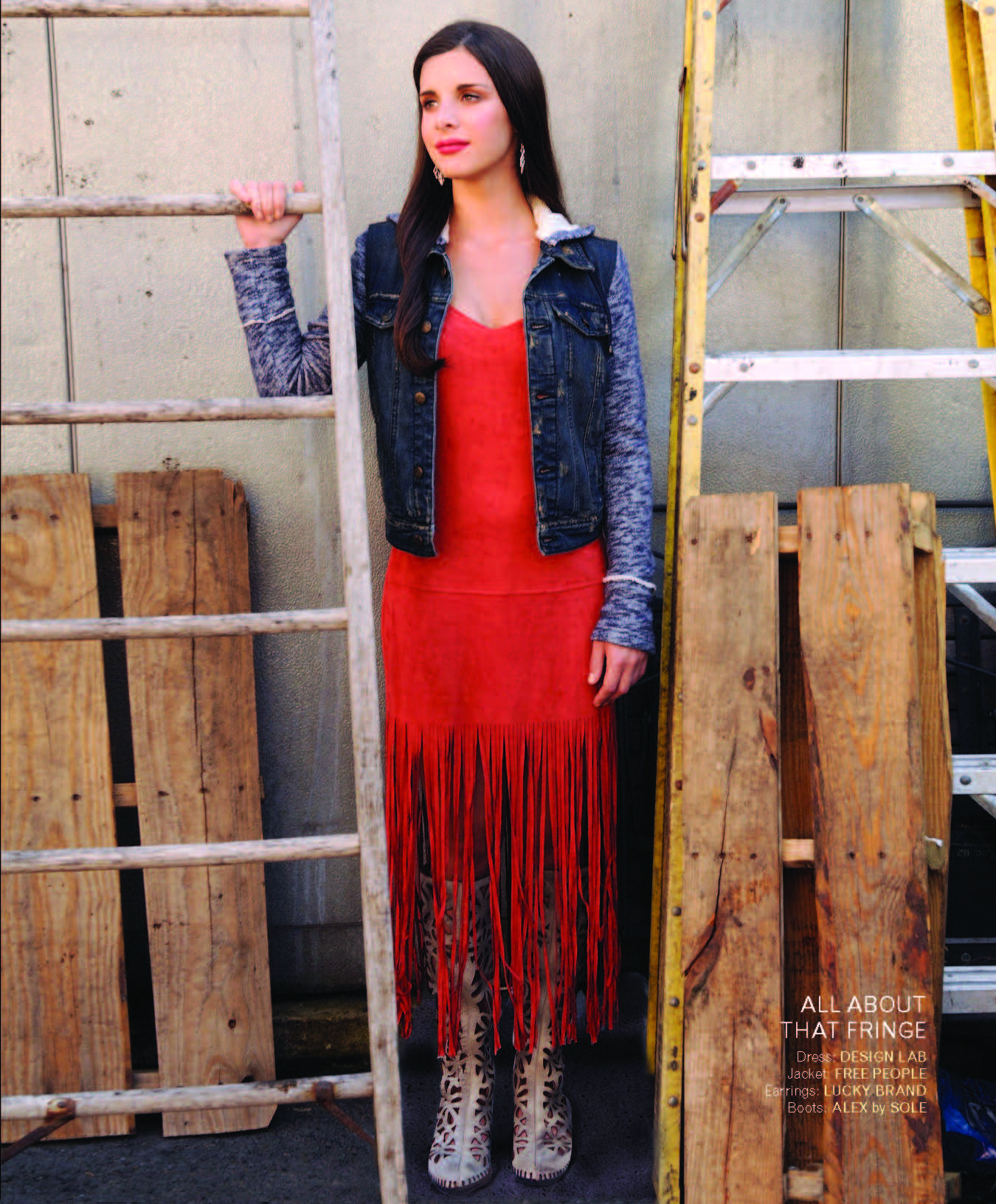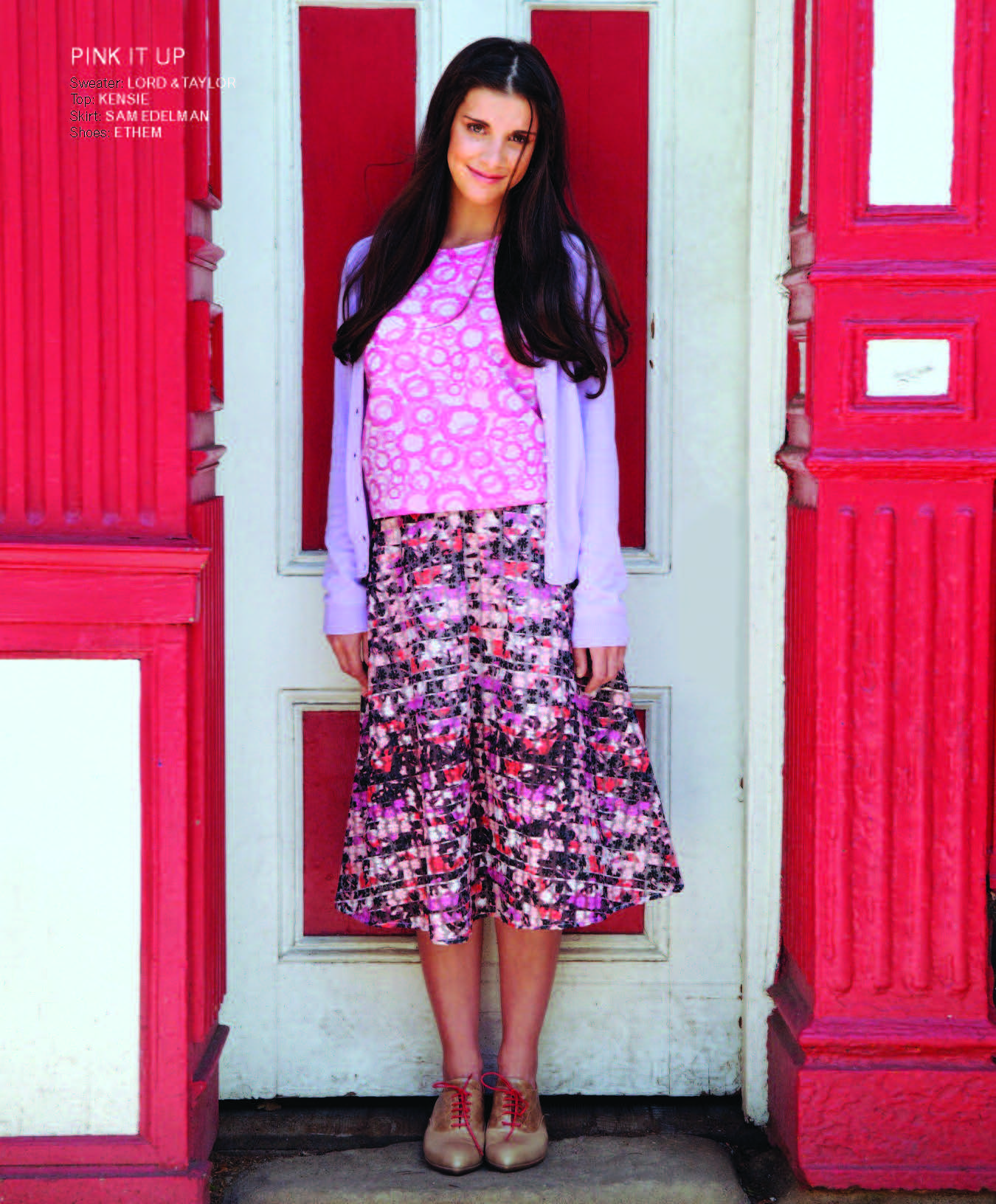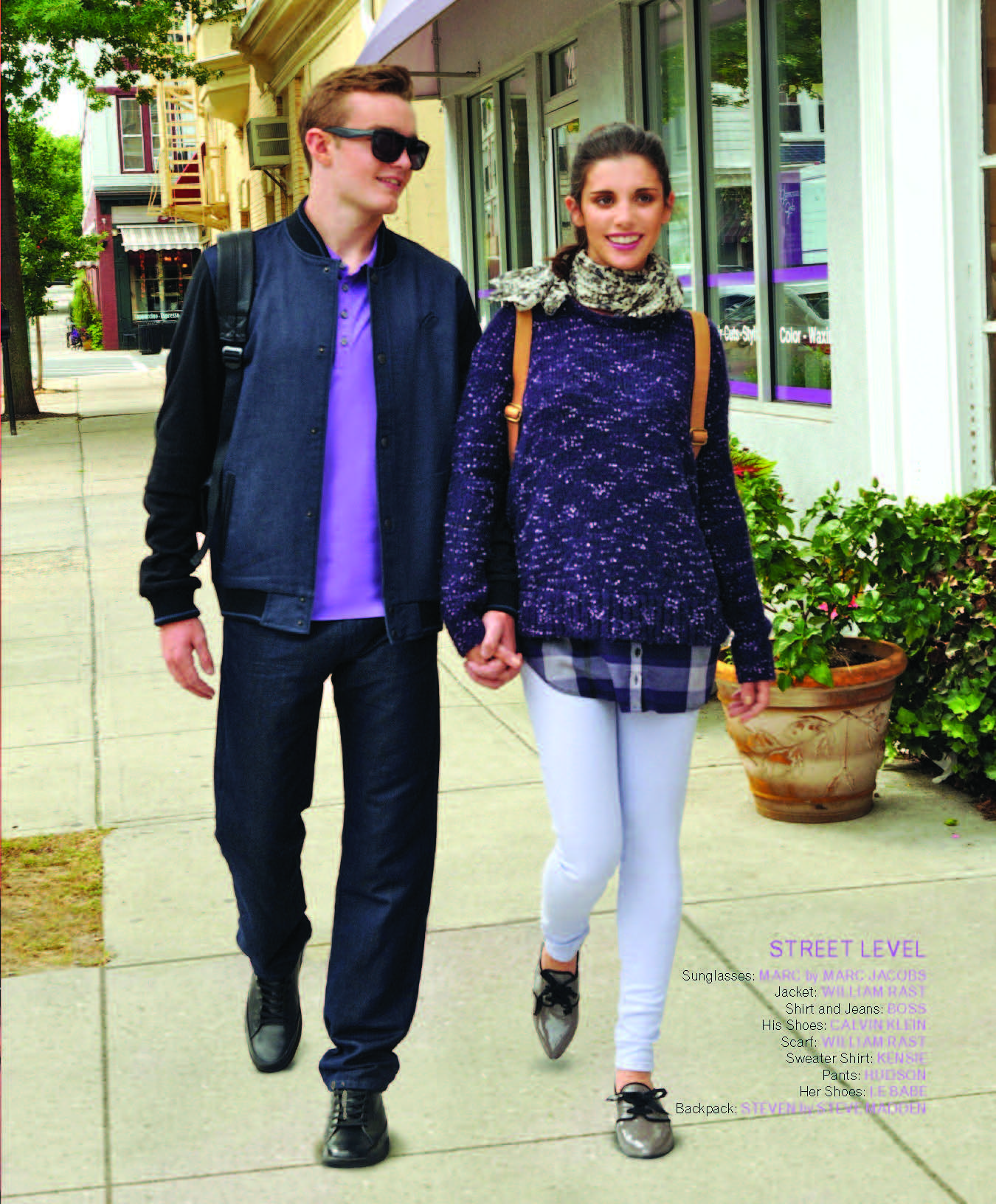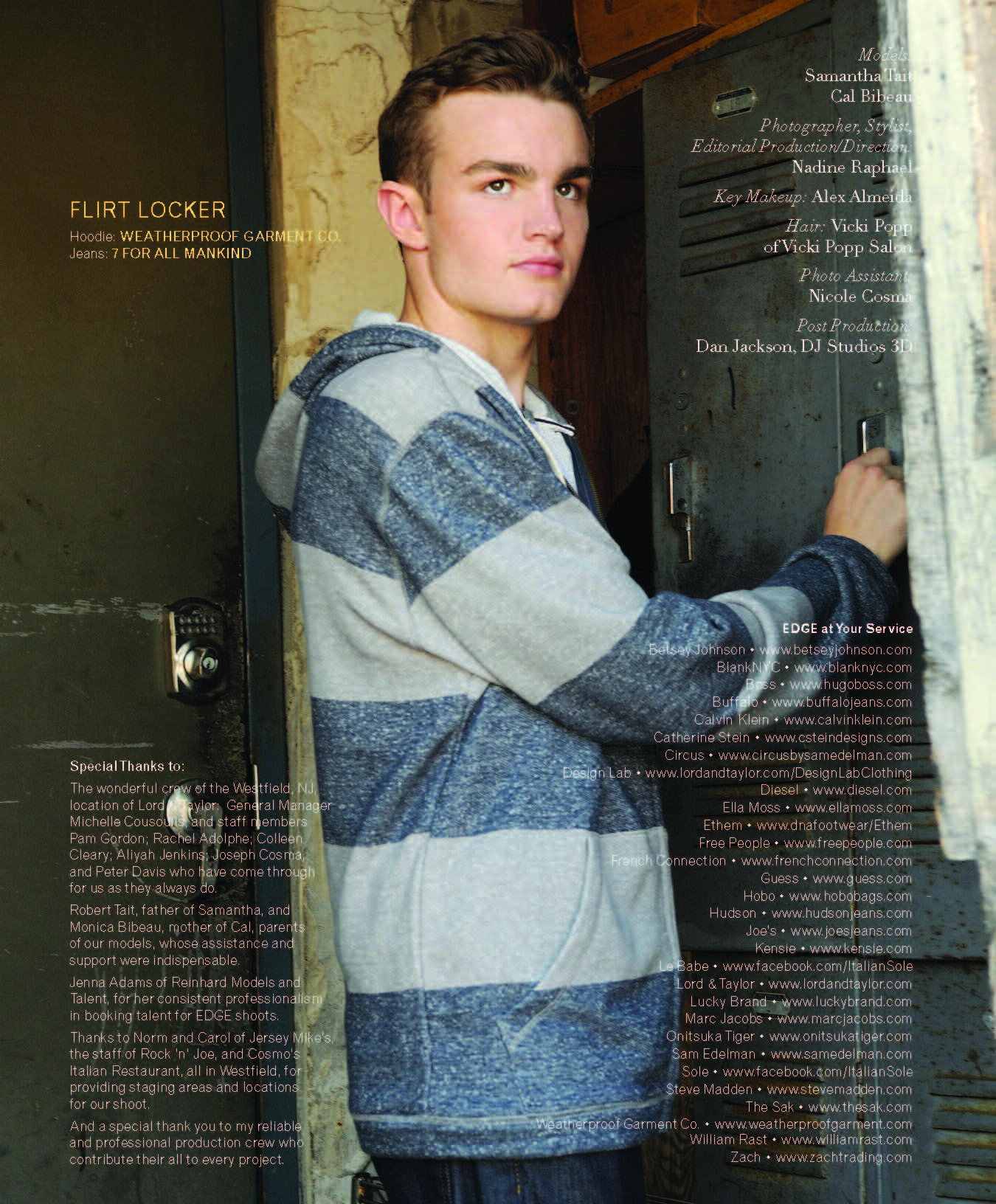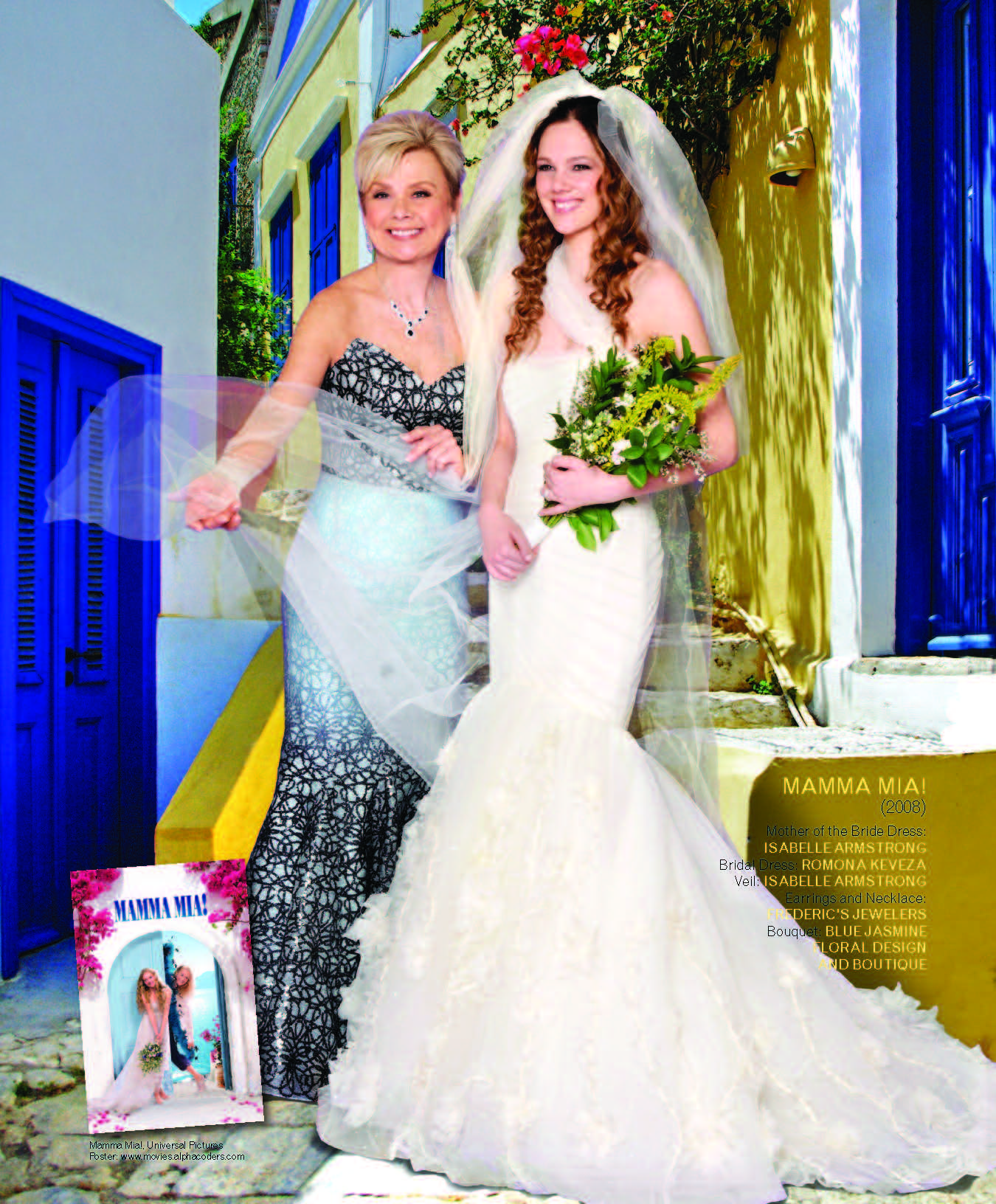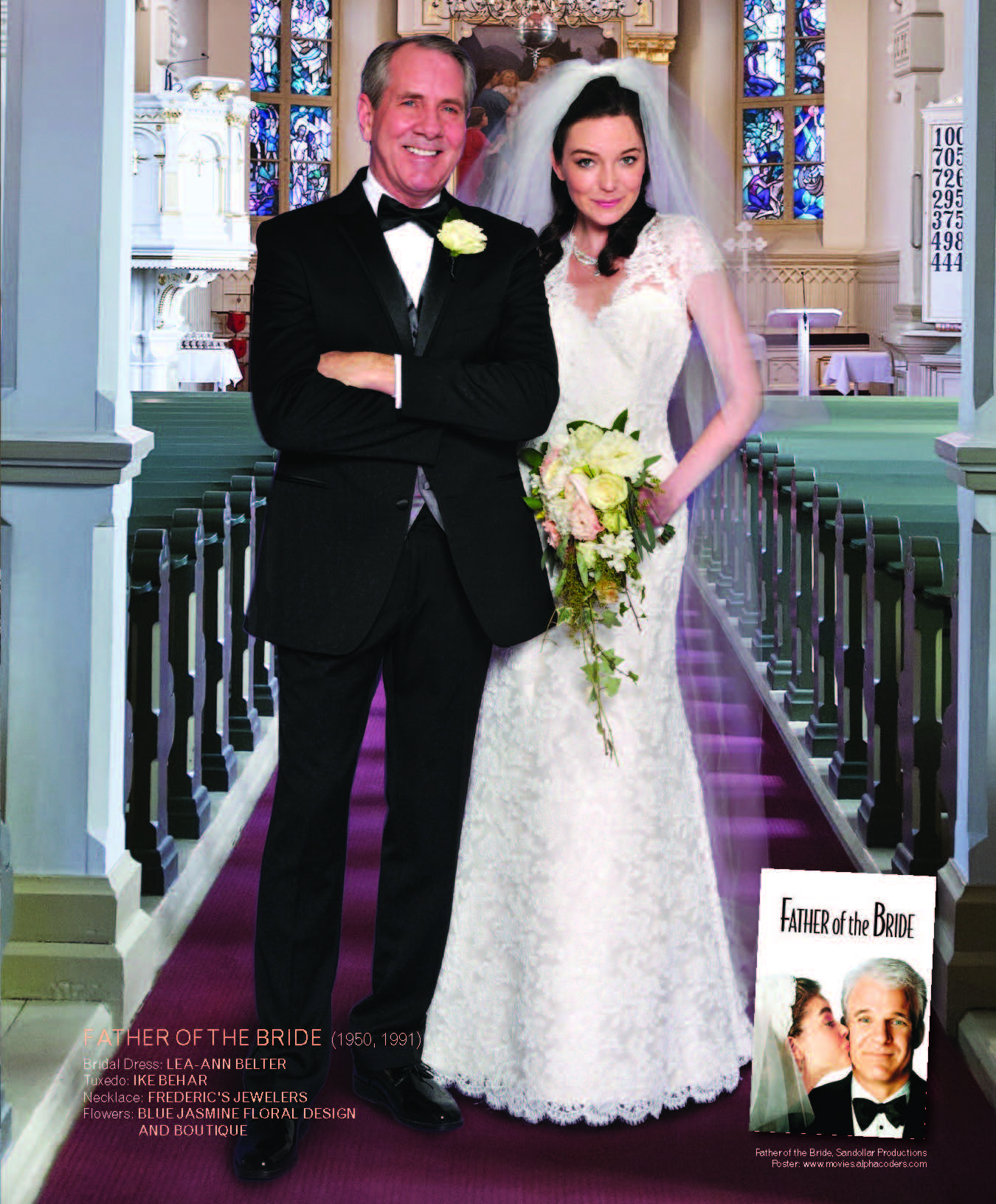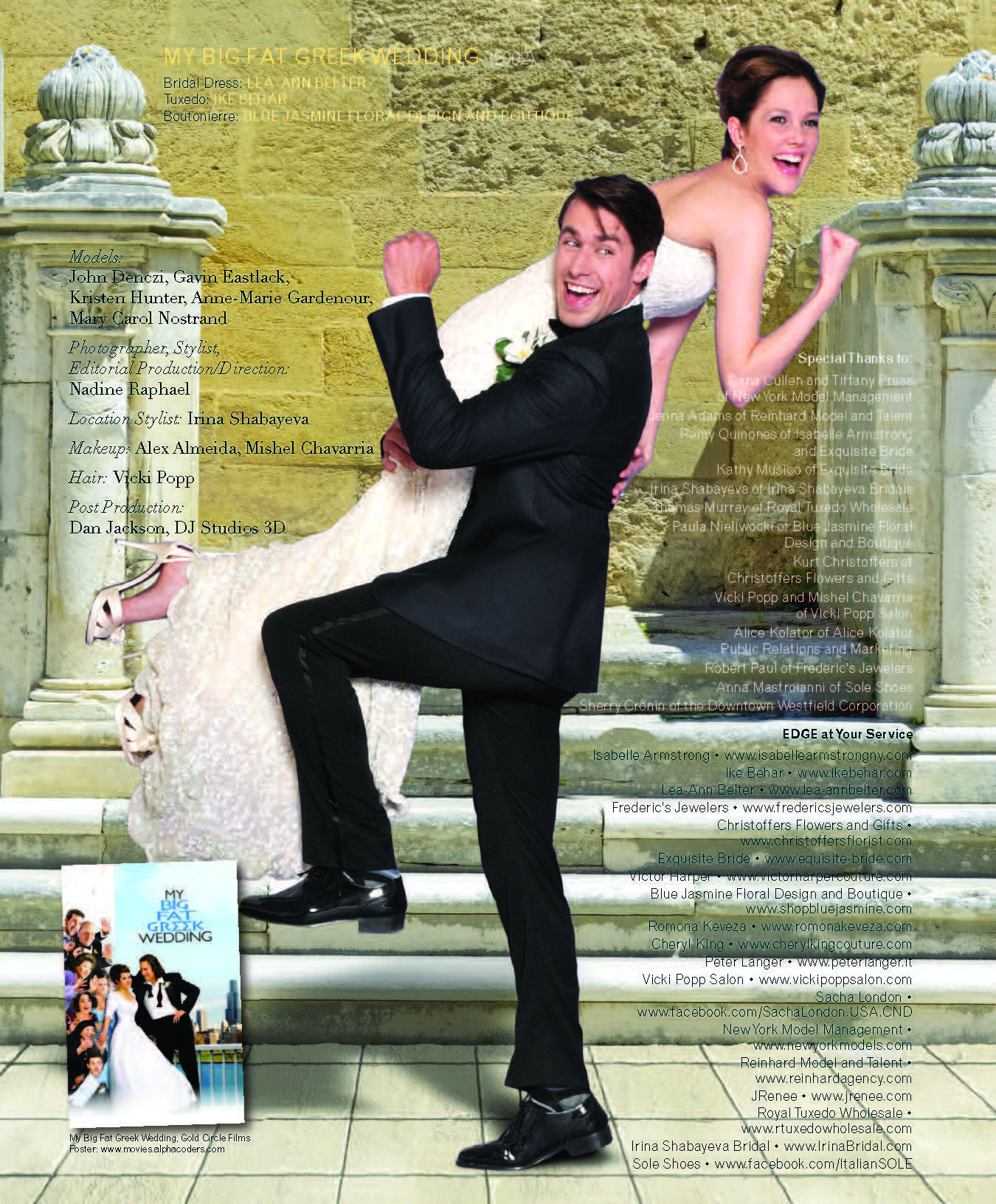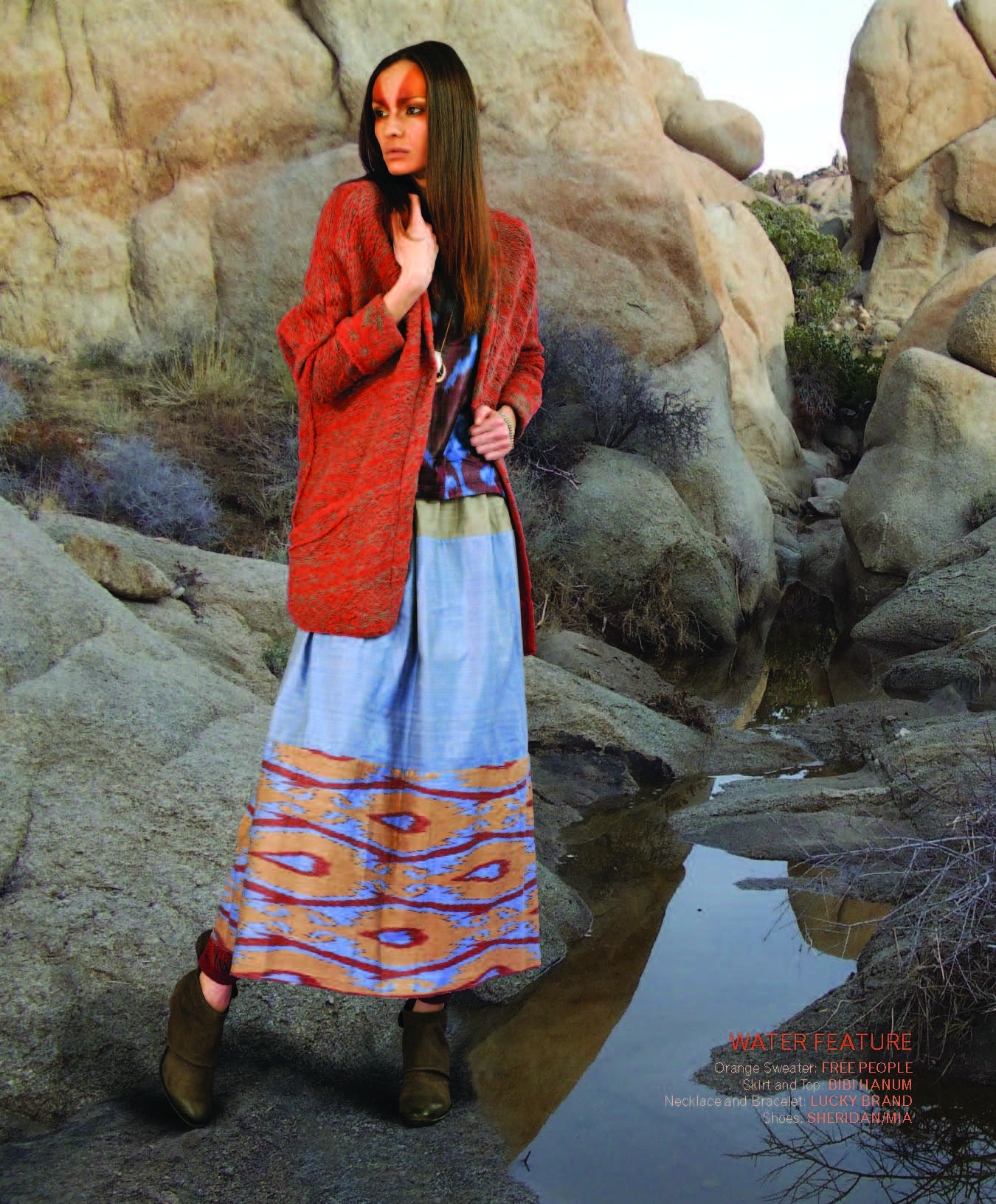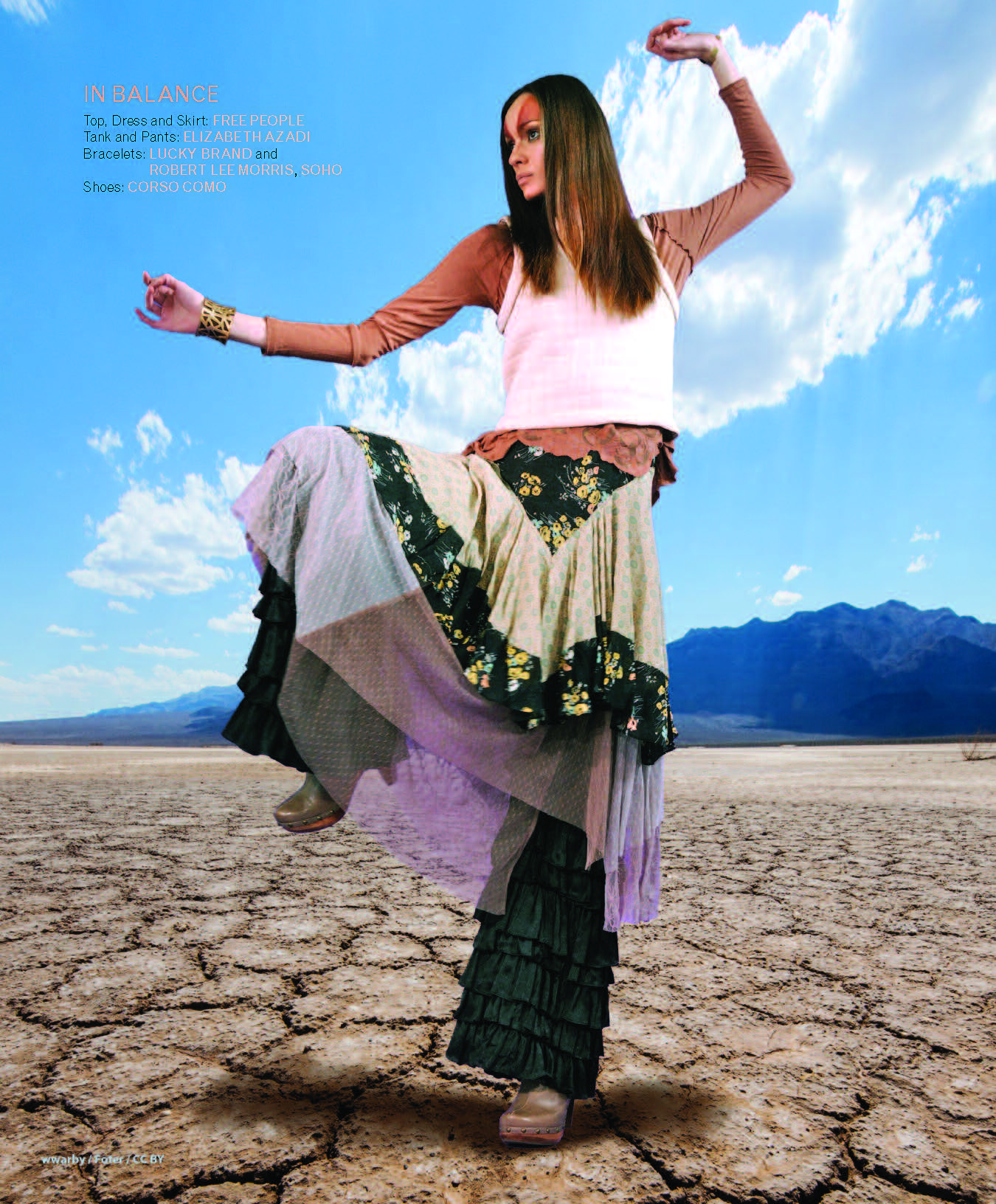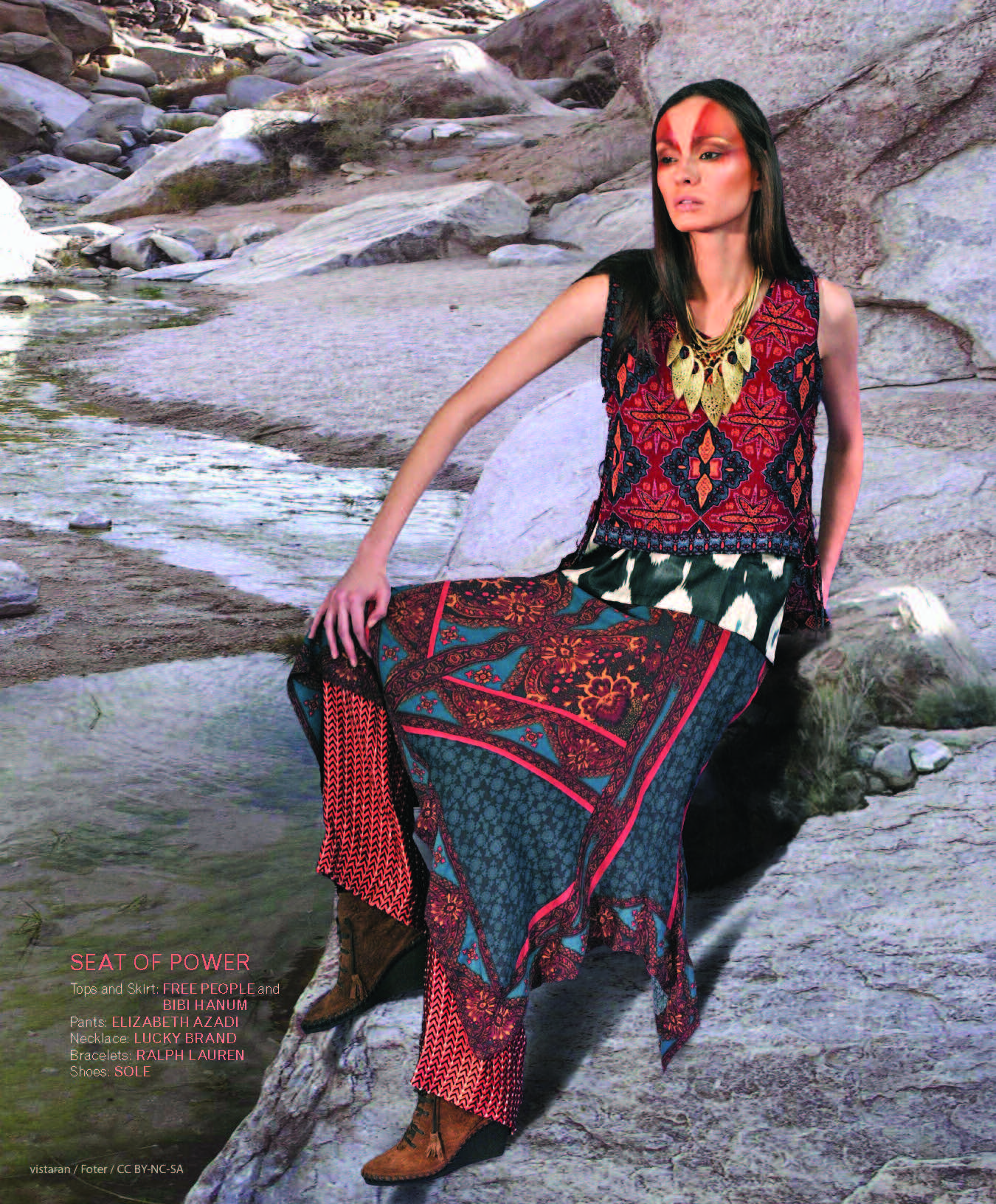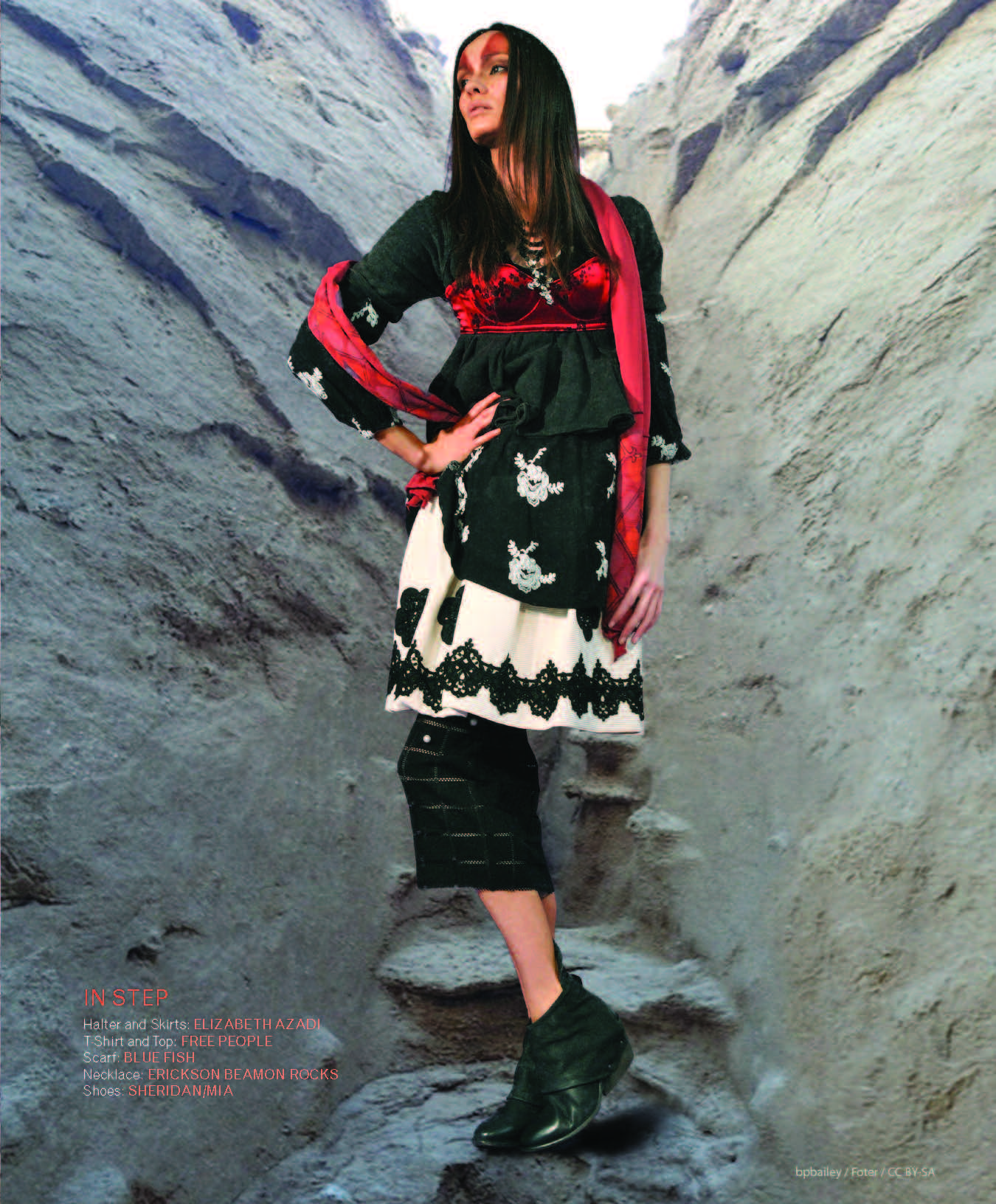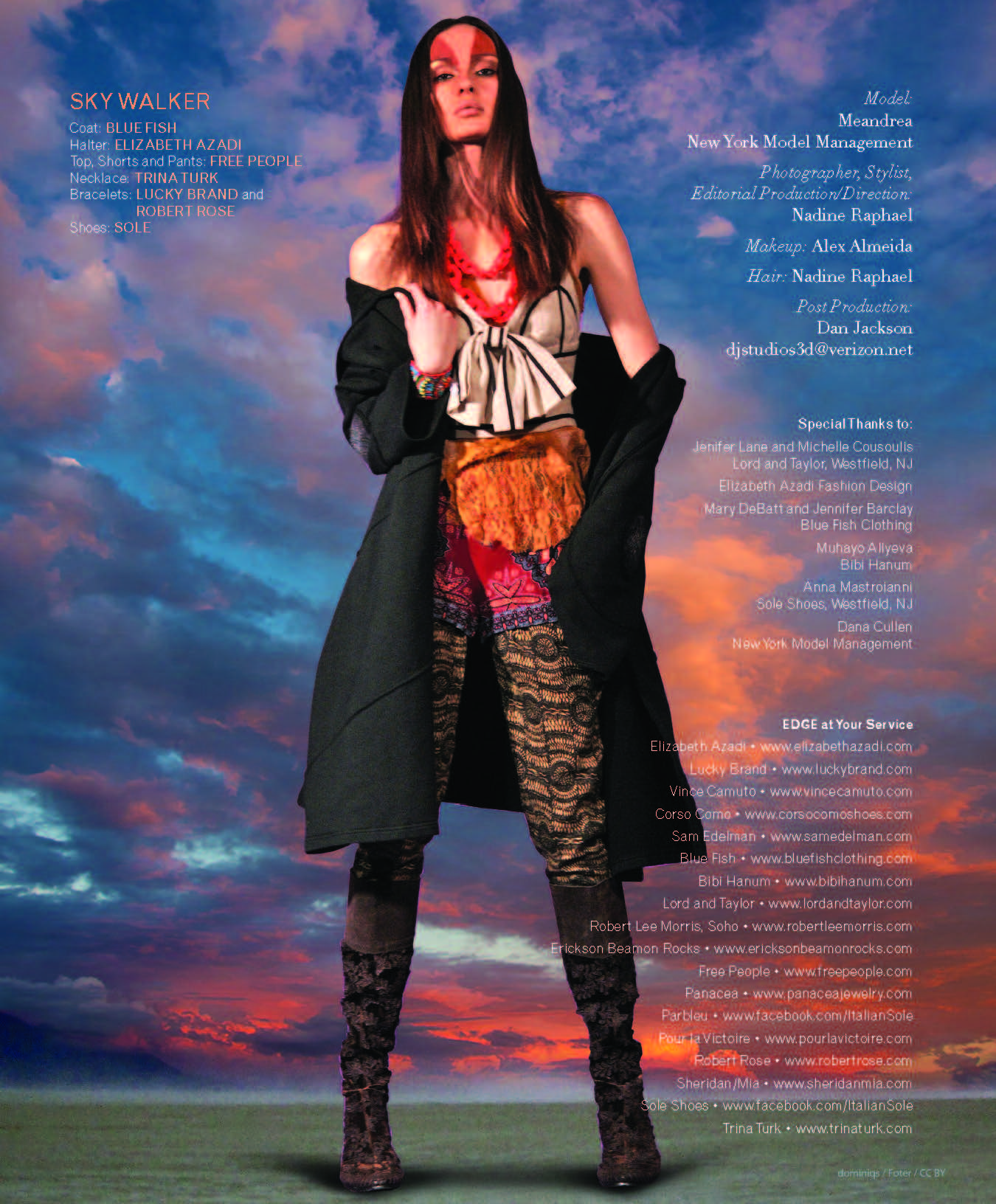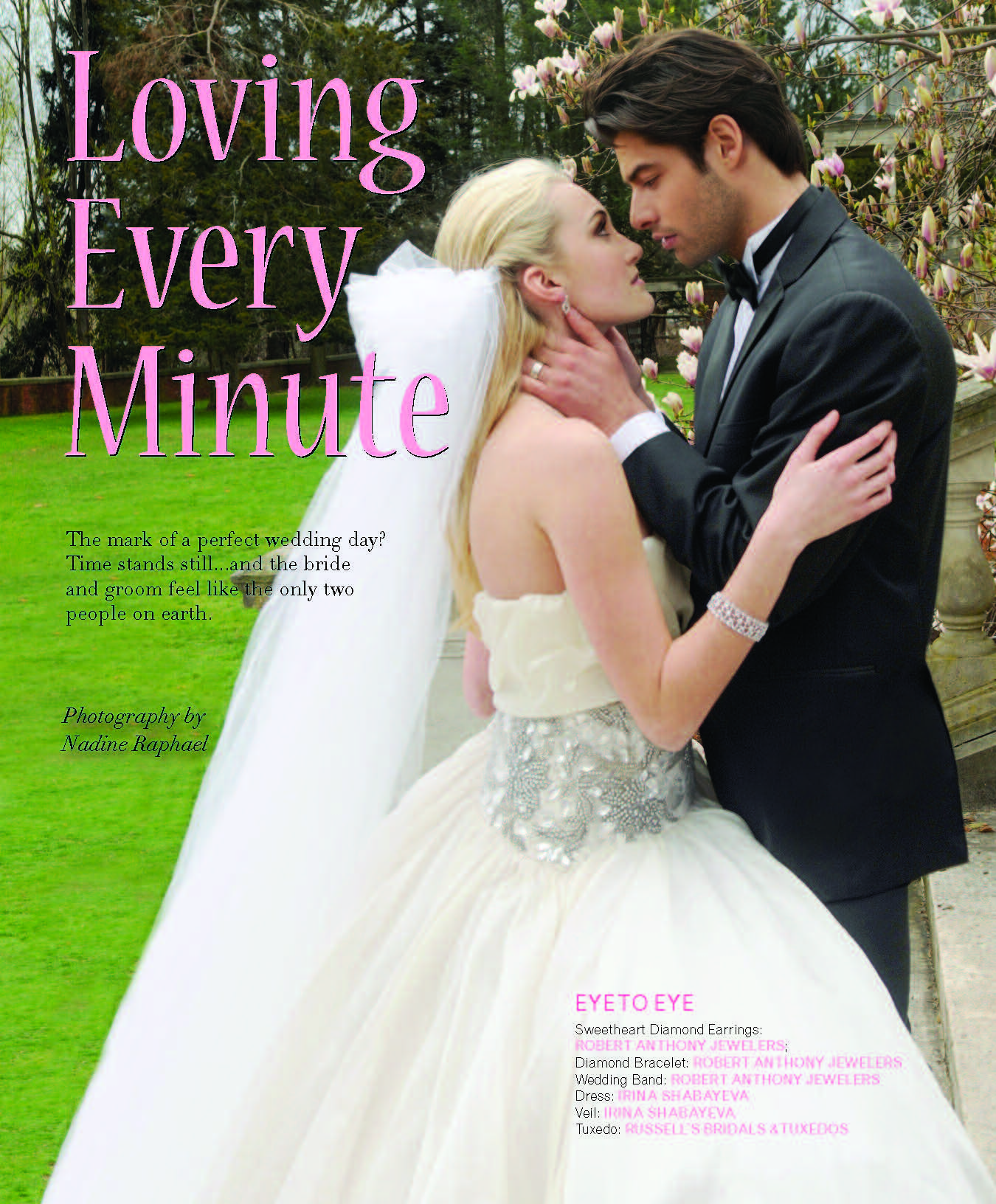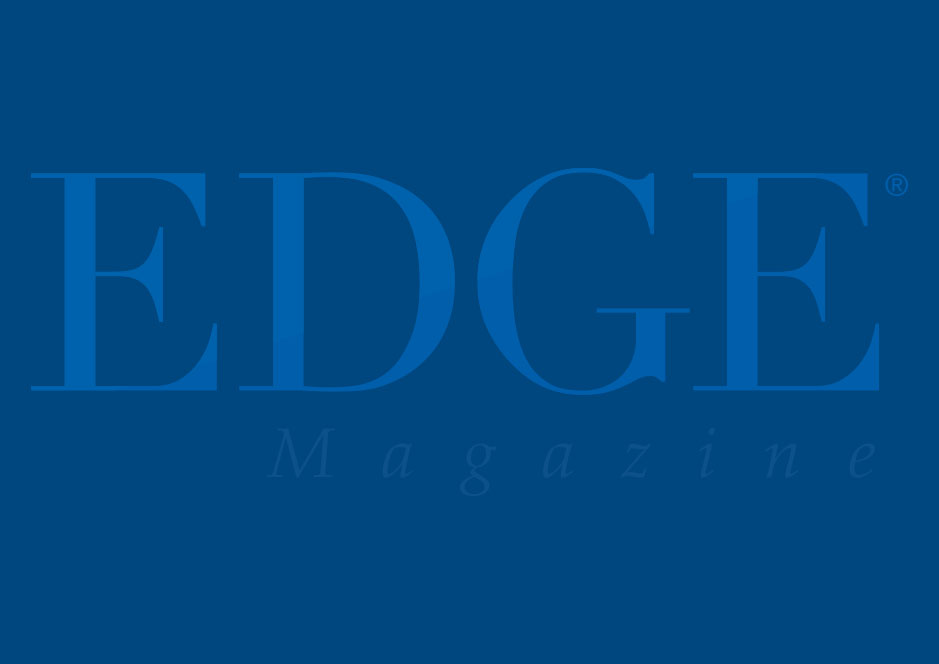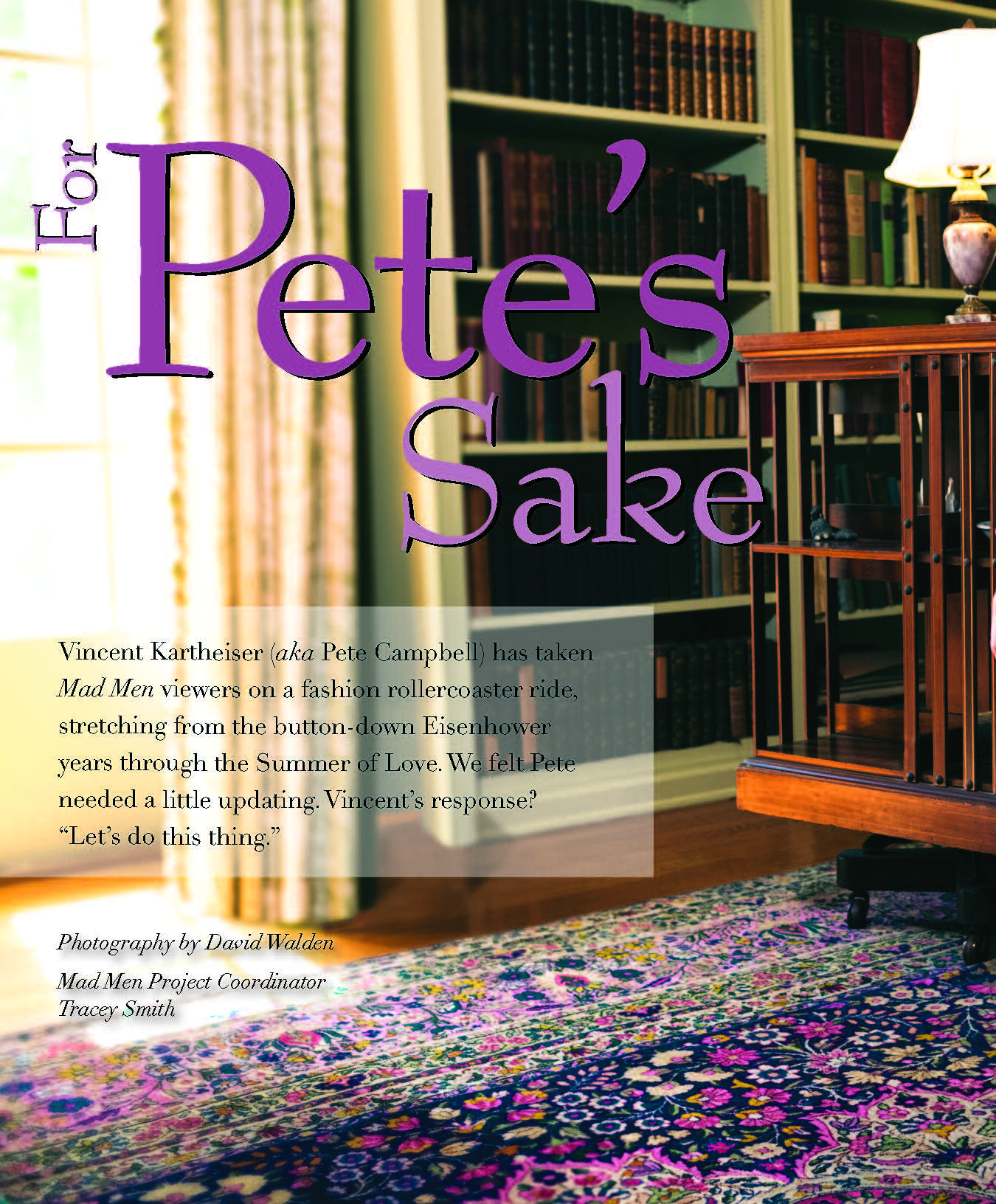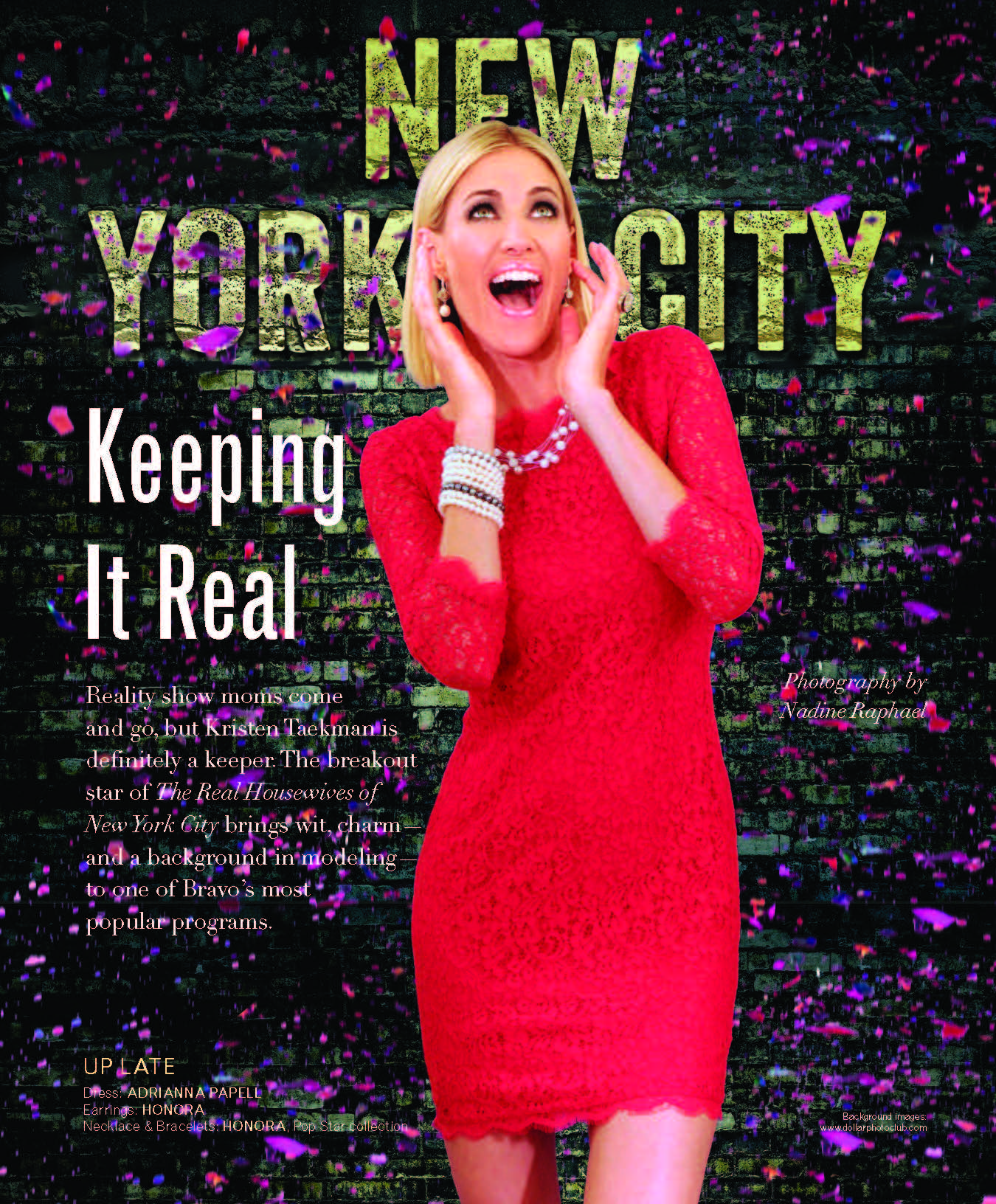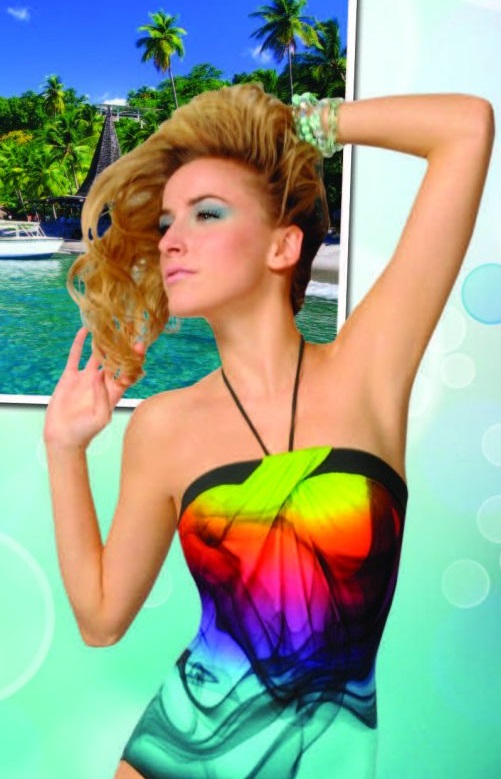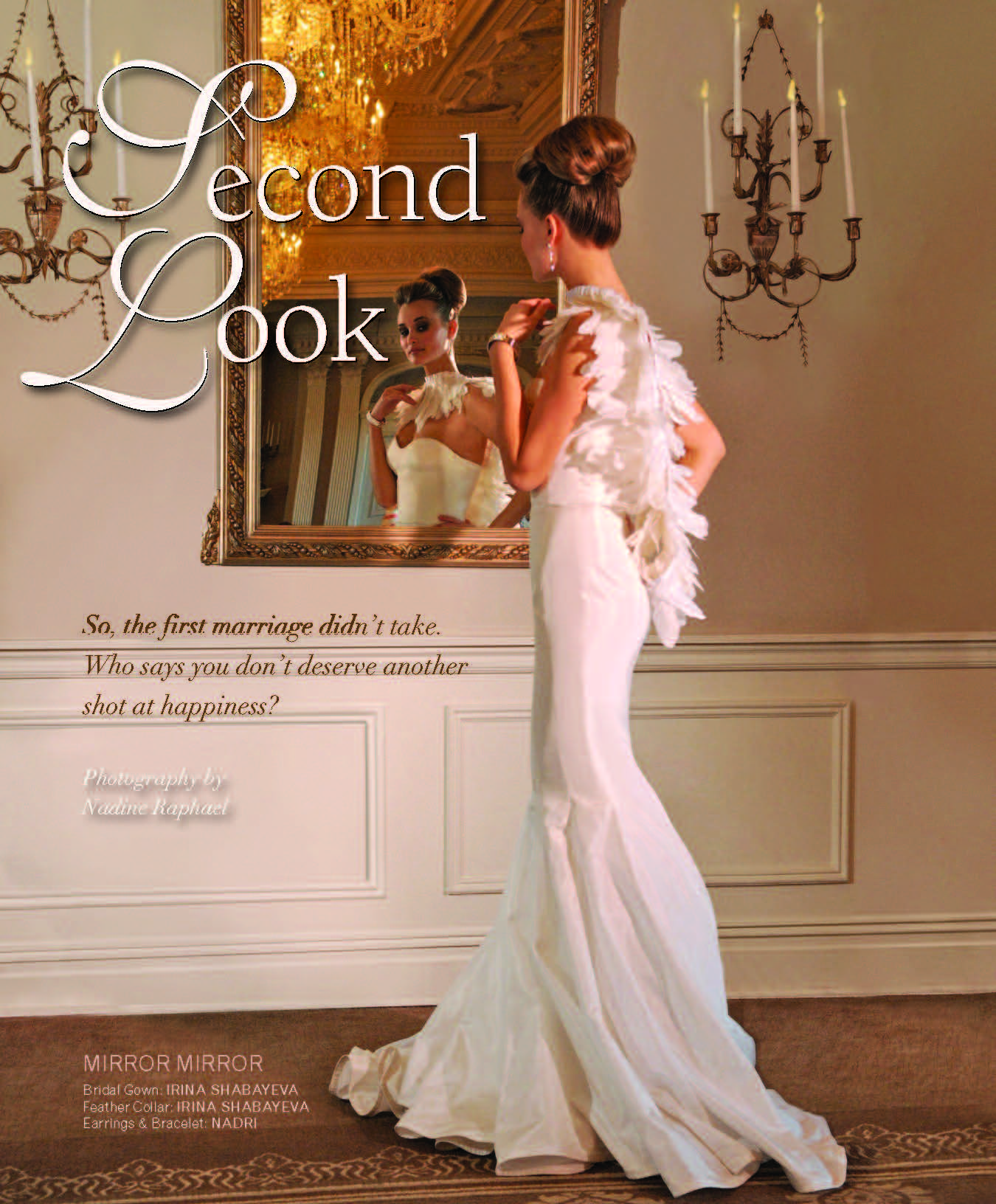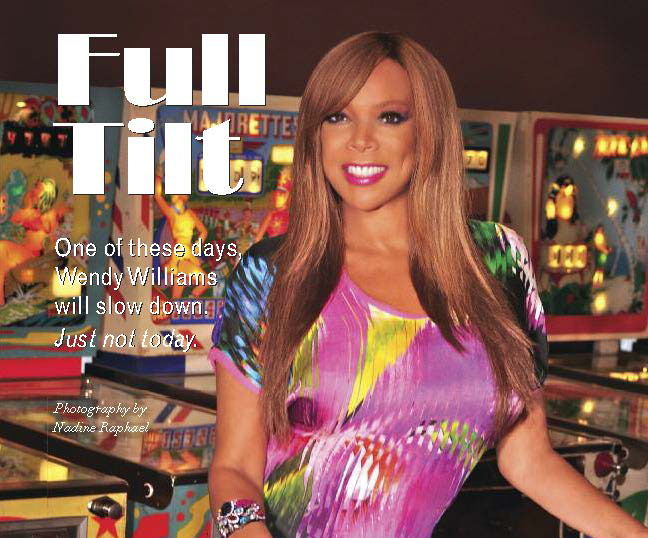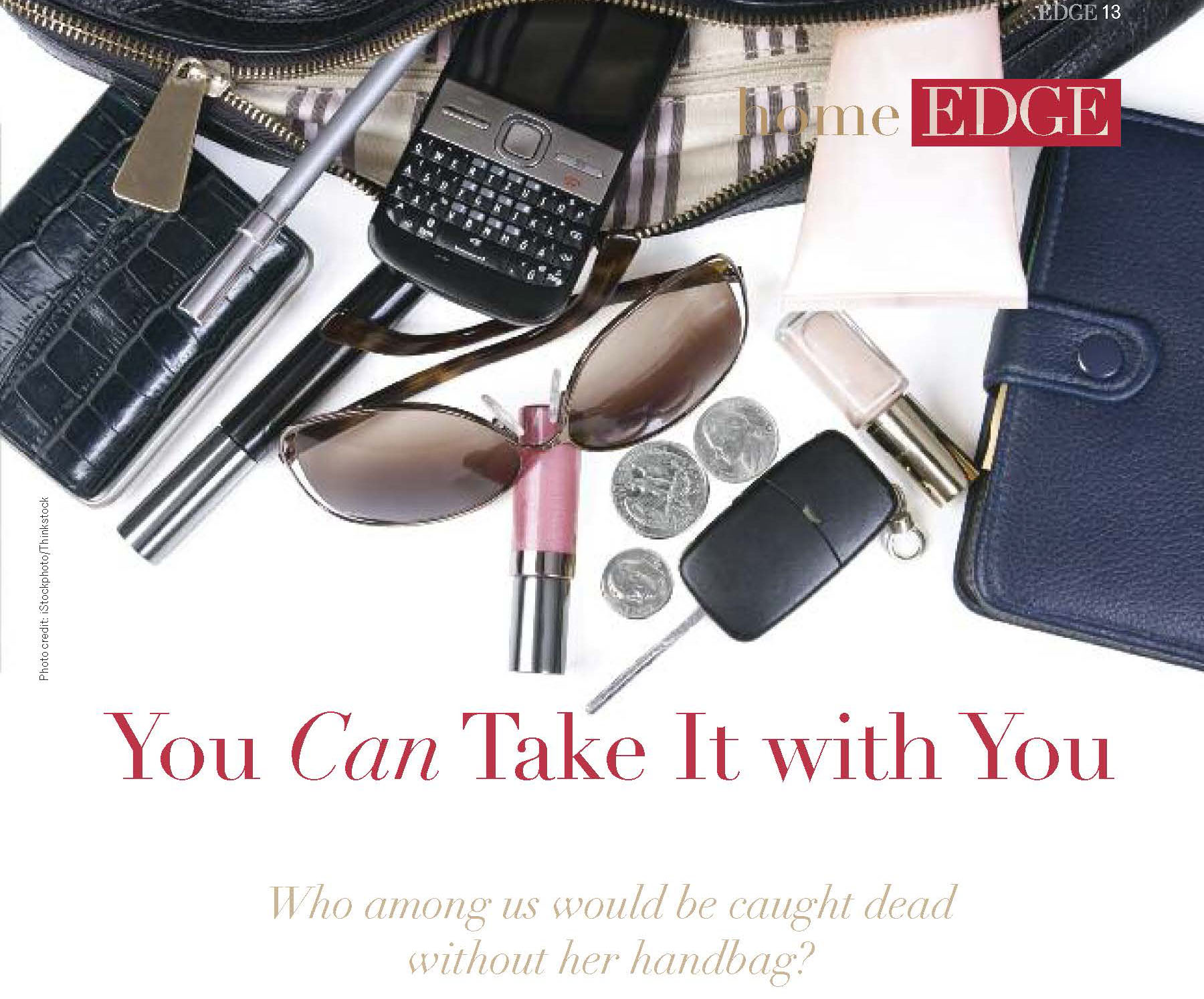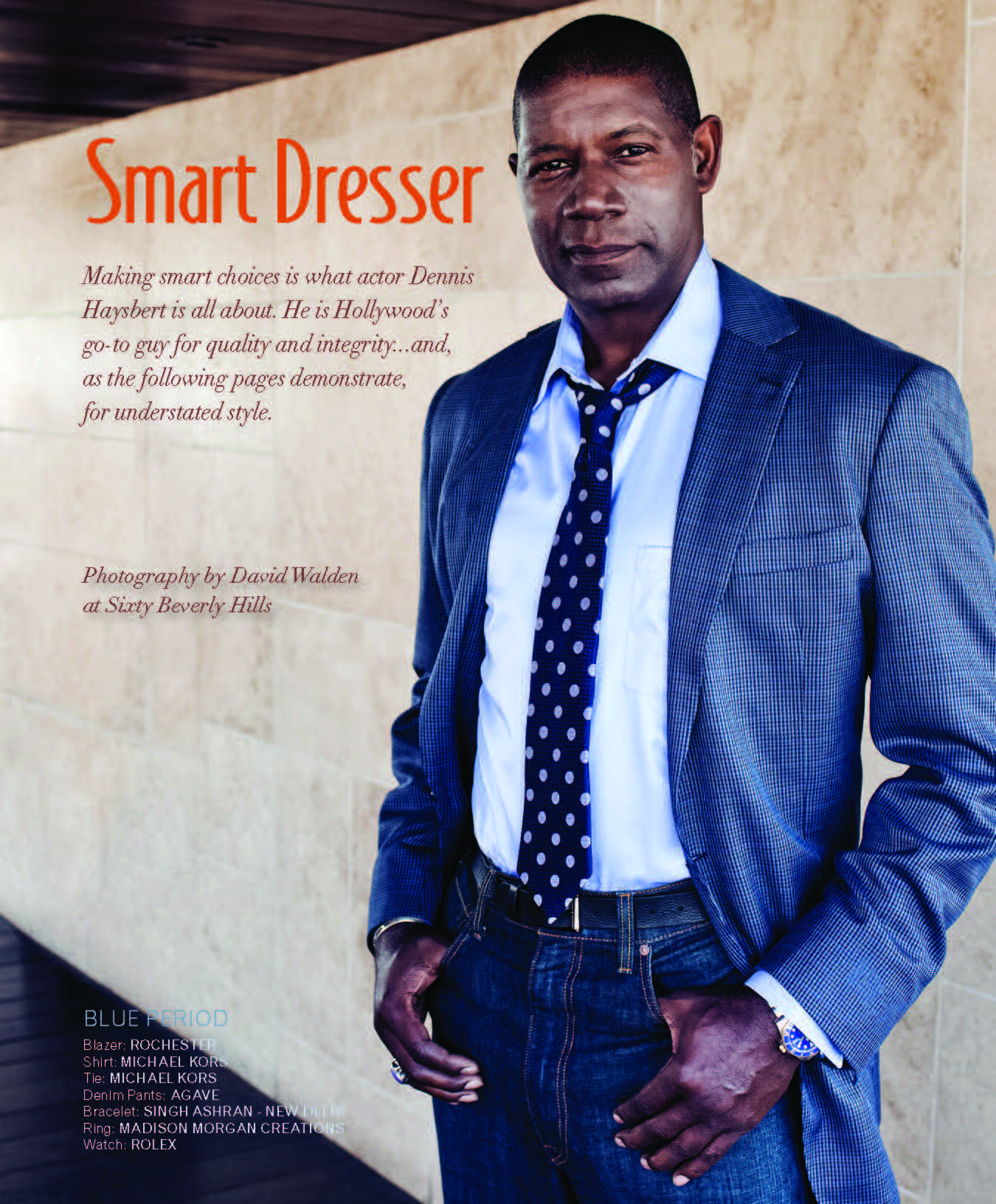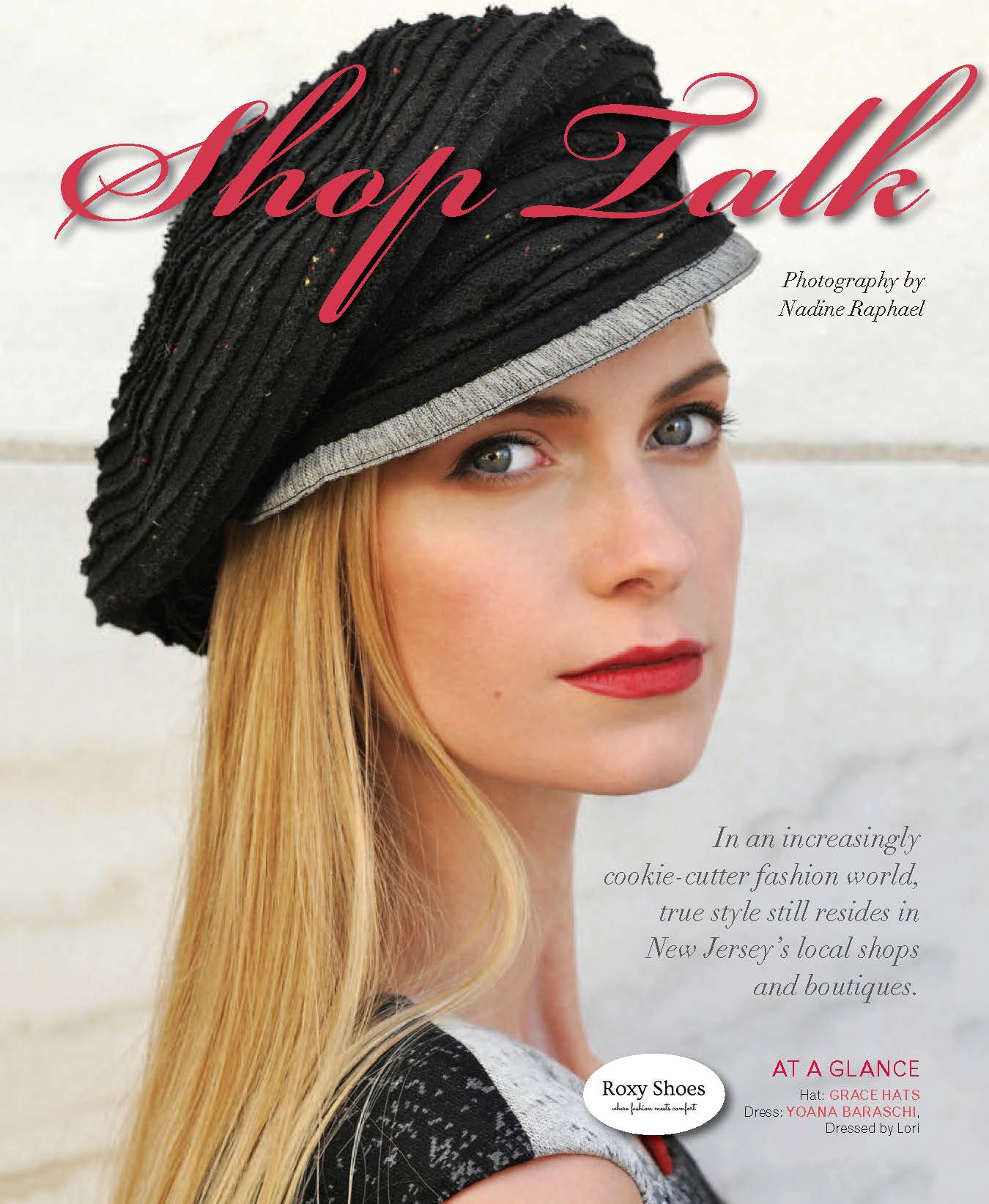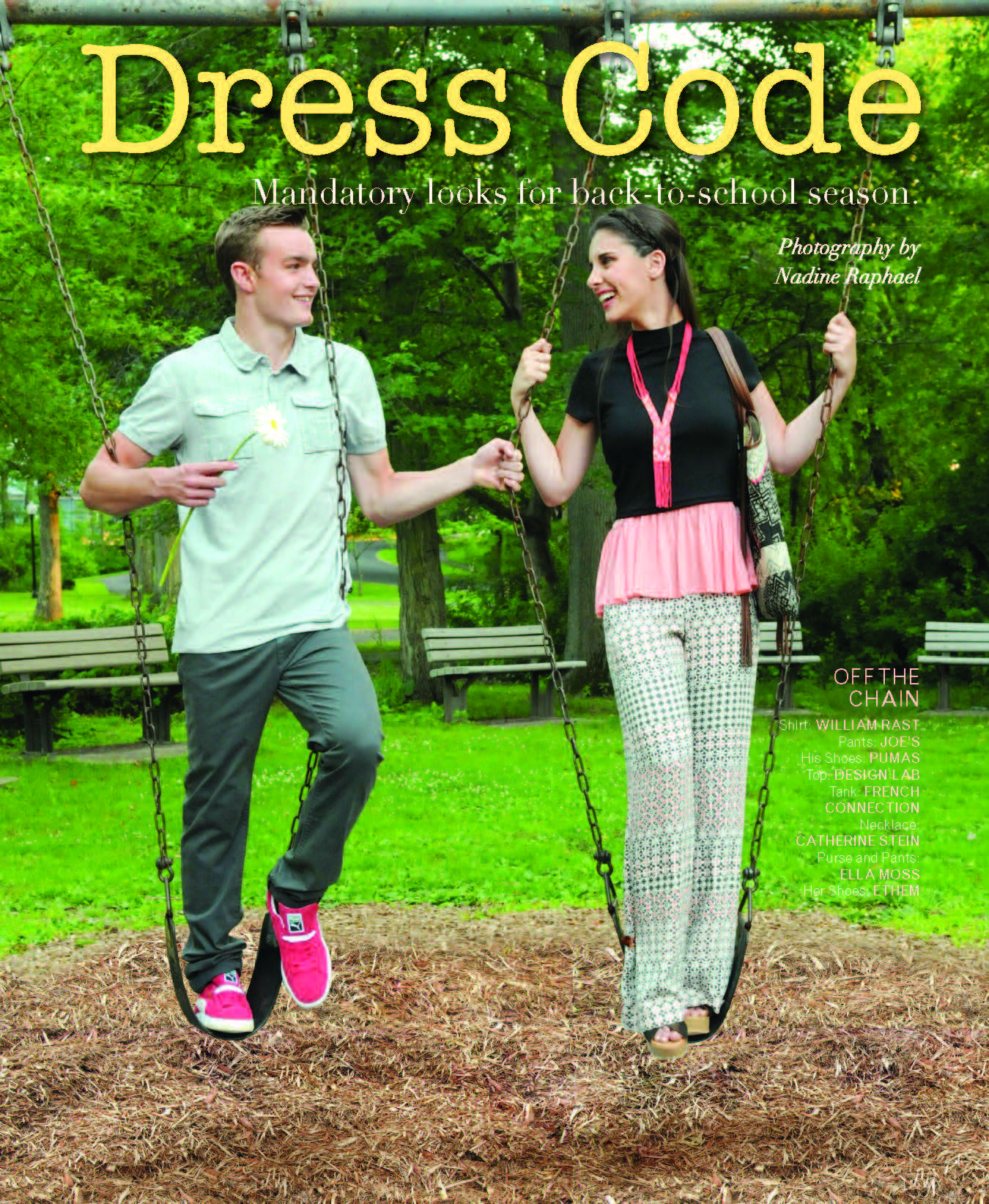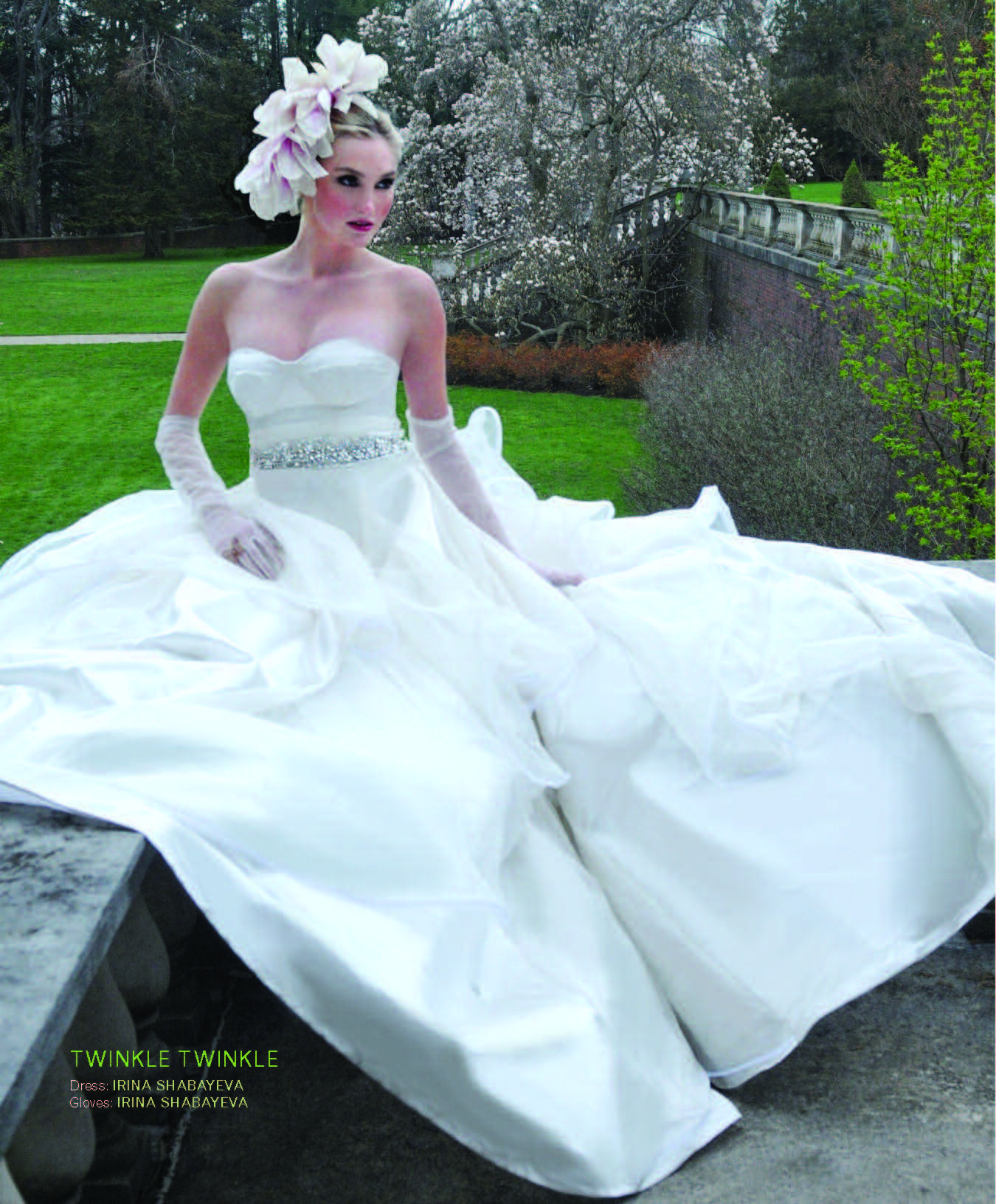
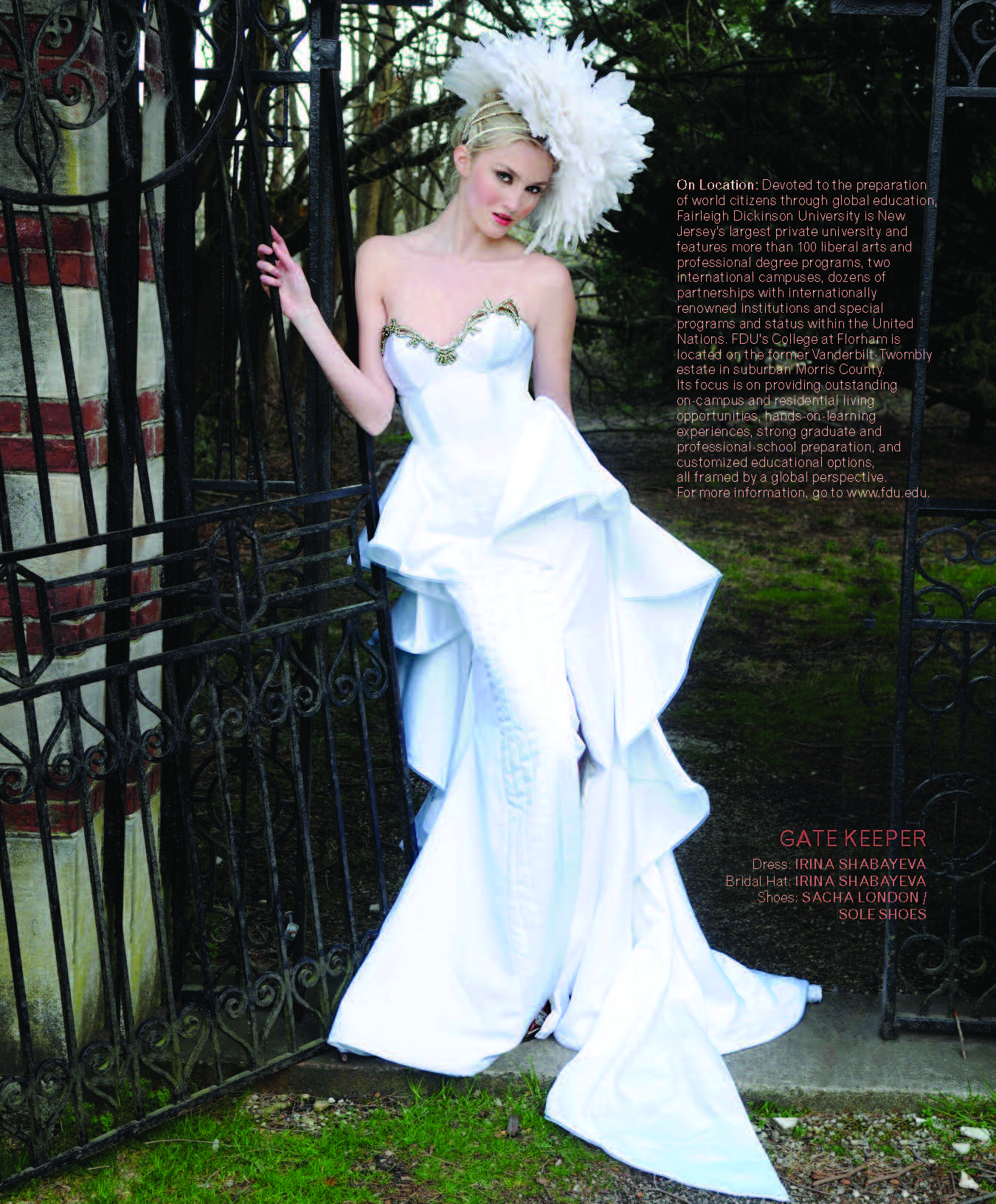
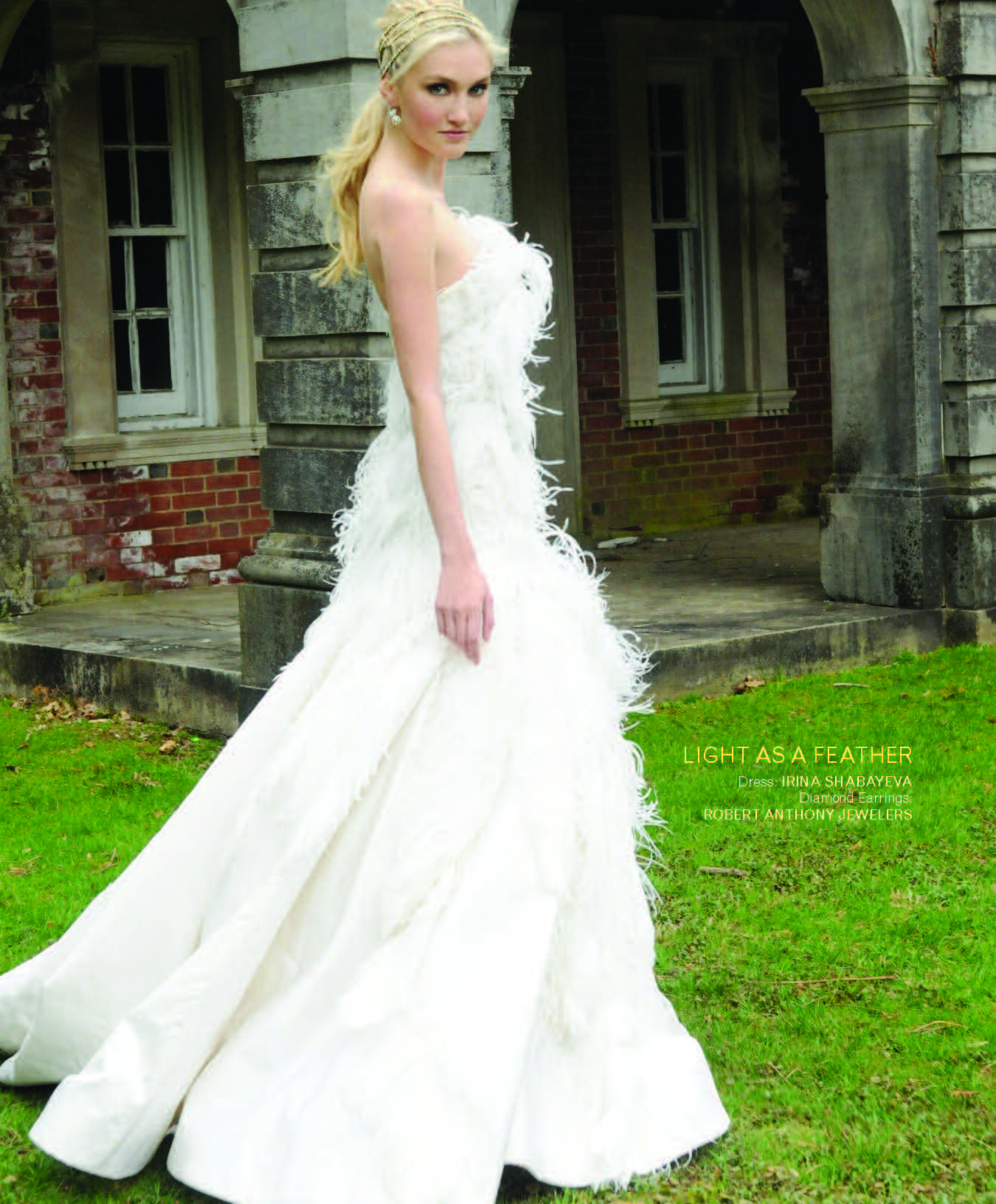
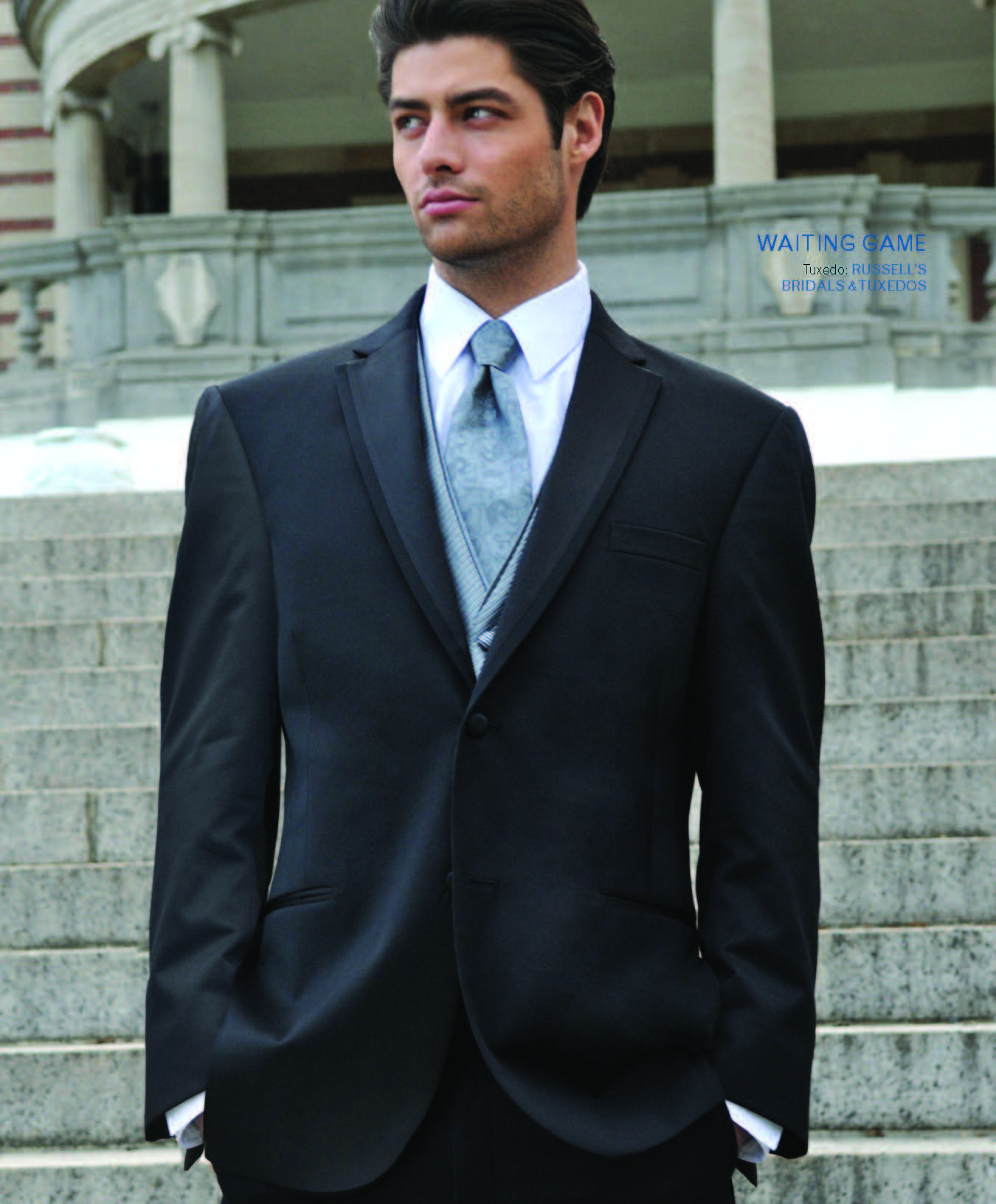
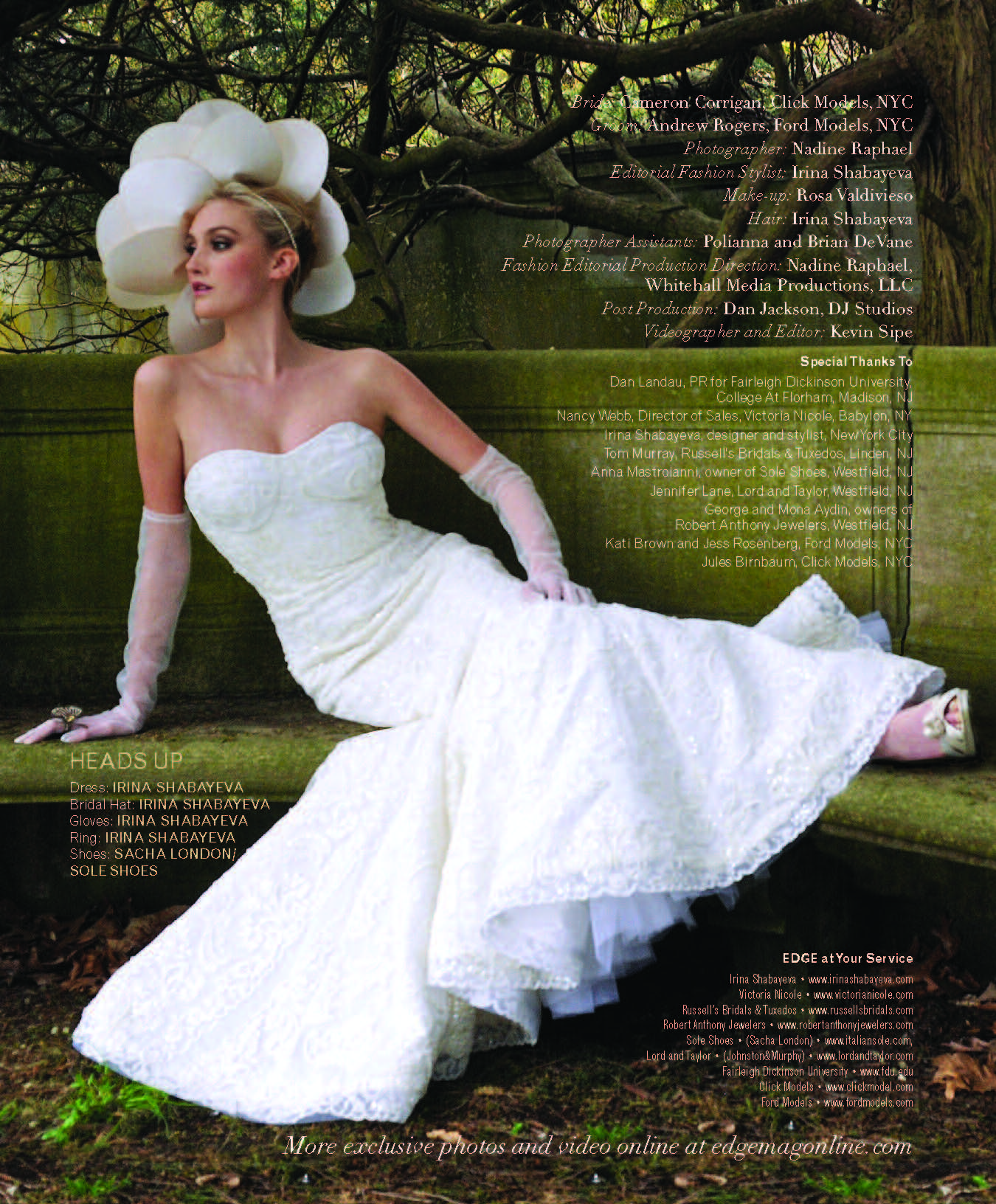
Larkspur and Hawk is revisiting designs and techniques of the past…and reinterpreting them for a modern audience.
 For most of us, childhood memories of the Jersey Shore involve a cardboard box of old postcards, the odd seashell, and assorted snapshots of family vacations. For Emily Satloff, those memories are expressed in the artistry and design that has made her jewelry brand, Larkspur and Hawk, one of the hottest on the market. Satloff, a lifelong summer-and-weekend resident of a gracious Victorian home in Monmouth County, creates pieces that evoke memories of a warm, elegant way of life—of multi-generational gatherings of friends and families that moved easily between New York and New Jersey…and of countless hours spent browsing shore antique stores with her mother.
For most of us, childhood memories of the Jersey Shore involve a cardboard box of old postcards, the odd seashell, and assorted snapshots of family vacations. For Emily Satloff, those memories are expressed in the artistry and design that has made her jewelry brand, Larkspur and Hawk, one of the hottest on the market. Satloff, a lifelong summer-and-weekend resident of a gracious Victorian home in Monmouth County, creates pieces that evoke memories of a warm, elegant way of life—of multi-generational gatherings of friends and families that moved easily between New York and New Jersey…and of countless hours spent browsing shore antique stores with her mother.
 I first noticed Larkspur and Hawk during a party at a friend’s home. My eye was drawn to her stunning rose quartz and gold earrings. Having just been to Bergdorf’s, I thought I recognized the expensive designer who made them. Later, when I called my host to thank her—and complimented her on her jewelry—she informed me that I had actually met the designer that night at her house.
I first noticed Larkspur and Hawk during a party at a friend’s home. My eye was drawn to her stunning rose quartz and gold earrings. Having just been to Bergdorf’s, I thought I recognized the expensive designer who made them. Later, when I called my host to thank her—and complimented her on her jewelry—she informed me that I had actually met the designer that night at her house.
I quickly went on-line and discovered that the earrings, while they look important and are real, were much more within my budget. Better yet, I could purchase them during my next trip into the city—at Barney’s and also at Blue Tree, a lifestyle store owned and curated by Phoebe Cates Kline. Similar, more colorful Larkspur and Hawk earrings, were available on the web at Net-a-Porter. I read that Emily Satloff is both a dealer of antique jewelry and a designer of antique-inspired contemporary rings, earrings and necklaces. Intrigued, I contacted her to hear her story.
“My interest in Victorian jewelry and antiques,” explains Satloff, a former Curator of Decorative Arts at the New York Historical Society and Curatorial Consultant to the Metropolitan Museum of Art, “is a by-product of the stately homes that have lined the streets of Deal and Elberon over the last century or so. I love the history of objects. At the Historical Society, it was like working in a grandmother’s attic. I enjoy researching the history of an item, be it esoteric or pedestrian—like George Washington’s toothbrush. Everything is a miniature piece of history and has a story to tell.”
Out of this love and exposure to antiques, she first collected affordable antique jewelry for herself. “I would research each piece—how the lapidarian techniques make a stone more vibrant and how industrial material like cut steel can appear like rose-cut diamonds,” she recalls, “and then educate my clients. About five years ago, I was admiring the effect of foil-backed gemstones and thought: I should take a stab at creating antique-inspired jewelry.”
And so Larkspur and Hawk was born.
“Now I take old ideas and put my own spin on it,” she says. “All the pieces are handmade and I design, pick the stones and hand-paint the foils.”
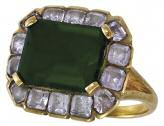 In the last year, her business has taken off. But Satloff is determined to “grow smart” as she puts it, and not mass-produce. In the meantime, her jewelry is showing up on fashion plates (Tory Burch), the red carpet (Mariska Hartigay) and the silver screen (Friends with Kids). Something good and beautiful, inspired by New Jersey, is finally getting the right sort of attention.
In the last year, her business has taken off. But Satloff is determined to “grow smart” as she puts it, and not mass-produce. In the meantime, her jewelry is showing up on fashion plates (Tory Burch), the red carpet (Mariska Hartigay) and the silver screen (Friends with Kids). Something good and beautiful, inspired by New Jersey, is finally getting the right sort of attention.
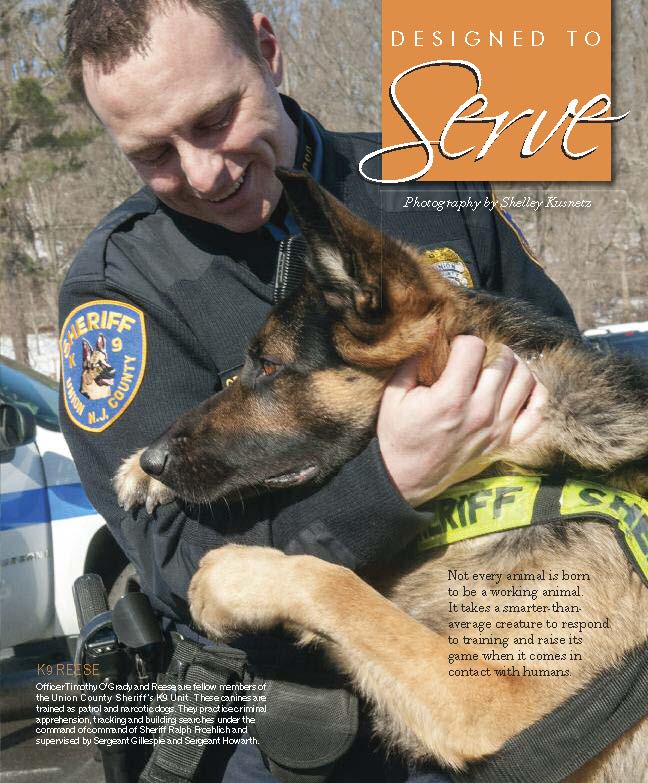
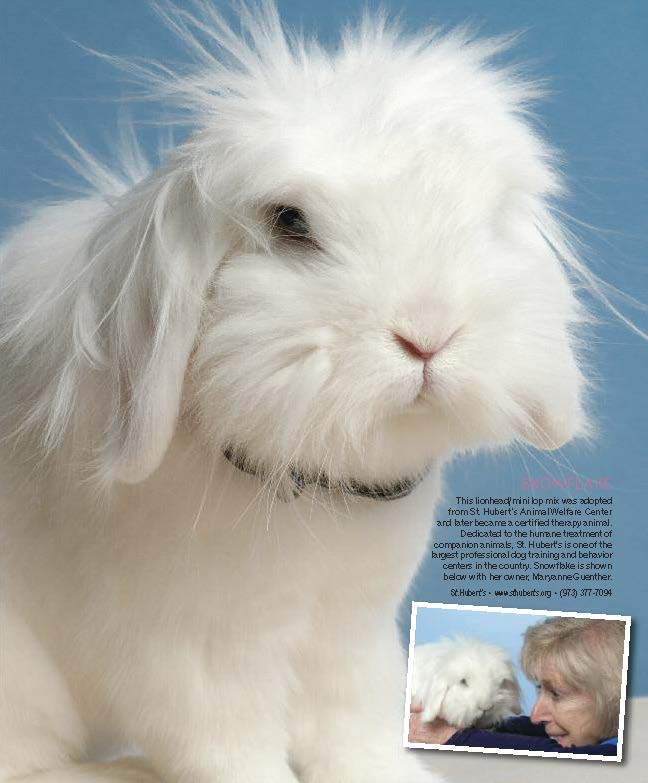
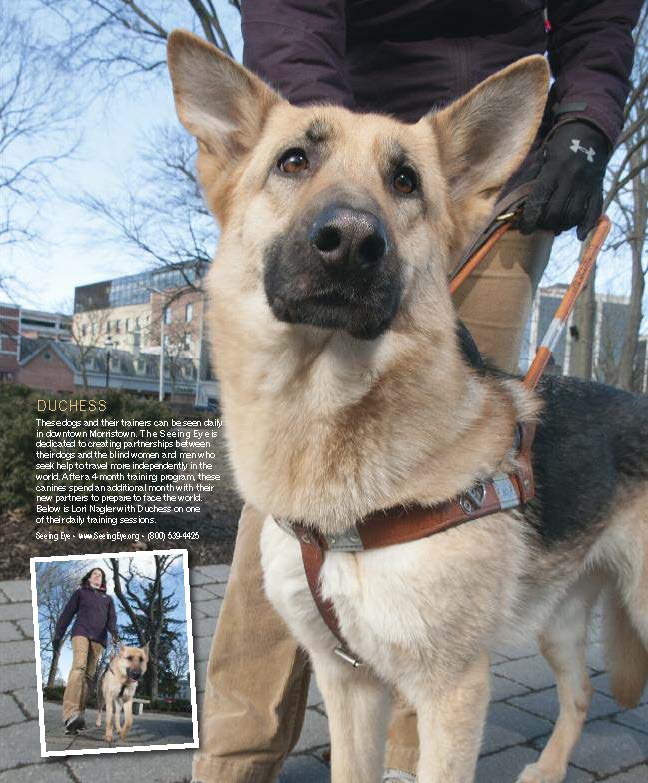
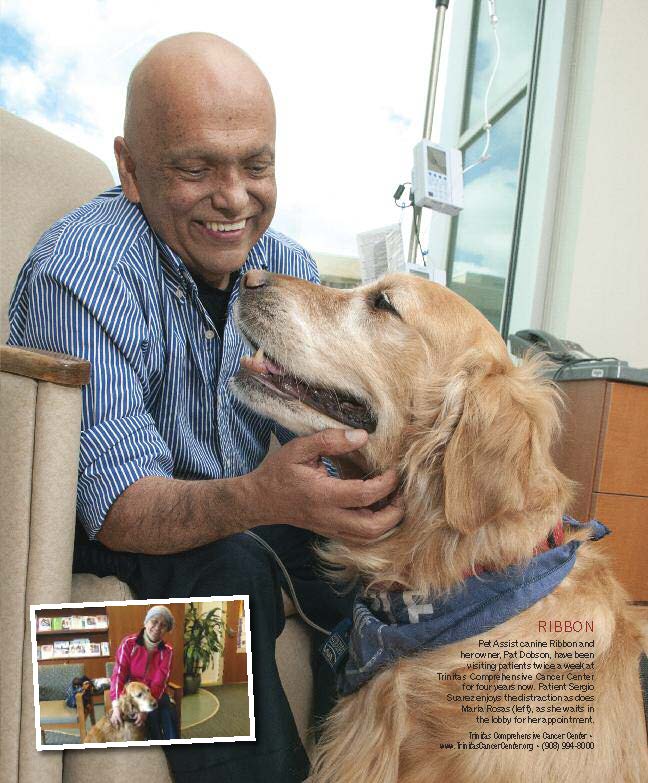
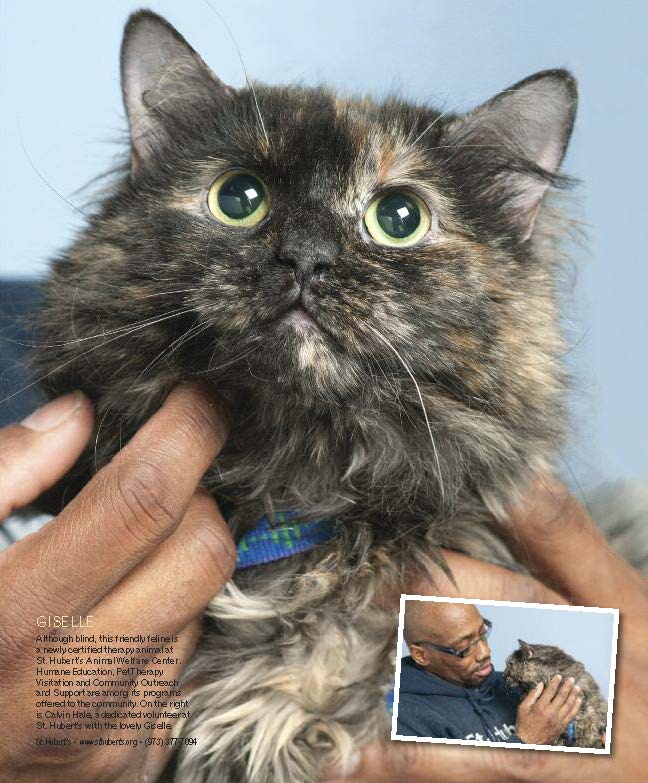
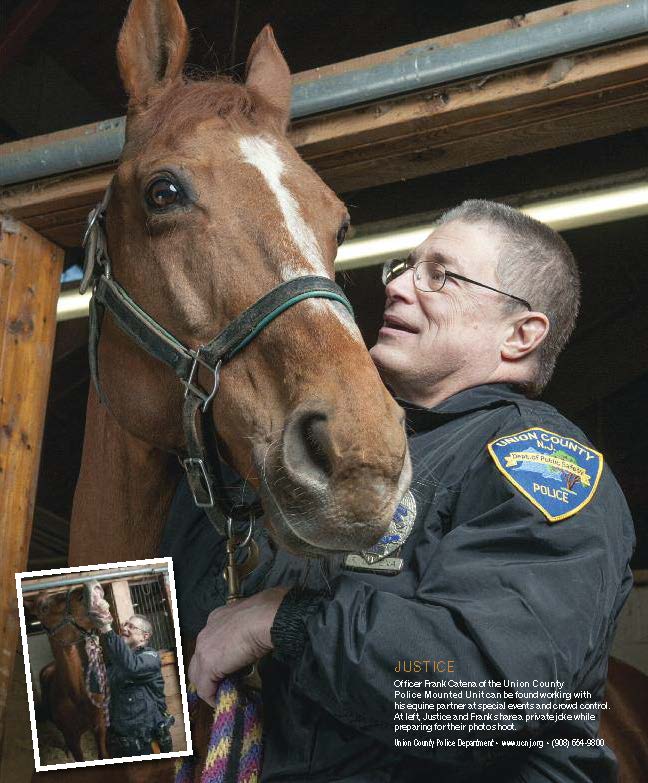
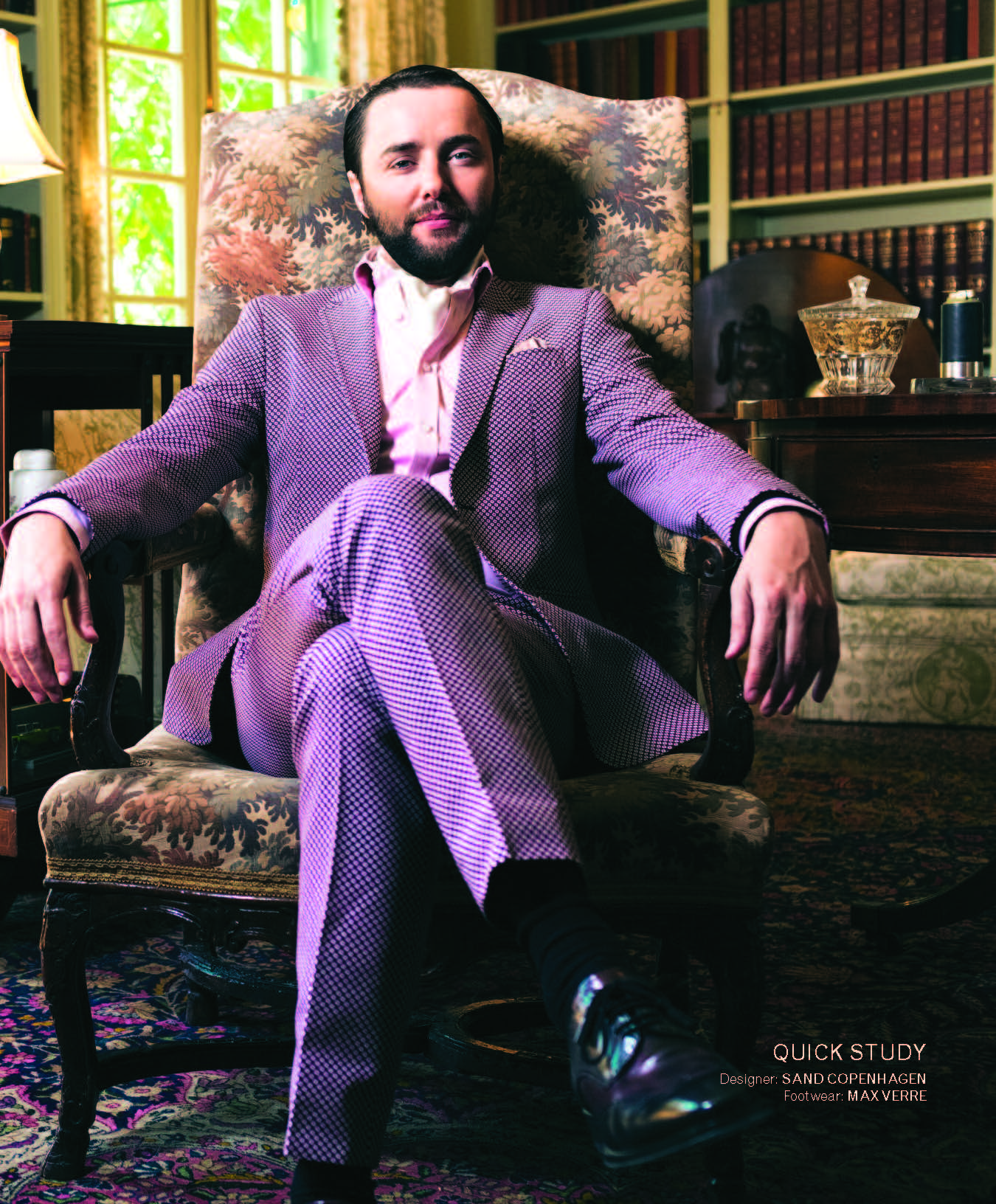
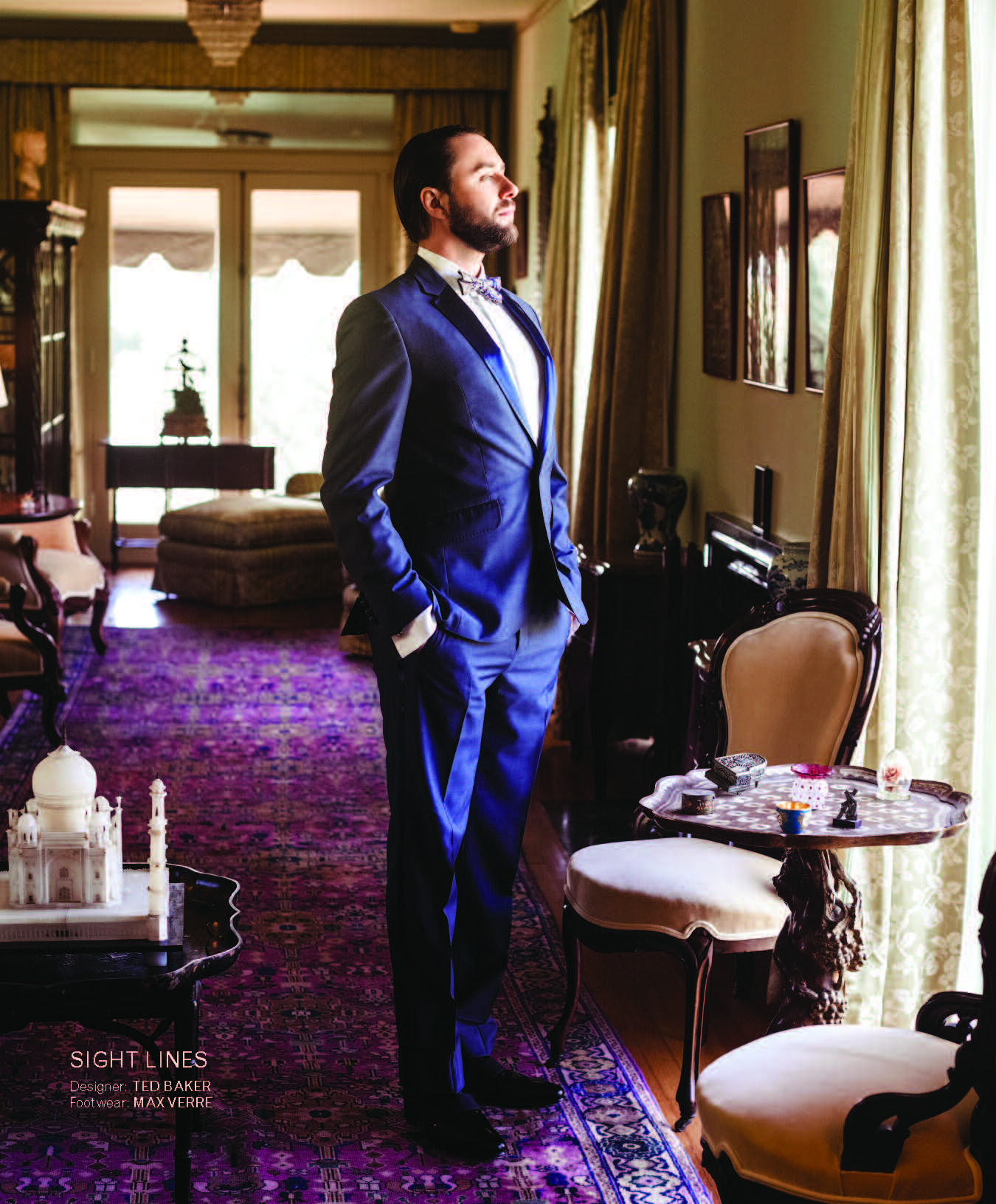
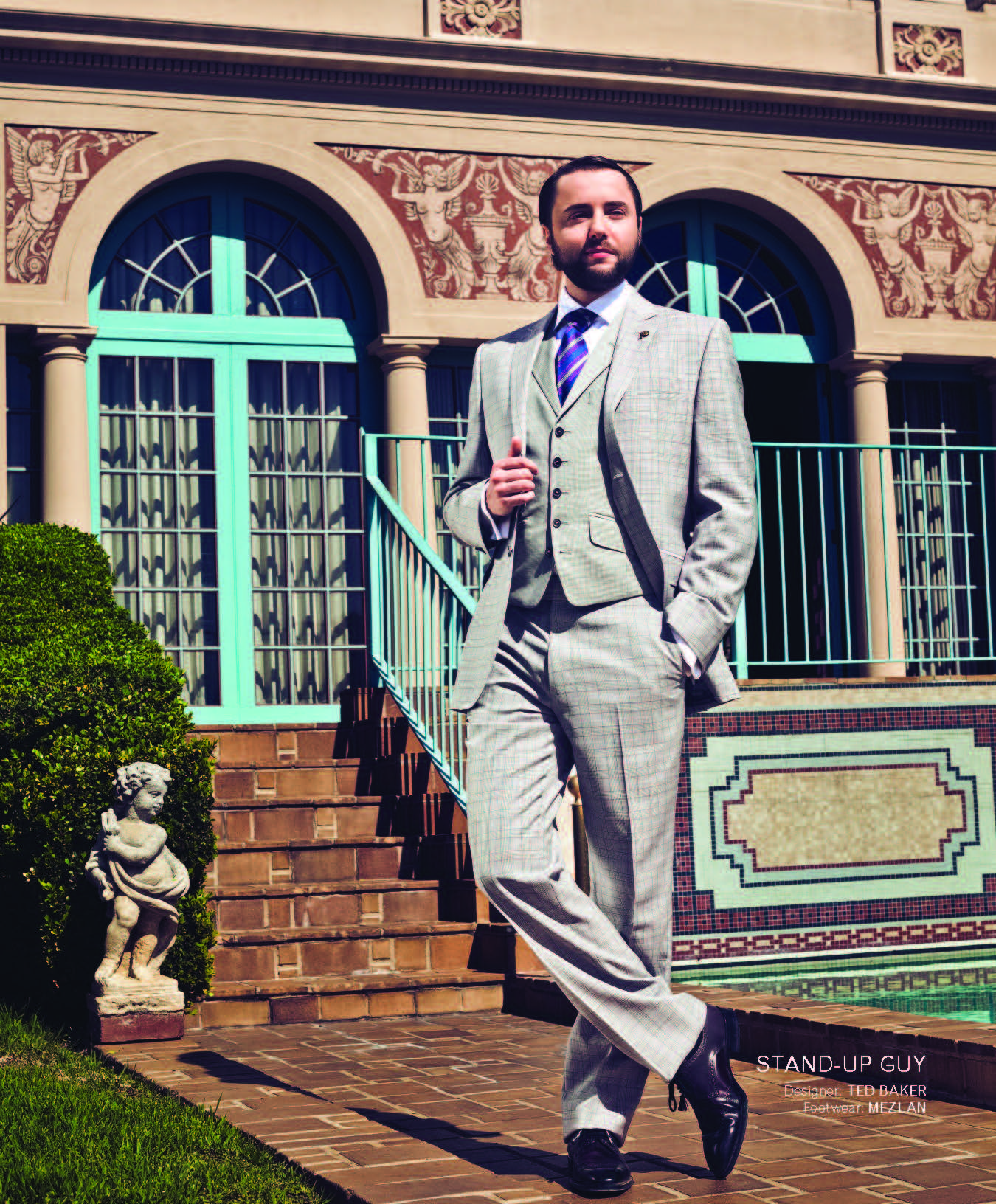
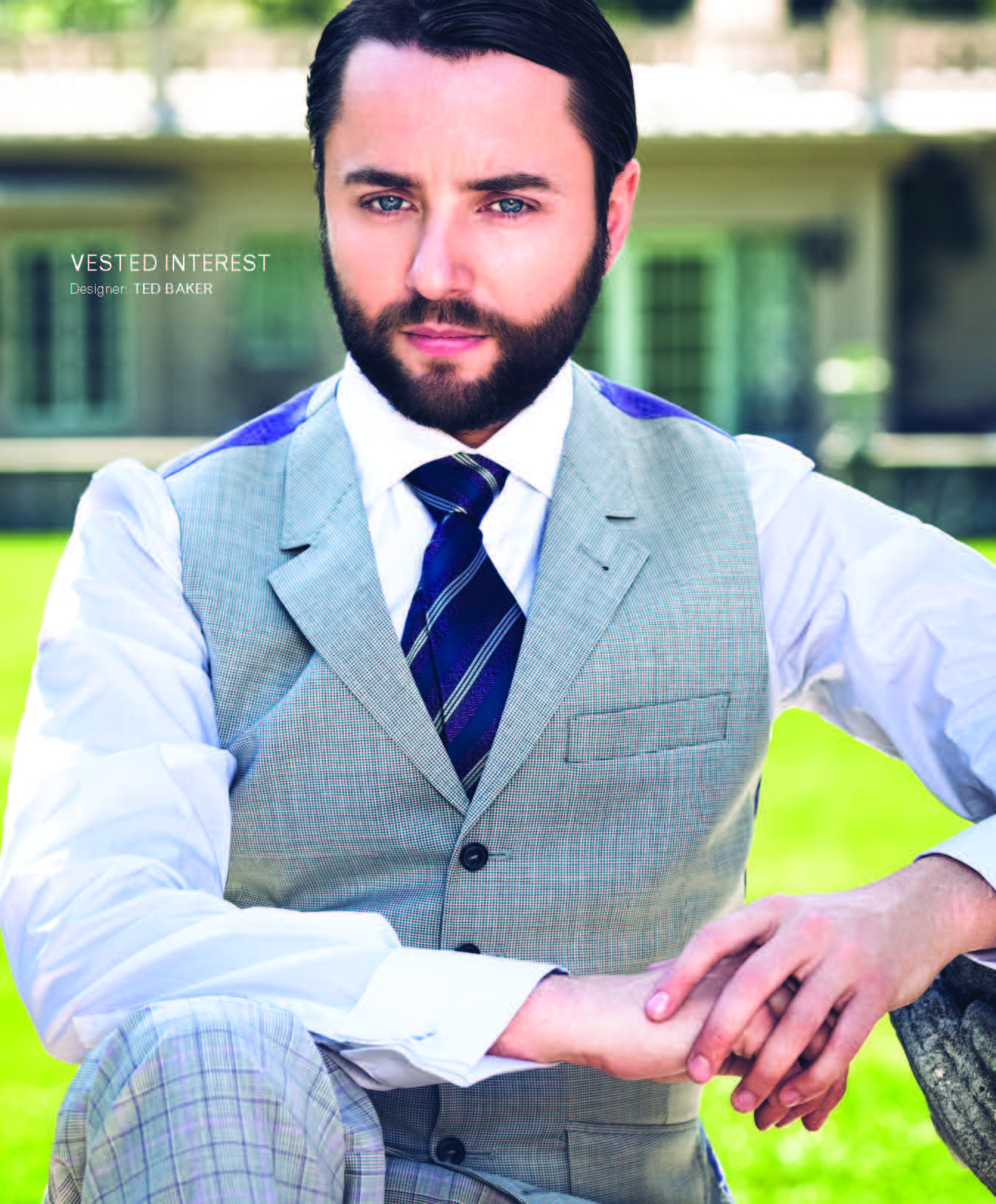

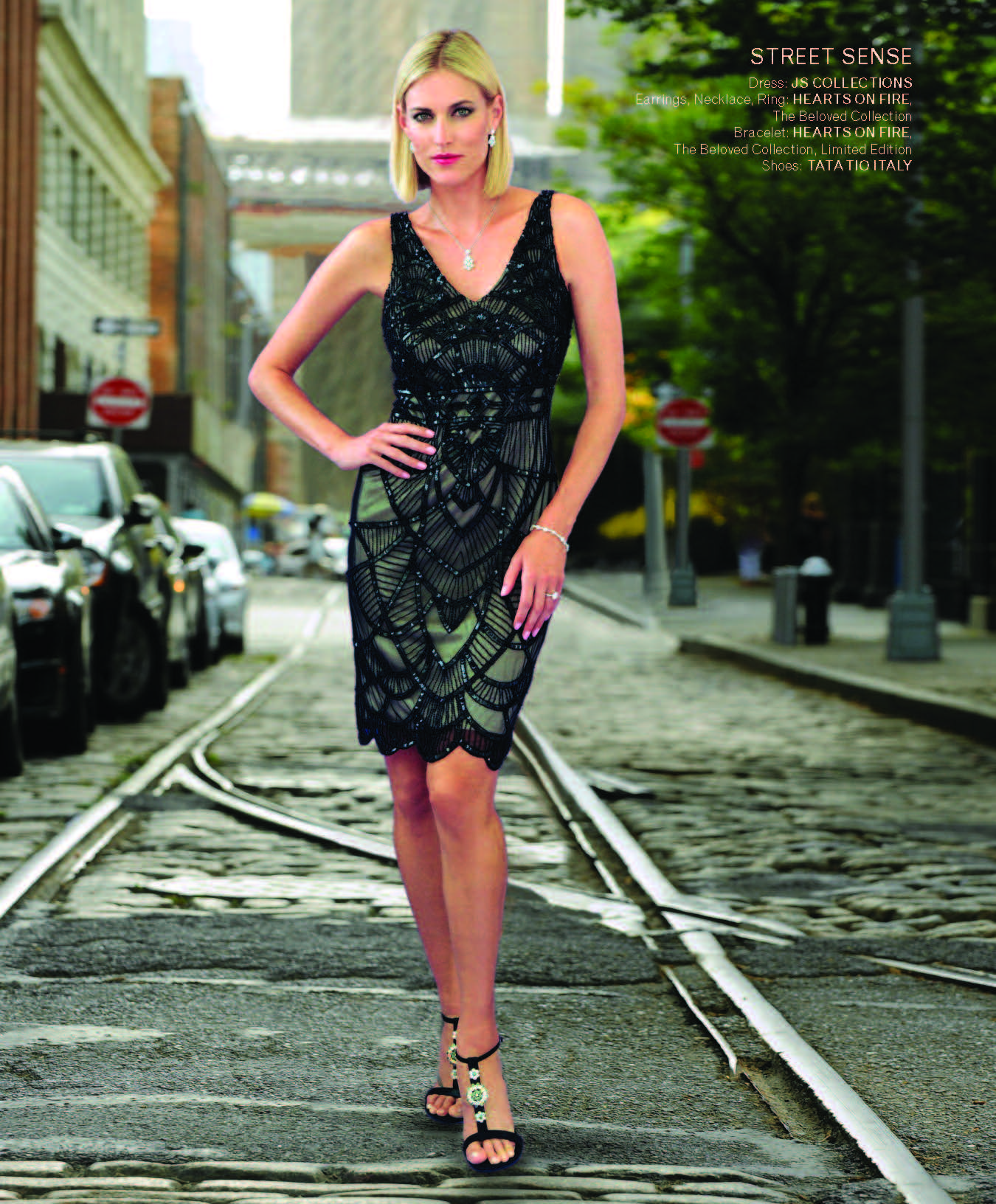

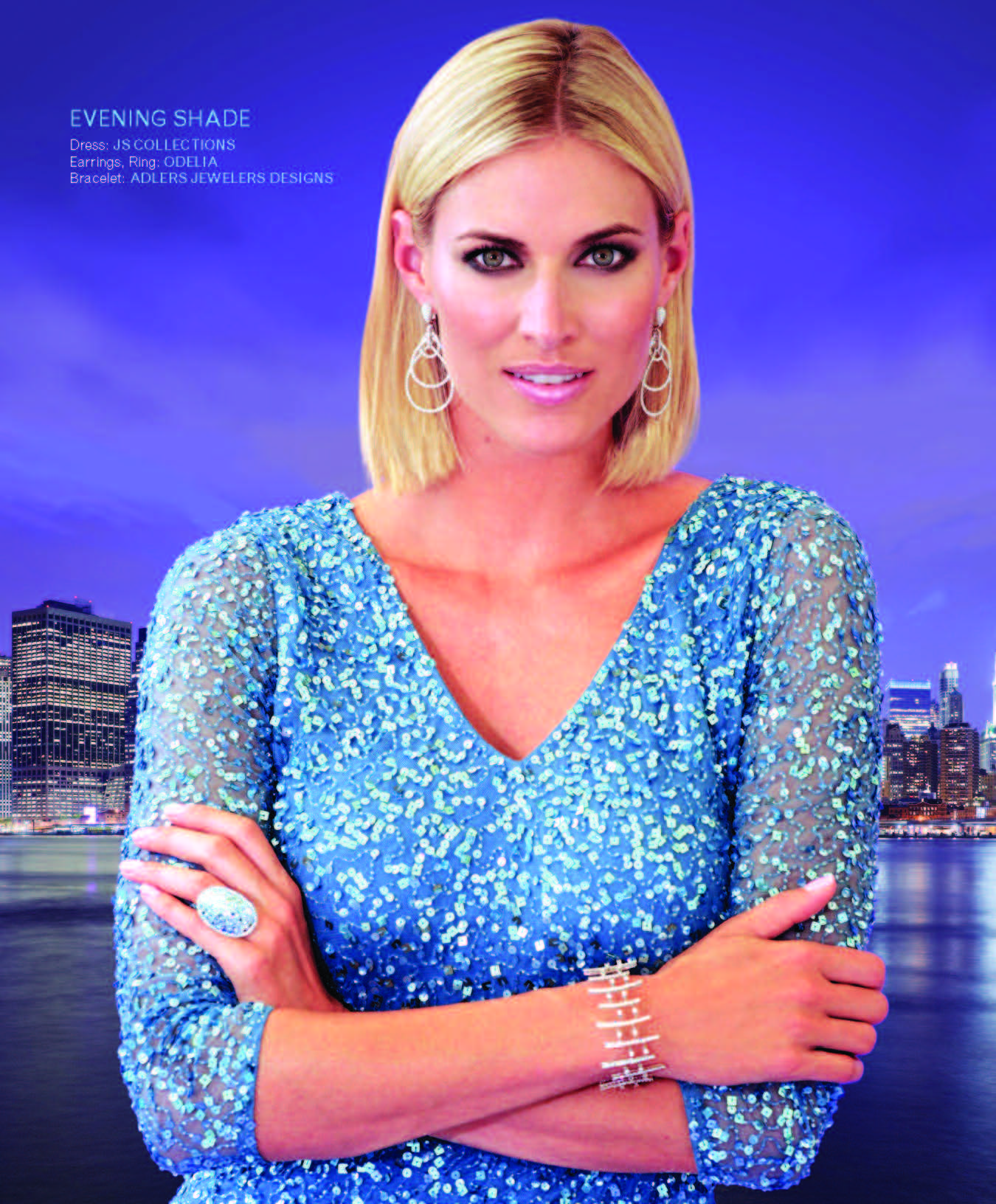
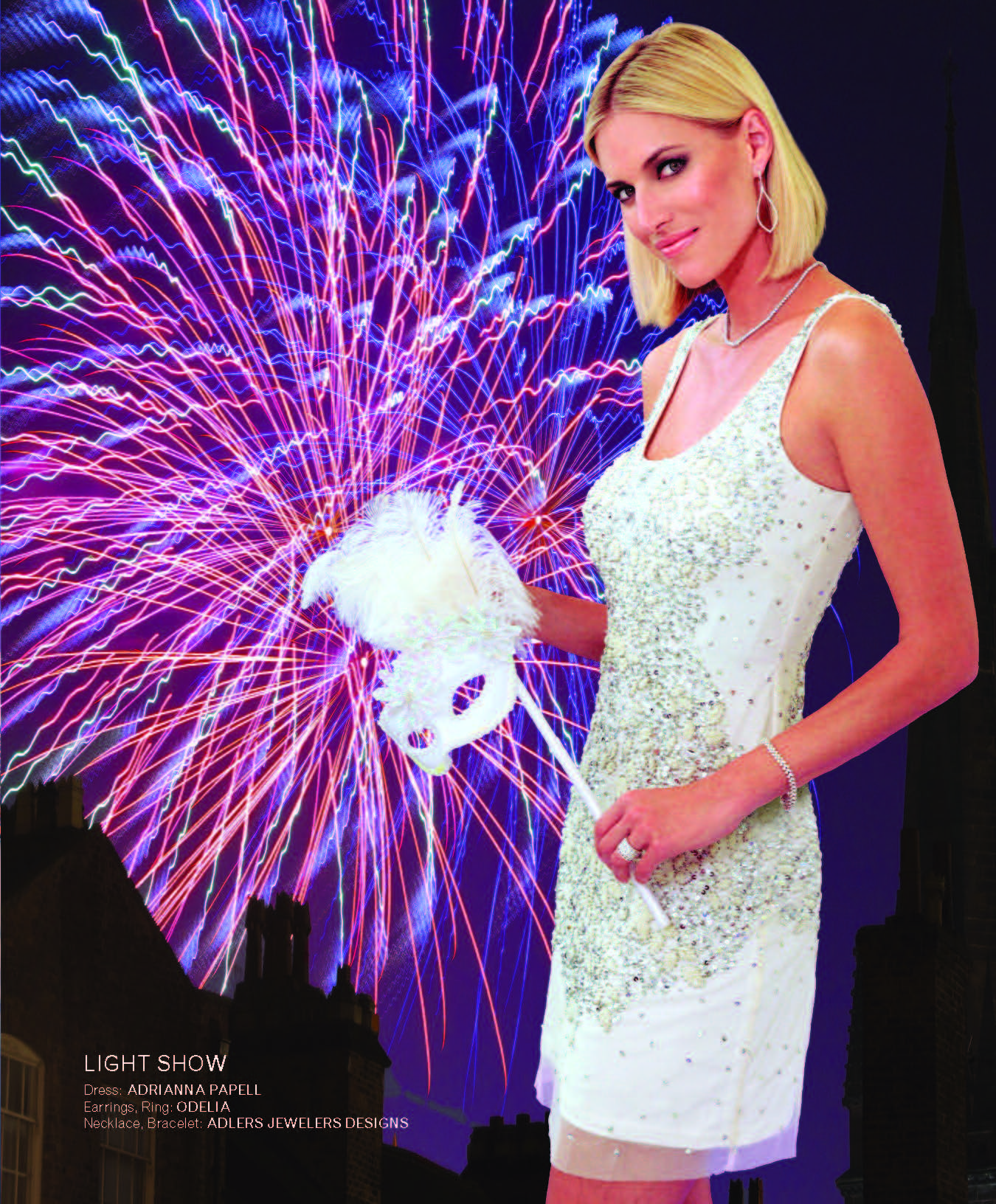
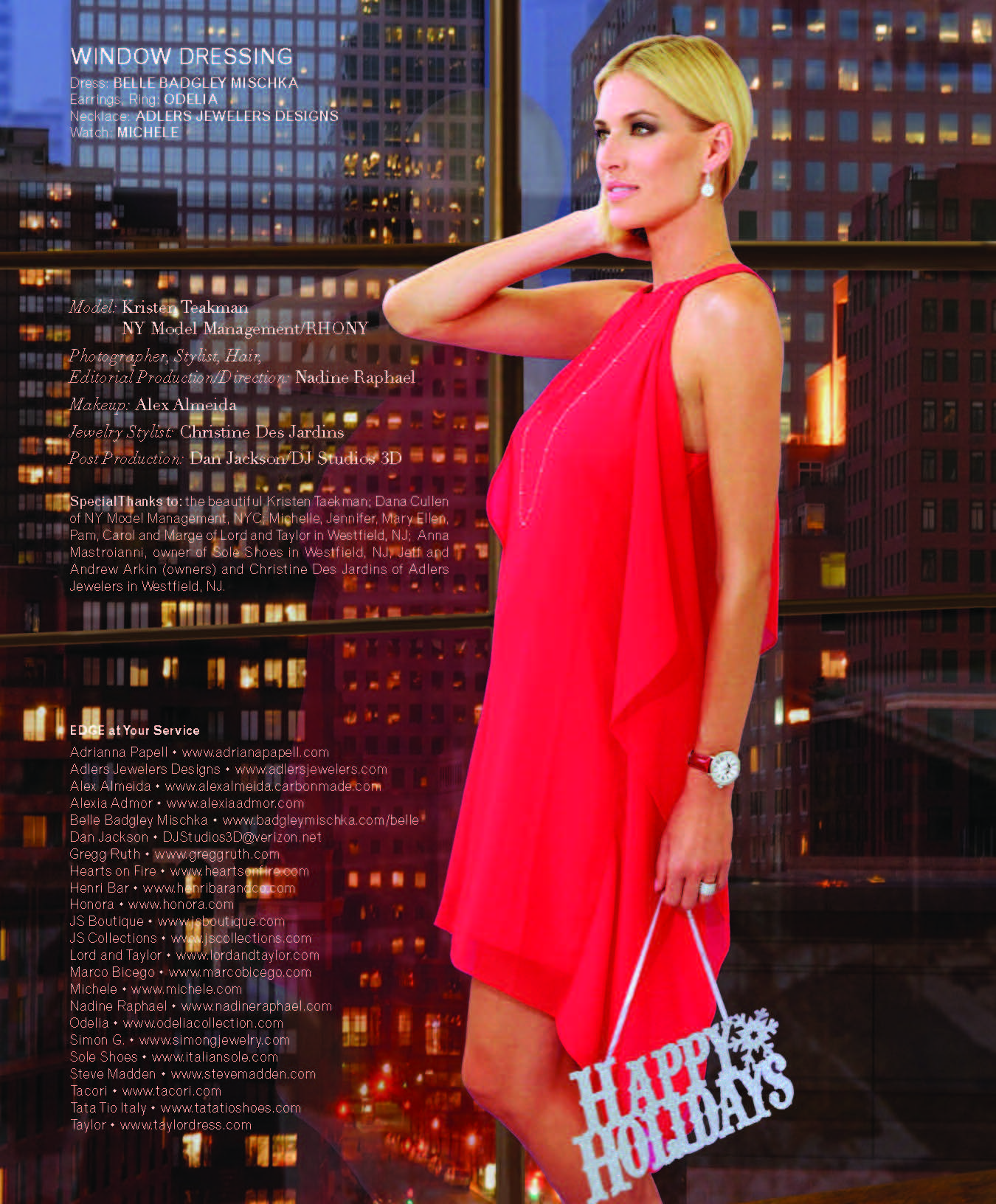
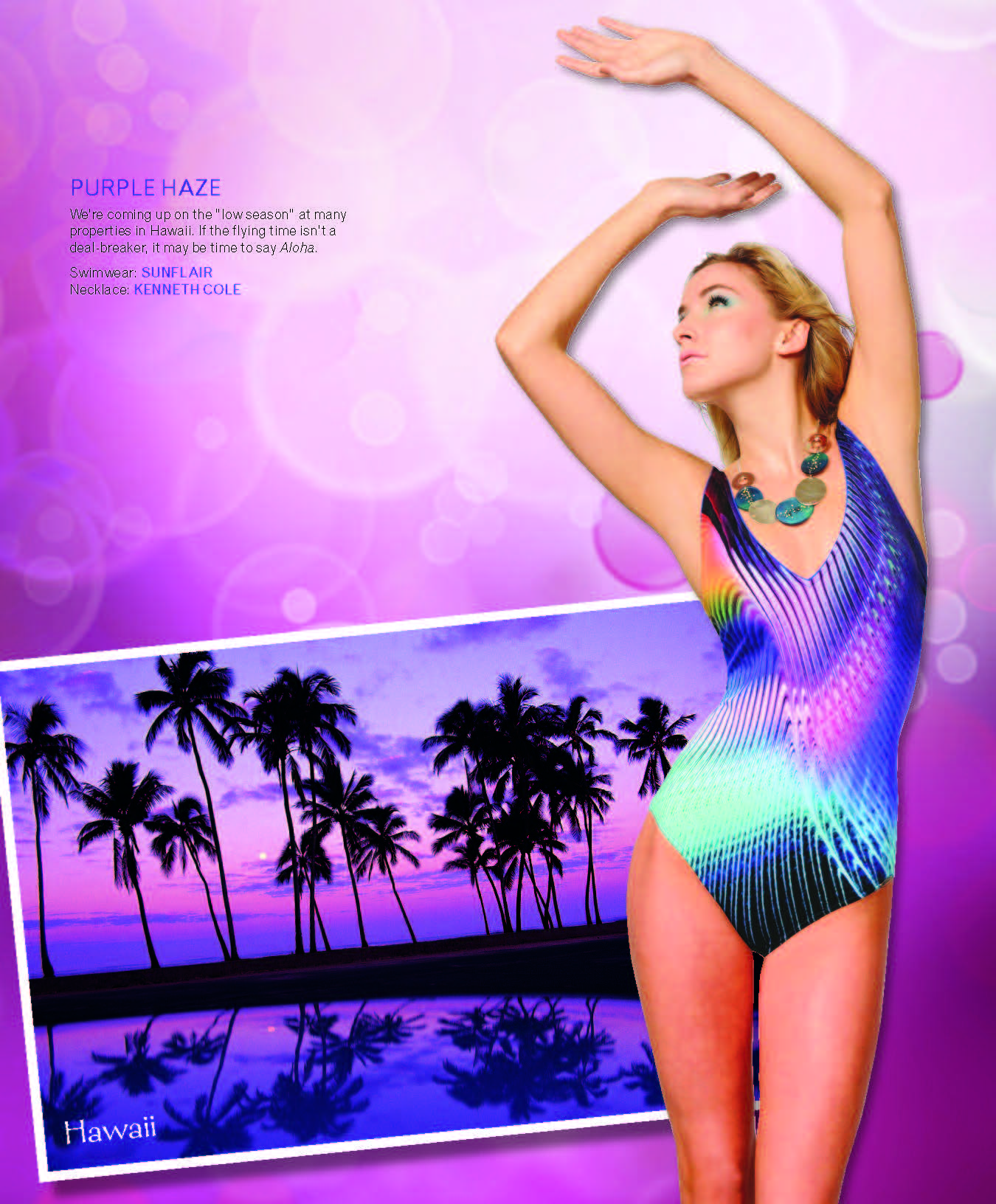
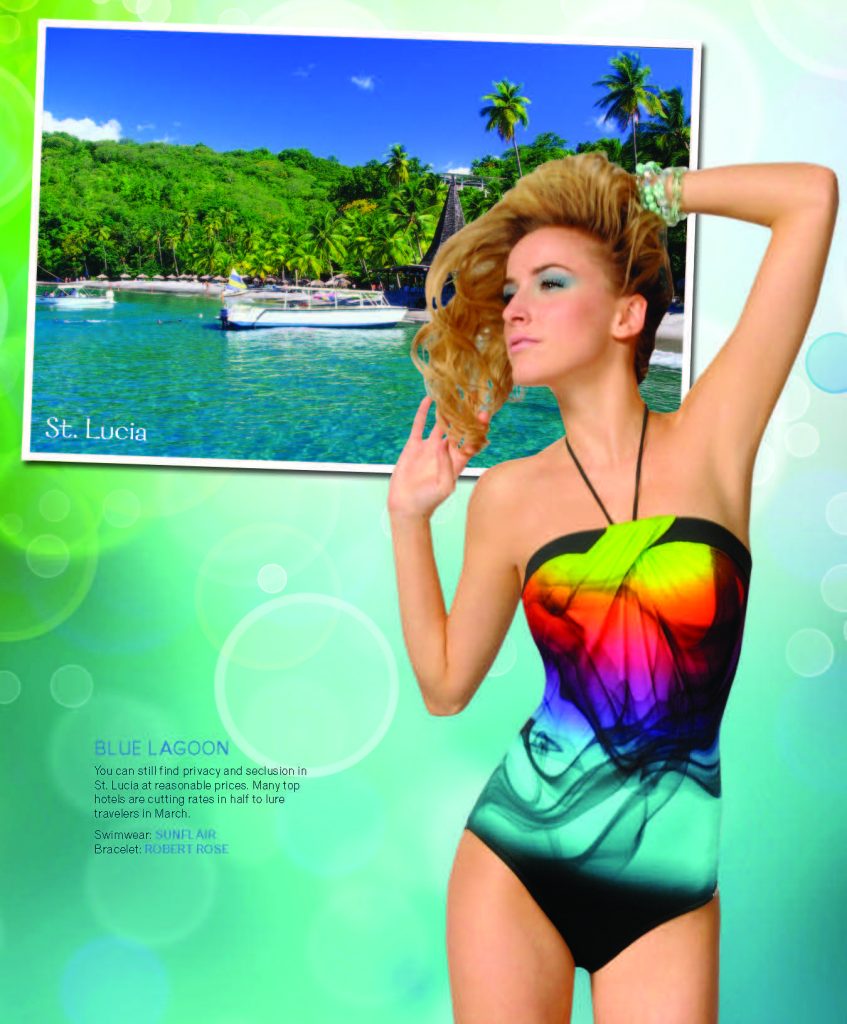
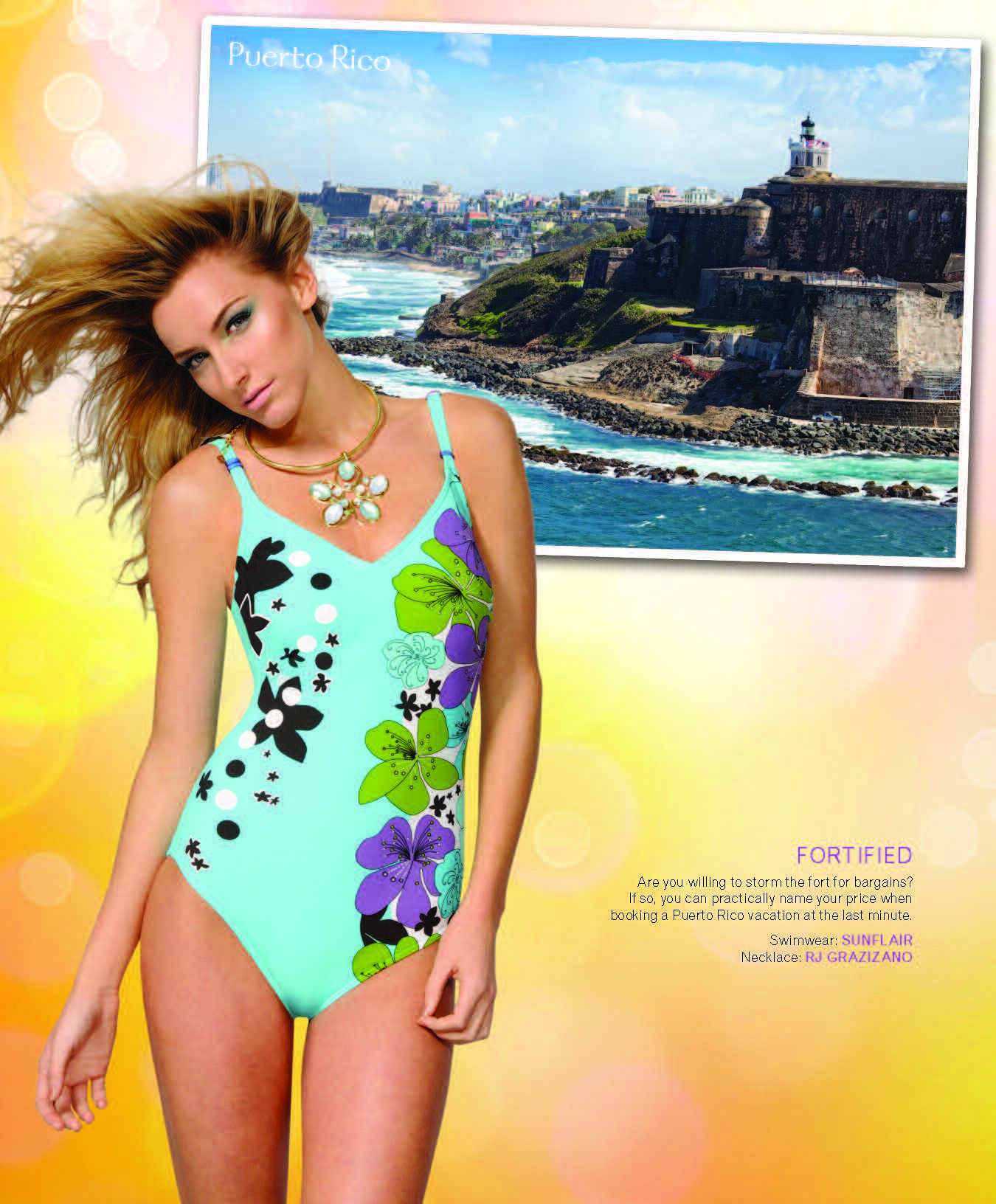
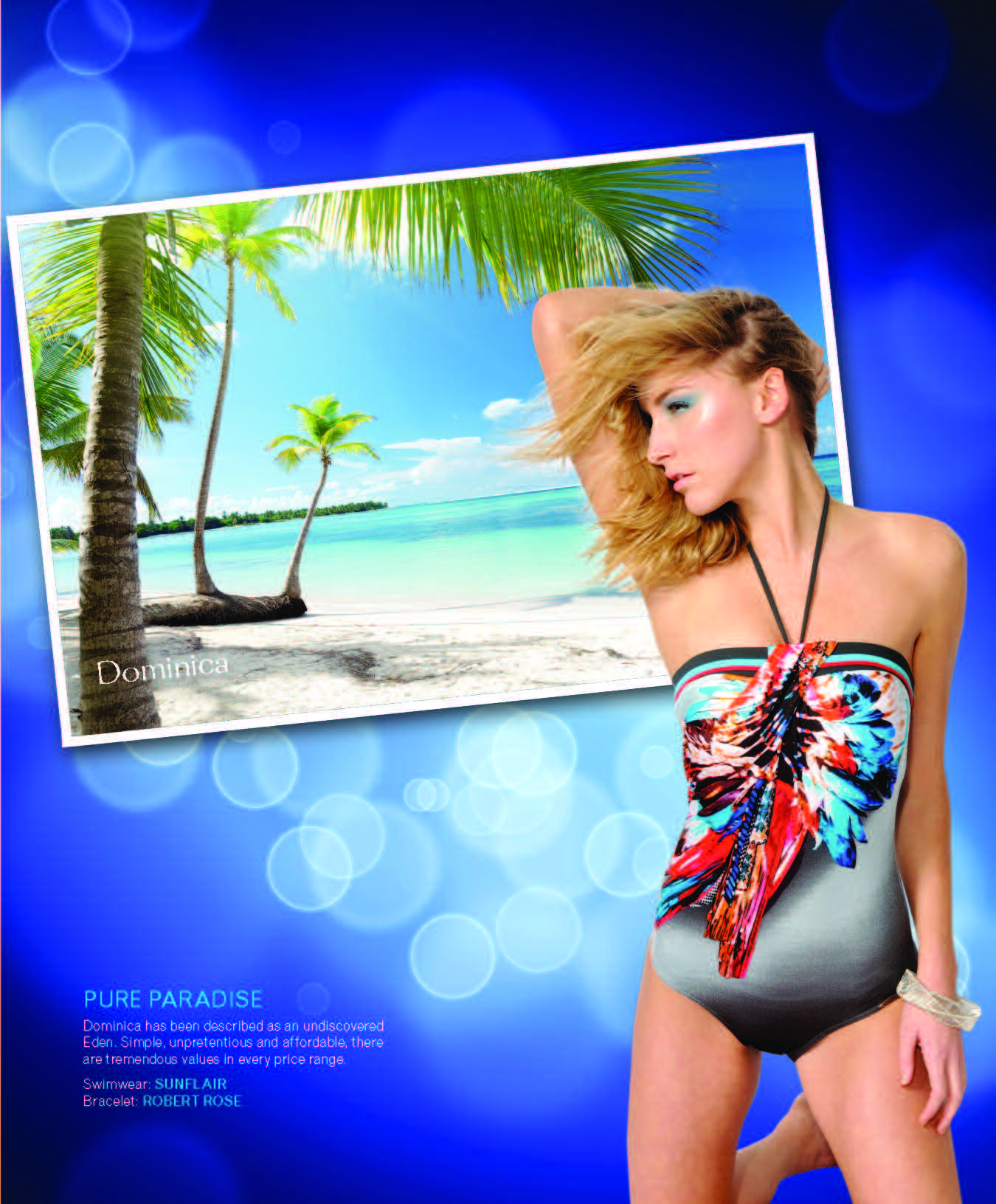


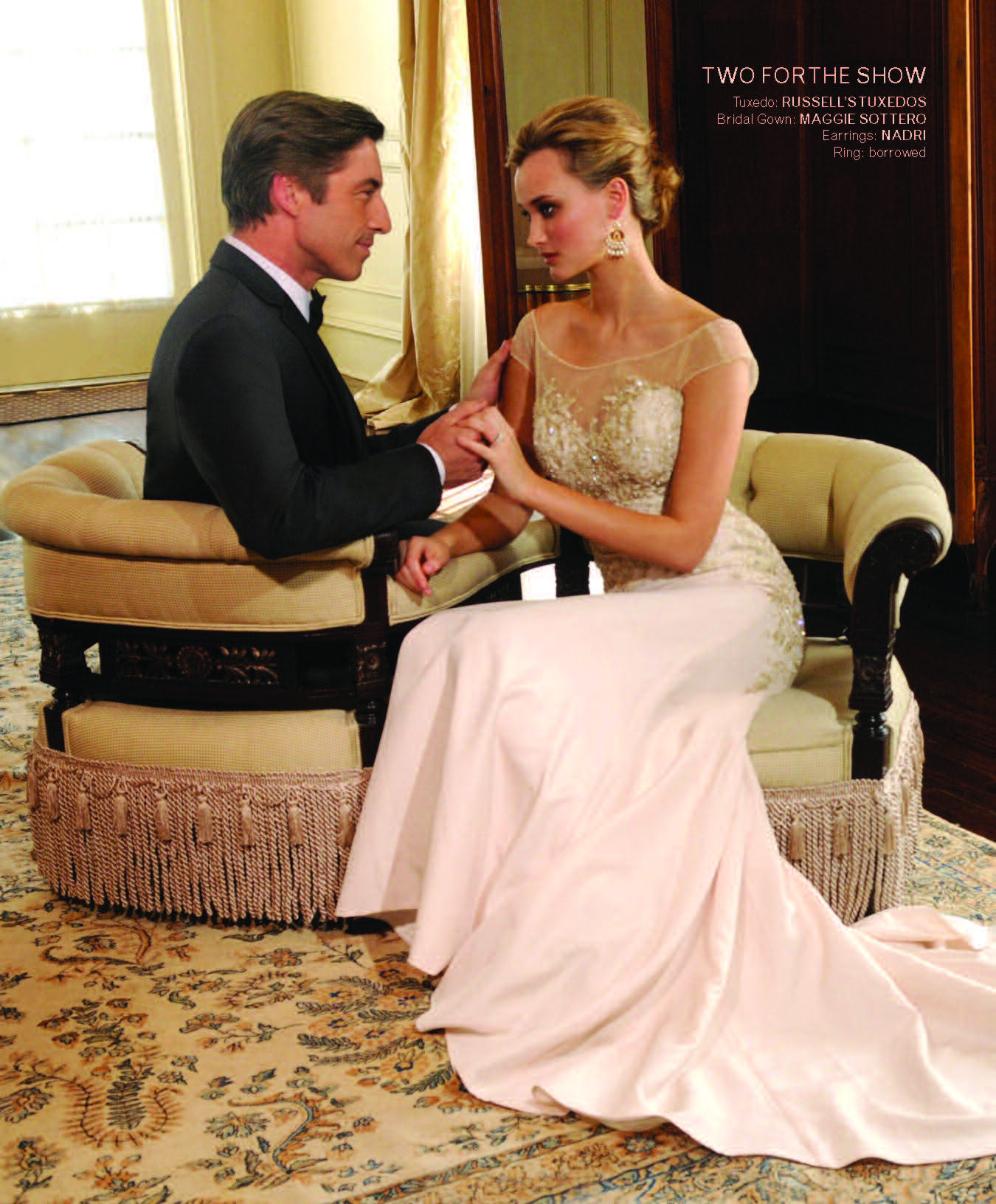
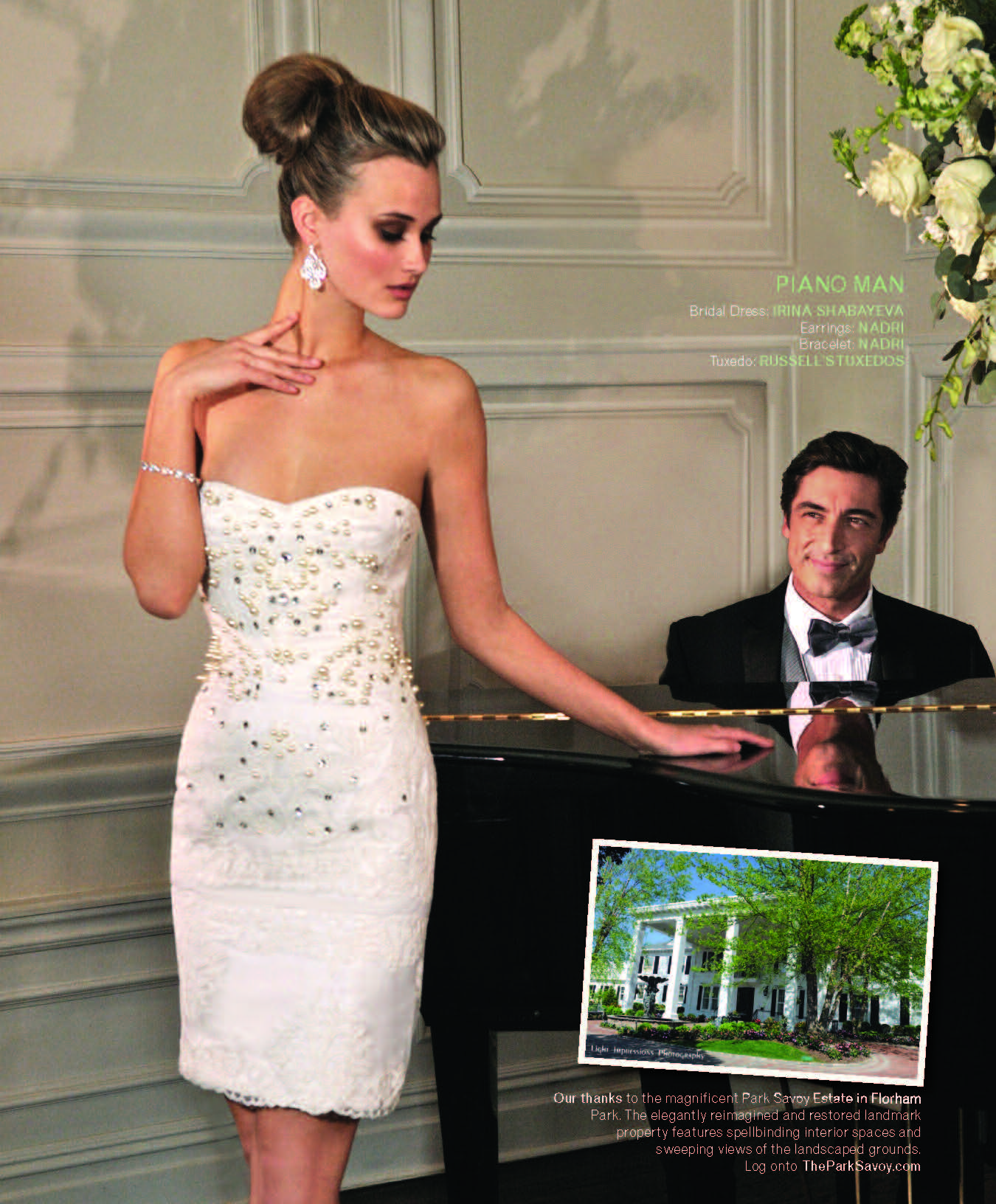
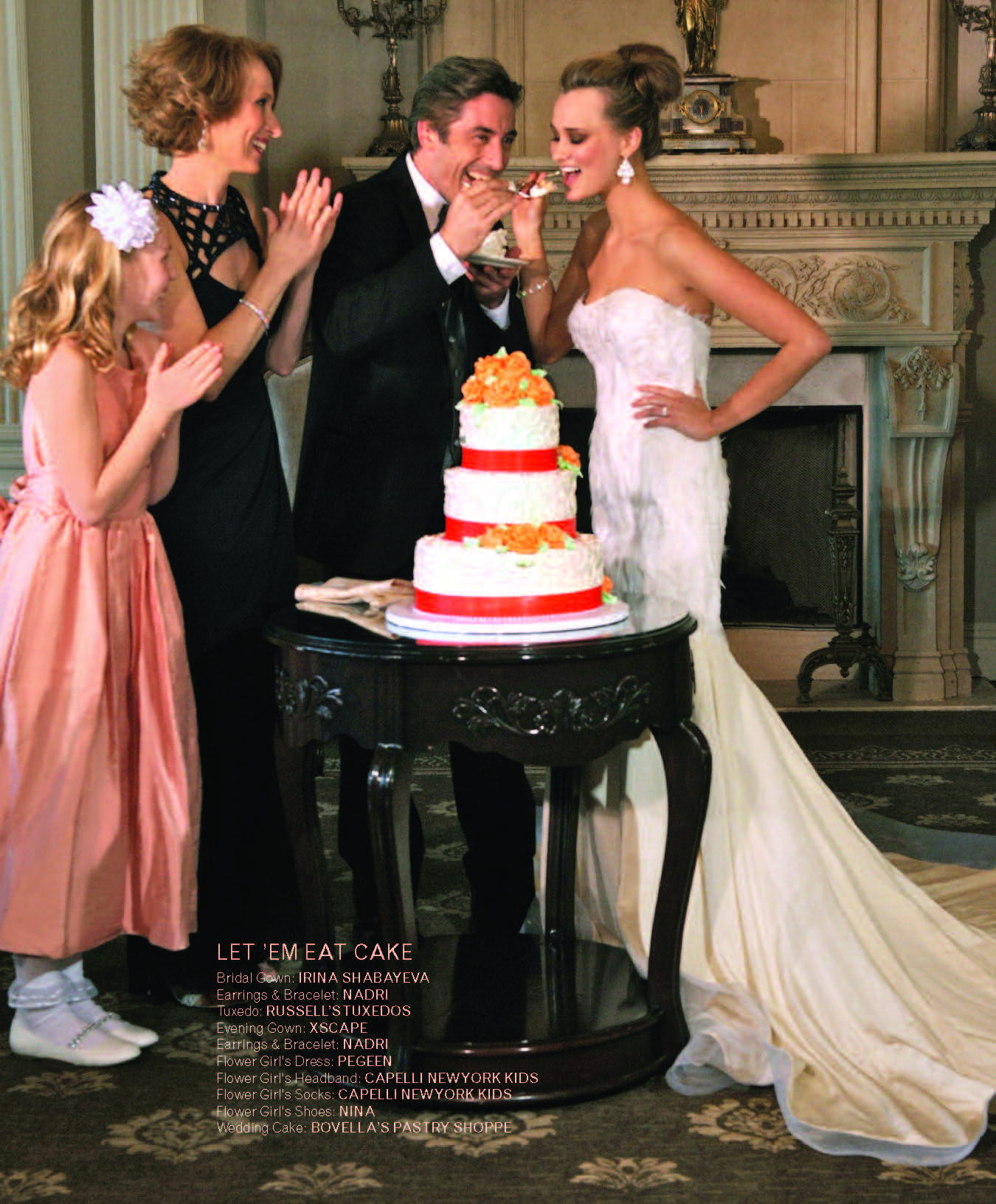
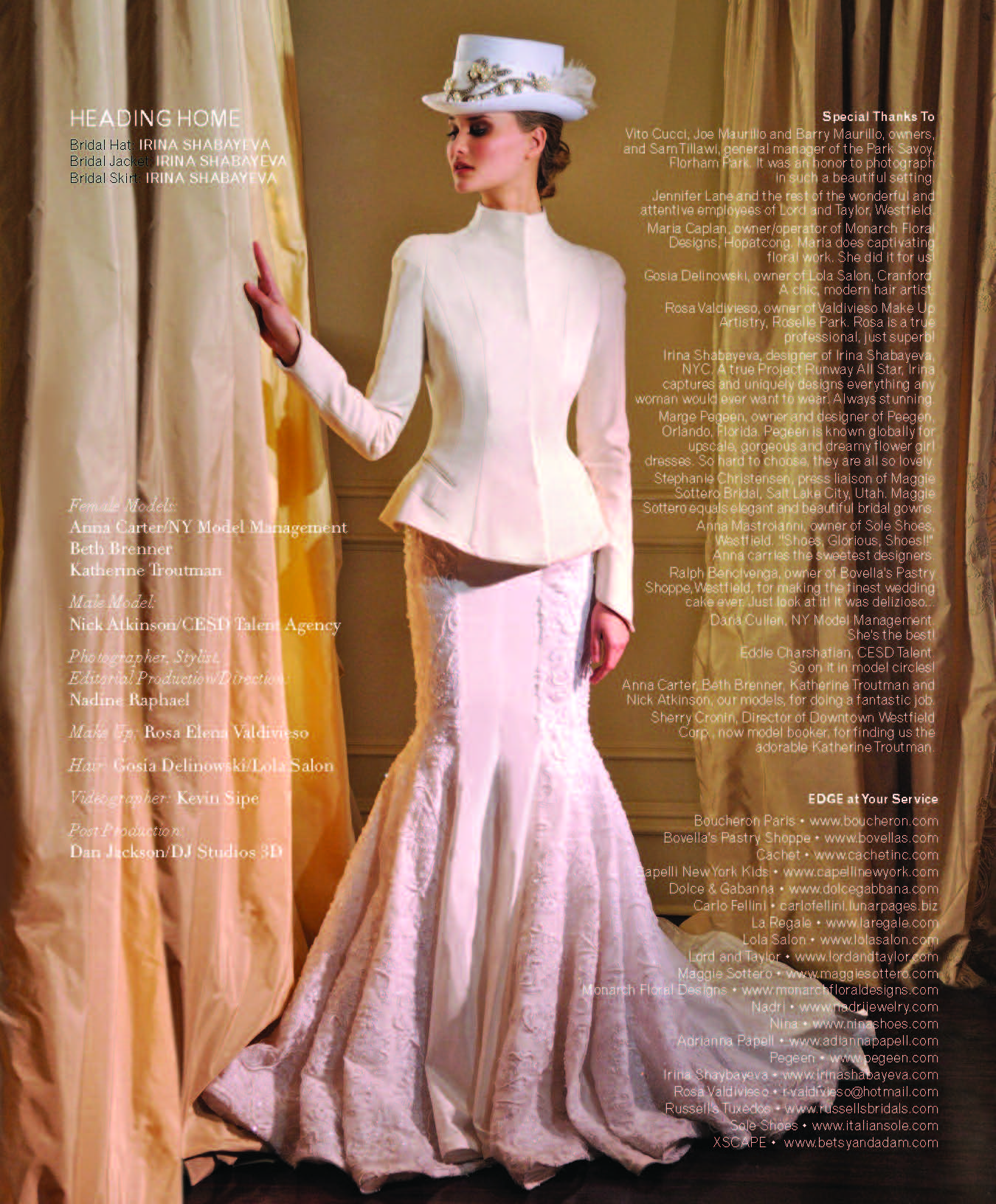
Every trinket tells a story.
You might say I live a charmed life. Yes, life is good for the most part, but that’s not what I’m talking about. Over the years, I have been the recipient—and sometime purchaser—of dozens of charms. In contrast to T.S. Eliot’s J. Alfred Prufrock, who measured the banality of his life in coffee spoons, I can trace much positive meaning in my life from each of the charms I’ve acquired. It’s weird that these inanimate objects, the charms, have come to represent my life, my family, my friends and my spiritual beliefs.
The hodge-podge doesn’t look bad. When I jingle past the jewelry cases at Bergdorf Goodman, more often than not, I am stopped by a shop girl asking, “Where did you get those necklaces?” as though a designer had created the look. The collection has grown to five separate necklaces and, to be succinct, I explain that it’s a compilation of good luck charms I’ve been given over the years.
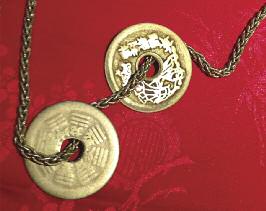 The saga of this collection started decades ago, in my early 20s, when I was working overseas at the Asian Wall Street Journal and studying Mandarin with a Chinese sage who, locals believed, could tell the past, present and future. People from all over Asia sought him out to help them with decisions big and small—where to bury an ancestor, which boyfriend to favor, whether a potential business partner was trustworthy. When I decided to return to the states, a fellow language student presented me with a Chinese coin. Not an old round one with a square hole in the center, like old Chinese money. No, it was a token for good luck, with the eight trigrams of the I Ching on it. The sage had suggested she give it to me to enhance my luck. I never considered myself superstitious—no rabbit’s paws, evil eyes or four-leaf clovers for me—yet, I put the token on a red string and wore it on my wrist. Over time, the sage gave me another Chinese token with Taoist writing on it, so it joined the other coin. Fine, two coins…
The saga of this collection started decades ago, in my early 20s, when I was working overseas at the Asian Wall Street Journal and studying Mandarin with a Chinese sage who, locals believed, could tell the past, present and future. People from all over Asia sought him out to help them with decisions big and small—where to bury an ancestor, which boyfriend to favor, whether a potential business partner was trustworthy. When I decided to return to the states, a fellow language student presented me with a Chinese coin. Not an old round one with a square hole in the center, like old Chinese money. No, it was a token for good luck, with the eight trigrams of the I Ching on it. The sage had suggested she give it to me to enhance my luck. I never considered myself superstitious—no rabbit’s paws, evil eyes or four-leaf clovers for me—yet, I put the token on a red string and wore it on my wrist. Over time, the sage gave me another Chinese token with Taoist writing on it, so it joined the other coin. Fine, two coins…
Now that I’m thinking about it, I do have to lay blame for the next set of charms again on the Chinese sage. This time he was in New York enjoying a Cantonese feast with some Chinese beauties and they were discussing what Chinese animal complemented their birth years. This complementary animal can be used for anything from finding a mate to merely bestowing luck. The sage explained there are two ways to discern fortuitous animals. First there was the best animal match for their birth animal. I’m born in the year of the Dragon so those born in the year of the Rooster are best partners. Then there is a more mystical match system called the Three Harmonies, which identifies the animals that are four years before and four years after your birth year. So the Rat and the Monkey create a sort of sacred triangle with the Dragon. You follow me? As the Chinese beauties were discussing whether to get porcelain, jade or stuffed animals to decorate their homes, I thought No tchotchkes for me, hey I like gold, and what could be more auspicious than to constantly wear the symbols of harmony?
Finding those animals was no easy feat, as charms were not in fashion in the early 1980s. Eventually, I located a gold rat, monkey and rooster; my mother bought me a gold chain necklace and had a jeweler attach the charms and, voila, I’m a lucky girl! (Fast forward, I happened to marry a “rat,” our son is a “monkey,” and our daughter was due in the year of the rooster, but was born three months early in the year of the monkey…all further blessing my life.) Meanwhile, I bought a gold chain to hang the original Chinese good luck tokens.
The next additions—a heart and moneybag, which I attached to an old watch chain—came from a co-partner in a New York restaurant. She wanted to make sure we all were blessed with good luck. For the record, the restaurant thrived until the manager got greedy and we decided to close rather than deal with his crooked ways. Still, we made a profit.
My neck was becoming encircled with charms of whimsy, superstition and serendipity. The next ones were spiritual. When I married my rat in 1985, the Chinese sage arrived at the chapel in New York and presented me with a huge red macramé necklace with a Tibetan Buddha hanging at the end. It really didn’t go with my grandmother’s 1912 Edwardian couturier gown, but how could I refuse? He put it over my head, as if he were knighting me, and I tried to discretely tuck it under the décolletage. All was good: the wedding went off with out a hitch, eventually the macramé disintegrated, and I’m still married to the same rat. Now the Buddha charm hangs from the chain necklace with the auspicious animals, balanced by a jade Buddha from Hong Kong.
The next spiritual addition was a “miraculous” medal. Sixteen years ago, my husband developed an aneurysm in an artery that wraps around his brain stem. Many of our friends sought to provide help and comfort. Besides having a leading neurosurgeon operate, it was an ecumenical effort with monks, nuns, swamis, rabbis and priests of all faiths praying. After successful surgery, I was talking to a friend about the power of faith, no matter what the religion, and he mentioned he had Mother Theresa’s nuns praying for my husband. He gave me a tin medallion of the Virgin Mary, which had actually been blessed by Mother Theresa—which I added to another chain, as I admired Mother Theresa’s good works. The fact that, when the medallion’s attaching loop broke I had the medallion encased in gold, speaks to the deep admiration I have of Mother Theresa’s selfless good deeds.
I cannot attest to any miracles per se, but the medal has helped open doors to amazing friendships and instant goodwill from the few who recognized its spiritual significance: The niece of the French nun who, after dreaming the Virgin Mary instructed her, designed the medal; and an art historian with whom I have spent many hours in discussions of existence and spirituality. Being with them is a celebration of life and our higher selves. Were it not for the medal, we would have never discovered our commonality. I have since introduced them to each other.
I also wear charms on my wrist. These change according to the Chinese New Years. 2014 is the year of the Horse, so to ensure an auspicious year, I will wear a complementary Ram charm and harmonious Dog and Tiger charms.
To round out the spirituality—as I am ecumenical and believe all religions offer a deep wisdom—I added a Star of David, a crescent moon and star, my children gave me a St. Christopher’s medal, and my son gave me a Lama-blessed Buddha charm he purchased while hiking in Ladakh, India. I also have a blue topaz flower charm designed by a friend (I love gardening) and a tin Eiffel tower (I love Paris) assembled in a mish-mash from a long watch chain I bought as a home for the new additions.
My charms are markers of my life’s journey, as well as expressions of my hope for peace and belief in human commonality.
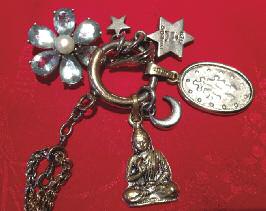
Beijing after 30 years for EDGE. Some charms, Sarah admits, have proved to be problematic—like the double-swastika charms that the Chinese sage gave to her. The swastika for over a millennium has been a potent Buddhist symbol, which unfortunately was adopted—backwards—by the Nazis. “Should I arrive unconscious at a hospital,” she says, “it might test any doctor’s Hippocratic oath to save my life.”
Editor’s Note: Sarah Rossbach speaks Mandarin, has traveled extensively in Asia and published several books on Feng Shui. In 2013, she wrote about a return trip to


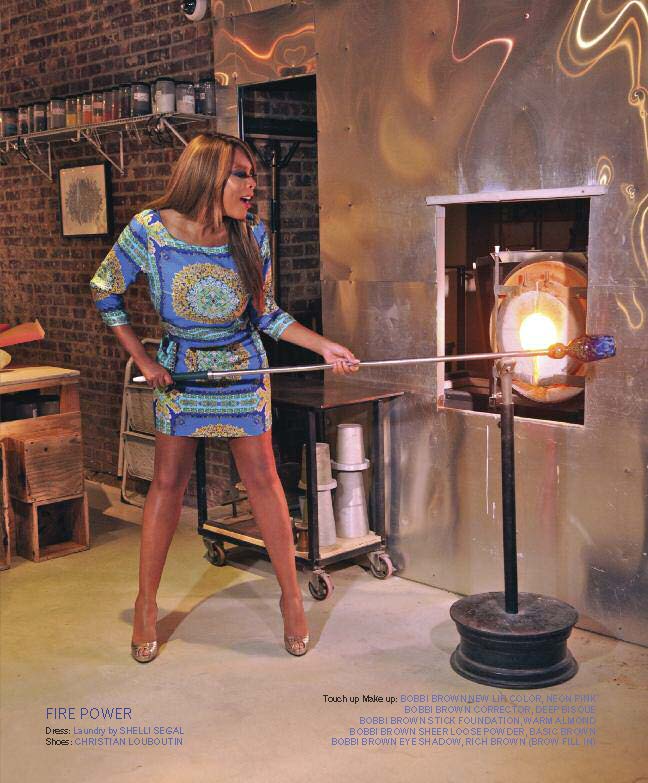
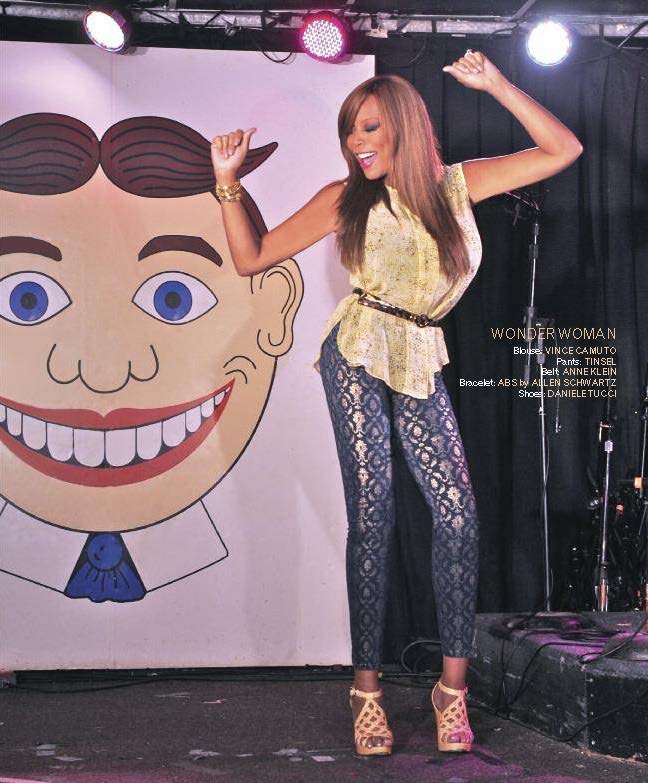

Who among us would be caught dead without her handbag?
To the handbag-obsessed, personal space is a moving experience. Which explains the centuries-old addiction to our purses. The handbag industry generates many tens of billions of dollars a year and, according to one survey, the average woman owns six—with an average price range of $40 to $65. At least that’s what we’re admitting to. Consumer goods guru Kellie Styring, interviewed on cnn.com recently, reported that 95 percent of women aged 18 to 64 carry a purse every day, with two or three favorites. That works out to 212 million “active” purses at any given time. As part of her study, Styring examined the contents of 100 purses and found that they housed an average of 67 items, ranging from the mundane (lipstick, phones and gum wrappers) to the highly unusual (knives, marital aids). One purse produced a summons for prostitution.
Sigmund Freud also had a thing or two to say on the subject. In his Interpretation of Dreams, he associated the purse with a female’s most personal space, her womb. So typically Freudian…but certainly the handbag can offer a peek into a woman’s id, as well as her ego. It usually contains the keys (literally and figuratively) to her routine activities (cell, wallet, checkbook and credit cards), along with more intimate clues (lipstick, supplements, and even the occasional contraceptive). On a more serious note, sometimes items are included to ensure physical safety (a mini-flashlight, a can of pepper spray, or a street-wise personal protection alarm).
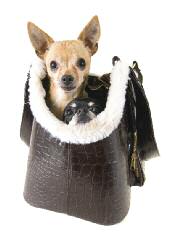
Photo credit: iStockphoto/Thinkstock
Statistics and psychoanalysis aside, for all of us, the real value of our purses as personal space lies in their portability. We literally can take them with us wherever we go. And they say so much about us, too. Spill out a handbag’s contents and the owner is revealed as a clutterbug or a neatnik, young or old, wealthy or not so well off. The type (not to mention the price tag) of a handbag generates more clues as to the personality of the carrier. Is it a clutch, a sac, a hobo, a tote or a satchel?Is it worn over the shoulder, carried by hand, or even slung cross-body? Is it an animal-lover’s favorite print or a collector’s vintage item? Does it reflect the season (fur in winter, straw in summer)? Is it leather or leatherette, color-blocked or quilted? Is it a designer item, a discount store purchase or a high-grade knockoff? Is it so small it could qualify as a wallet? Or so large it might incur extra baggage fees at an airport check-in? The EDGE editorial team decided to look for some answers…
Bag Ladies
Many of us would consider it a violation of privacy were someone to peek uninvited into our purses. With the promise of anonymity, however, five New Jersey women volunteered to reveal the handbag contents they won’t leave home without.
- “I always keep two Benadryl pills in my purse since I’m allergic to bees. Unfortunately, the Epi-pen that my doctor recommended I carry with me doesn’t fit in my purse, so I keep it in my glove compartment instead…shame on me. Maybe it’s time for a bigger purse.”
- “I use my purse as a medicine bag, a food pantry, a closet, and a library. I have to tote along an inhaler for my son because he has asthma and an Epi-pen for his nut allergy. If I am away from the house, I carry snacks—healthy and nut-free of course. It’s like a repurposed diaper bag for older kids now, filled with hand sanitizers, tissues and wipes. Pre-kids, I was a wristlet/clutch carrier. One day again maybe! I love purses, but I hate carrying things. I only have boys, so it’s unlikely I can look forward to the day they have purses of their own.”
- “Not only would I never leave the house without my purse, I would never leave without my one-a-day Sudoku paperback puzzle book and a freshly sharpened #2 Mongol pencil safely tucked inside. I regularly use it to while away the time—not only at prolonged appointments, but I have even been known to whip it out when stopping for gas or standing in line at the supermarket. I think I may need a 12-step program.”
- “Stashed away and almost forgotten in whatever wallet happens to be inside my current purse is a slightly tattered St. Jude prayer card. Several years ago, while sitting in the waiting room of the hospital where my Dad was undergoing serious surgery, my concern must have been evident in my body language—so much so that an elderly lady sitting nearby came over and handed me this card. She explained that she believed St. Jude, the patron saint of desperate causes, had helped her through her own personal crisis. Without hesitation about parting with it, she said, ‘You look like you need this right now much more than I do.’ With heartfelt gratitude I thanked her and returned to my worrying. I was holding onto the prayer card when my Dad’s surgeon approached to tell me he had come through with flying colors. I thanked the doctor profusely and then sent some thanks St. Jude’s way as well. You never know.”
Unzipped
Though most people are timid when it comes to talking about contents, everyone has a handbag story to tell. A close friend had received a very personalized gift from her Tuscan father-in-law—a beautifully monogrammed shoulder bag of the palest butter-soft yellow suede—as a memento of her first visit. On a stopover in London, her husband suggested she save the Italian beauty for special occasions, but she couldn’t resist taking it with her as they ventured out in search of fish & chips. In an idyllic park-like setting, they settled upon a small food vendor who specialized in authentic newsprint funnels of crispy battered cod filets, jammed in with the quintessential twice-fried chips. Taking special care to avoid even the remotest possibility of an oily drip desecrating her handbag, my friend carefully removed it from her shoulder and placed it next to her on the park bench. Once the last of the chips had been devoured and all fingers properly licked and paper-napkined clean, she reached for her precious purse. As she reached for her handbag, she heard from above the cooing of a large pigeon with an apparent digestive issue. She glanced down just in time to see a very wet, very lethal stain spreading across the suede nap of her formerly flawless purse. There was nothing to be done. The stain resisted all attempts at removal. The bag was beyond redemption. She had lost her bag to the birds.
A lot of “lost bag” stories I’ve heard have more positive outcomes, including my own. I once forgot I had placed my purse on the roof of my car while loading it with groceries in the supermarket parking lot, and carelessly drove off. When I arrived home, I realized it was missing. I zoomed back to the market to check if anyone had turned it in to the Lost & Found. No luck. I surveyed the area around the original parking spot. No luck, either. Resigned to canceling all my credit cards, getting a new driver’s license, dealing with my lost cell phone, etc., I walked back to the car—and spotted it, still on the roof. I no longer feel ashamed of my heavy, overstuffed hobo bag. Dale Earnhardt Jr. couldn’t have moved that off the roof.
Star Gazing
Sometimes the bag itself is the story. Anna Gunn, star of TV’s Breaking Bad series, appeared on the Red Carpet at the January Screen Actors Guild Awards carrying the most perfect personalized accessory—given that she won a SAG award for her performance. What was the accessory? A sparkling, palm-sized clutch emblazoned with the show’s Br/Ba logo. No other fashion statement, carried or worn that evening, rivaled it.
Awards season also thrust Cate Blanchett’s Birkin bag into the spotlight. It took on a life of its own in the film Blue Jasmine, for which Blanchett won a Best Actress Oscar. Woody Allen is known for his shoestring budgets, and in this case the bag’s price tag was equal to the cost of the rest of the film’s wardrobe. Blanchett drove costume designer Suzy Benzinger crazy by flinging her Birkin all over the set. “She was having conniptions,” Blanchett reported.
Other celebrities recently caught toting pricey designer handbags include…
 Nicky Hilton
Nicky Hilton
Balenciaga Magenta City Bag ($1250-$1345)
 Victoria Beckham and Khloe & Kim Kardashian Hermes Birkin Bag
Victoria Beckham and Khloe & Kim Kardashian Hermes Birkin Bag
(customizable between $7400 and $150,000 by waiting list only)
 HRH Kate Middleton
HRH Kate Middleton
LK Bennett clutch
(a relatively plebian $475)
 Taylor Swift
Taylor Swift
Ralph Lauren Calfskin Ricky Lock Crossbody Bag ($1950)
 Miley Cyrus
Miley Cyrus
Edie Parker Jean evening bag ($1295)
Jessica Alba
Prada Madras Top Handle Flap Tote ($2650)
Sarah Jessica Parker
Balenciaga First Bag ($1395)
Rihanna and Jennifer Lopez
Gucci USA Flag Boston Bag ($895, designed in support of UNICEF)
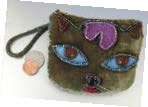 THE CAT’S IN THE BAG
THE CAT’S IN THE BAG
A close friend has found a solution to the long lines at security checkpoints. Atypically, she has an aversion to just about all handbags and carries one only when absolutely necessary. At a recent theater evening, she opted to bring along her favorite—a delightful purse of the smallest possible proportions flaunting the cutest bejeweled feline face. As her turn approached for the inevitable security check, she began to remove the purse from her wrist in order to present it for inspection. Before she could do so, the screener laughingly told her not to bother, since he was sure that her adorable mini-bag could in no way ever conceal anything that could possibly pose a security threat. Without further ado, he waved her on into the lobby. The cat in the bag had worked its charm once again.
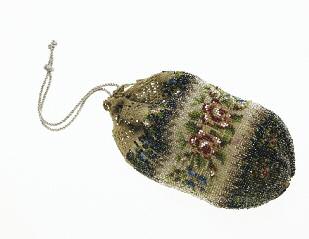 Making History
Making History
The origin of the saying about making “a silk purse out of a sow’s ear” is attributed to 18th century author Jonathan Swift. Even without easy access to a sow’s ear these days, handbags still are among the most popular of personal spaces, at least for women. Yet, handbags actually date back more than 5,000 years. The original purpose of a purse was to carry around one’s personal net worth—often in the form of coins, making ancient purses the accessory of choice of men not women. The Bible refers to Judas as having worn a purse.
Many centuries later, European men turned to leather pockets in their trousers (called “bagges” in the 16th century) and later on to small wallets in their pockets, where they stashed their cash.
European women began to devote their domestic skills to producing a fashionable feminine accessory known as the reticule, a delicate silk or velvet pouch with drawstrings and wrist straps to facilitate hand-carrying. By the end of the 17th century, the handbag had become—and remains to this day—an almost exclusive feminine accessory, the oft-maligned fanny packs and “man bags” notwithstanding.
Putting style, size and seasonality aside, a handbag represents a composite of its owner’s life, her taste and the times. Unlike the royals, who technically don’t need to carry anything for themselves, we commoners are on an obsessive quest to find the perfect container for our everyday belongings. Whether it’s called a handbag or a purse or a pocketbook (or a bolsa, borsa or sac a main for that matter), this predominantly feminine accessory has gone on many a personal journey…some anecdotal, others indelible, and still others preferably forgotten. Even when it has outlived its usefulness or its appeal—when its original newness has faded to a timeworn shabbiness—an old handbag can still hold a pocketful of memories.
